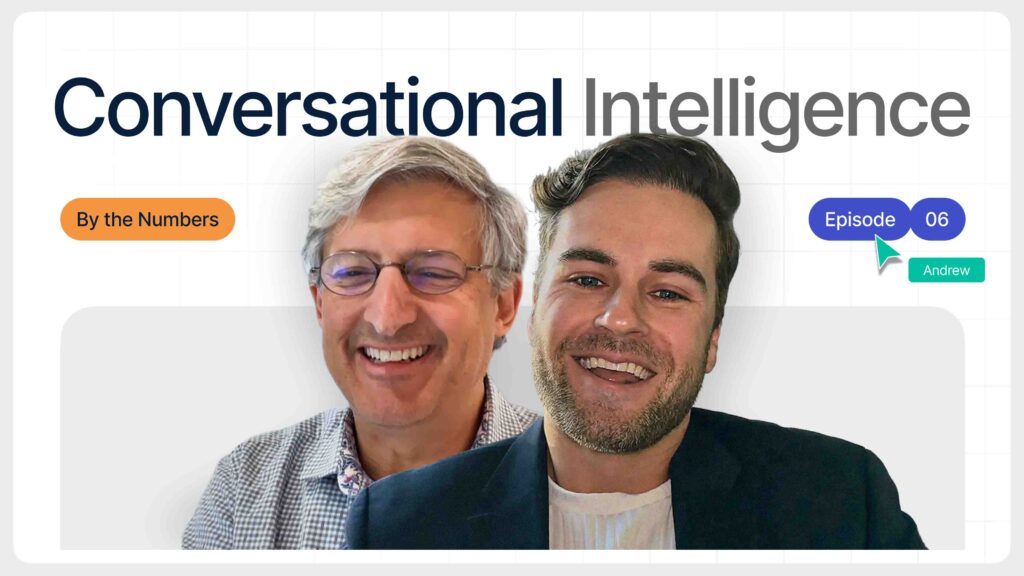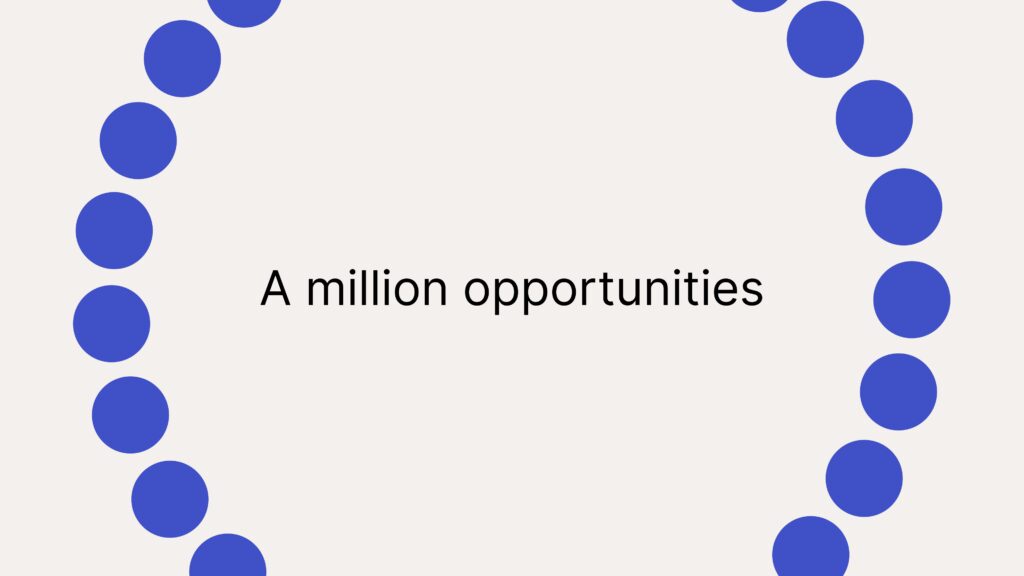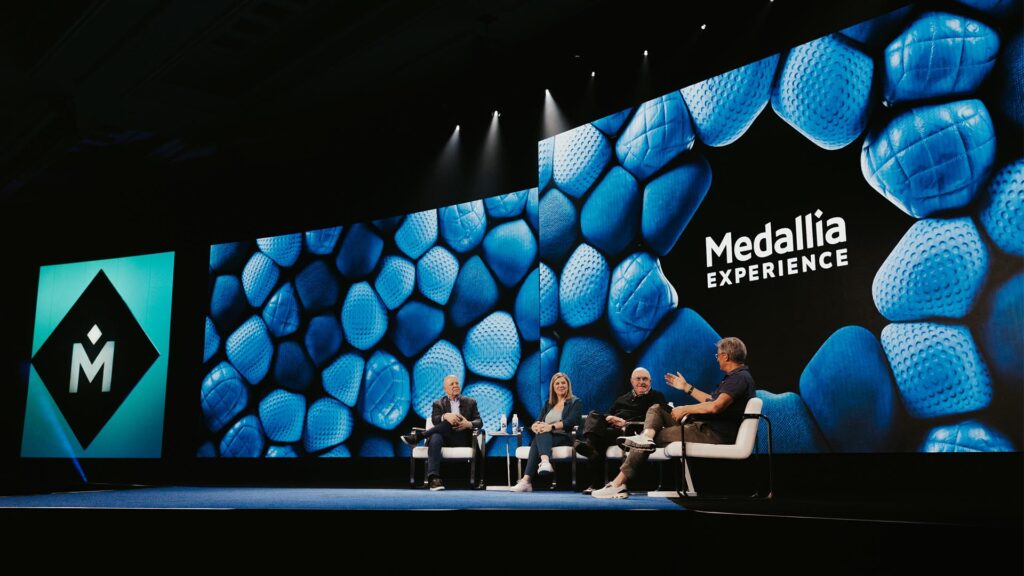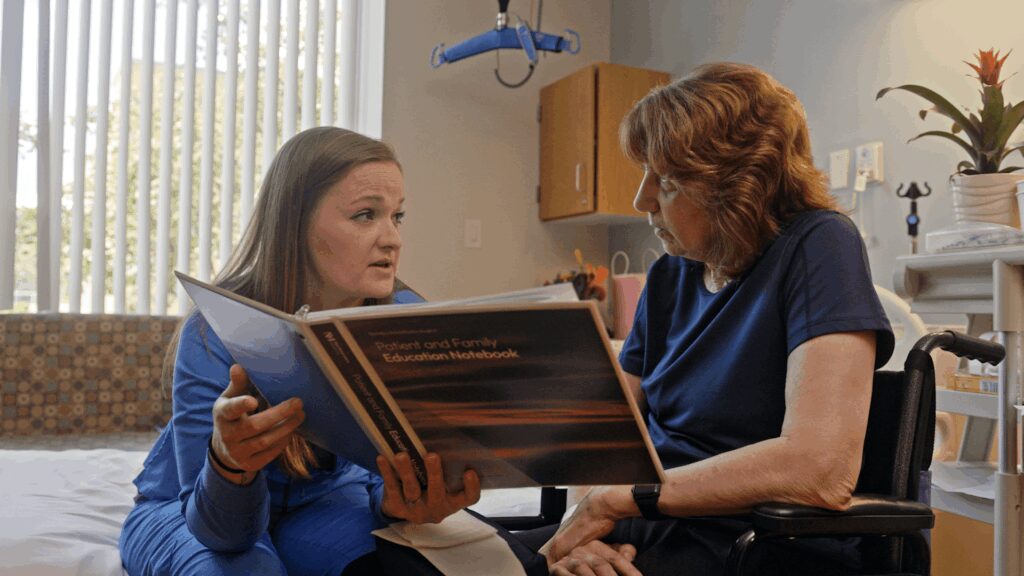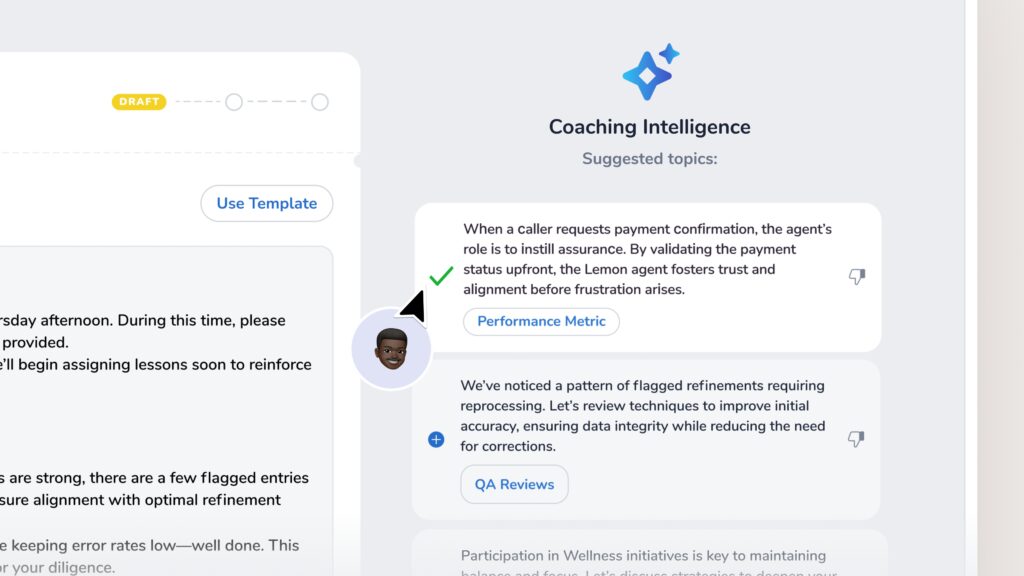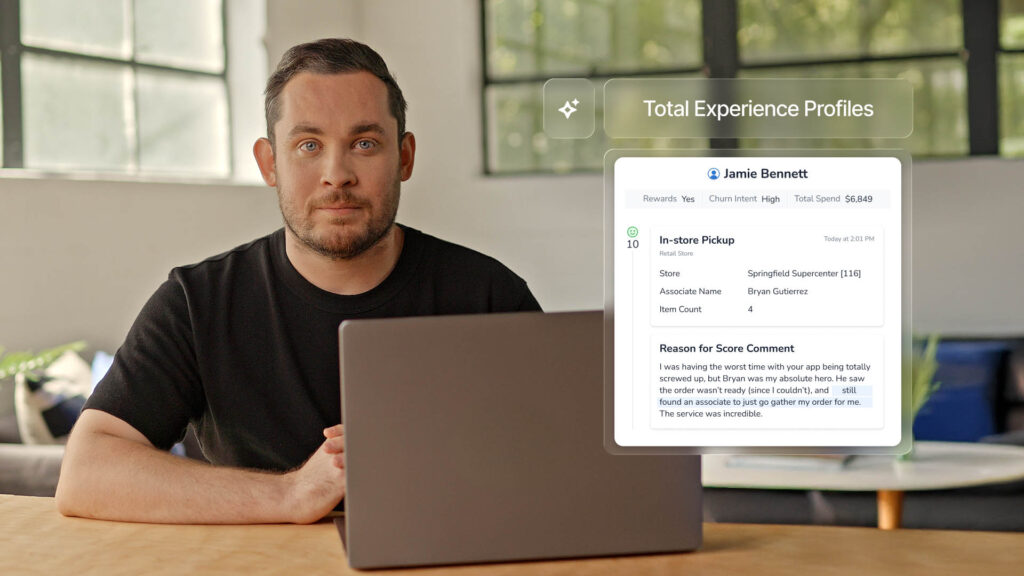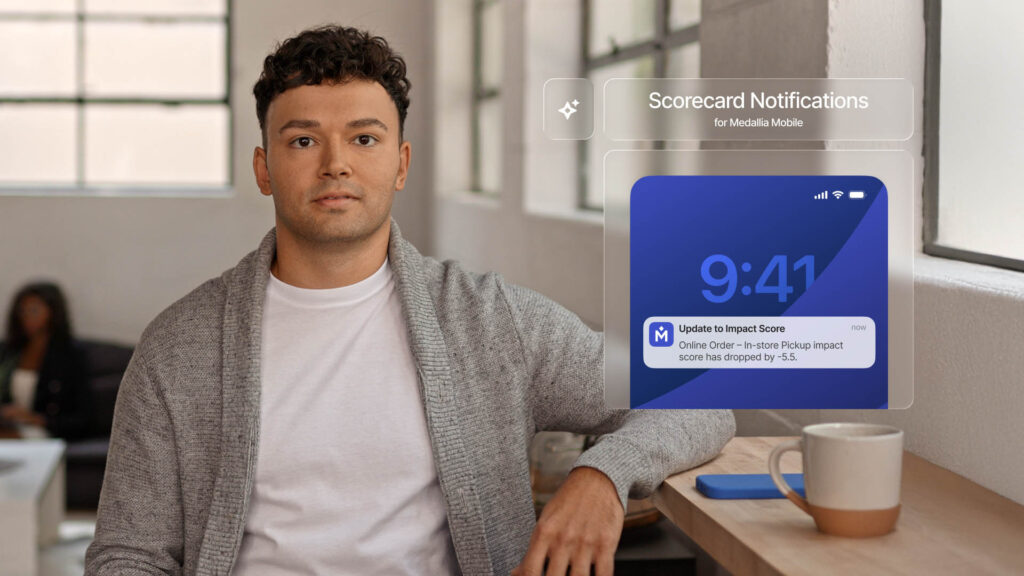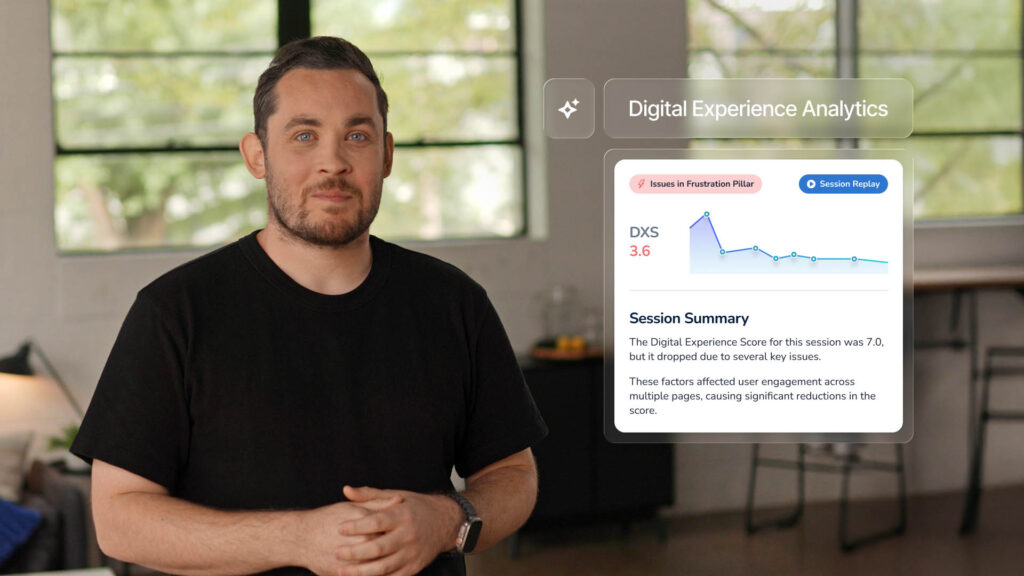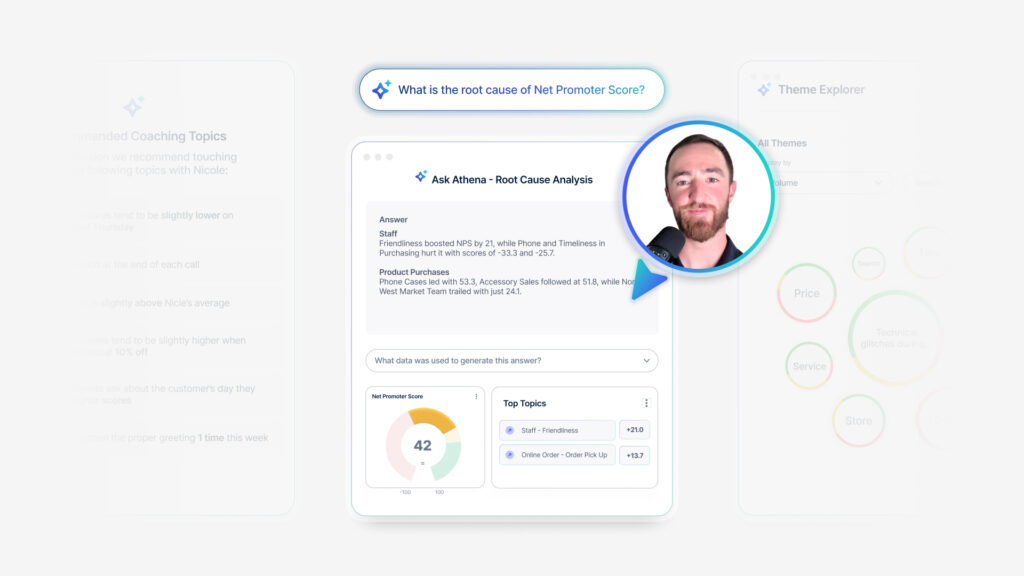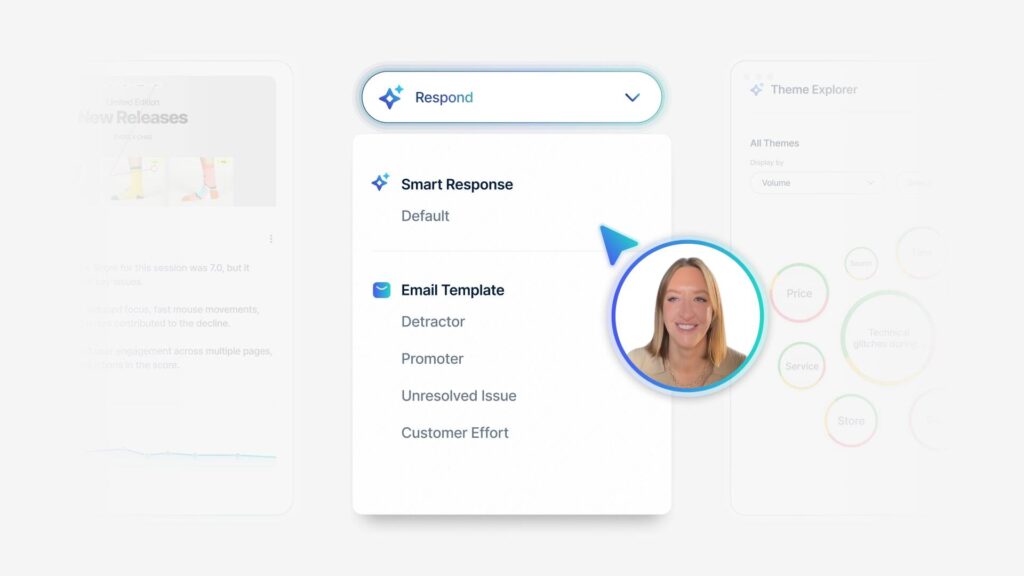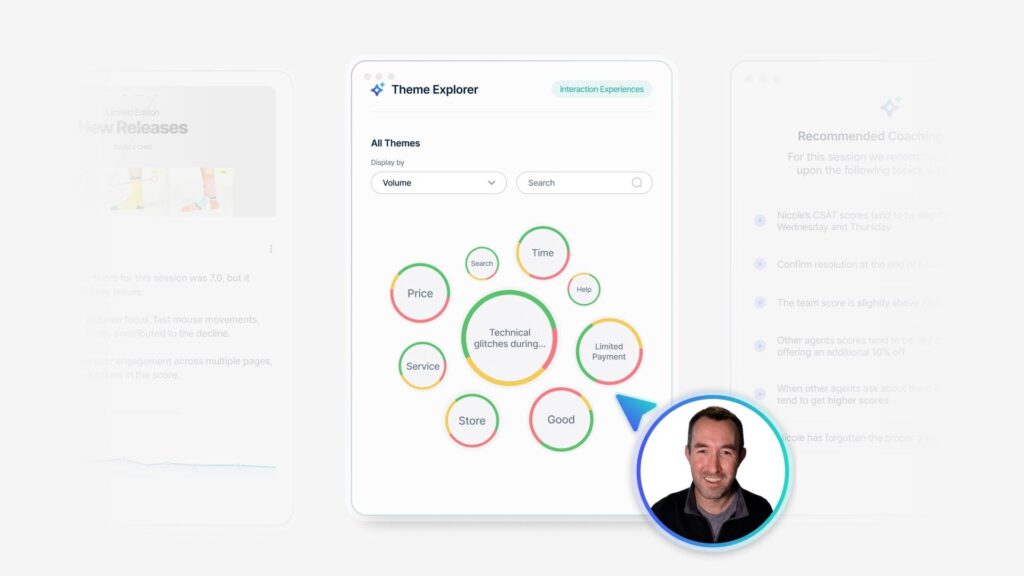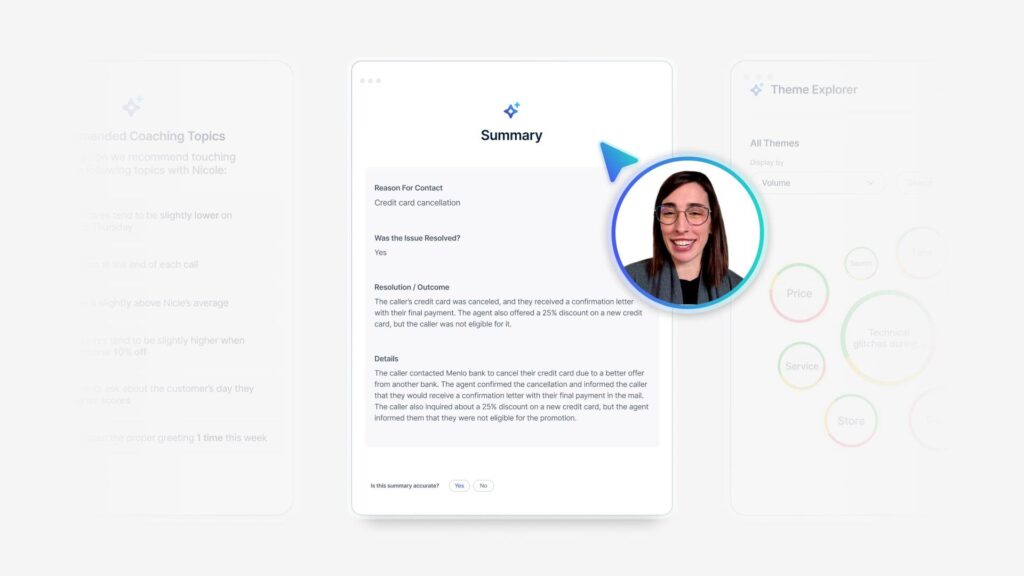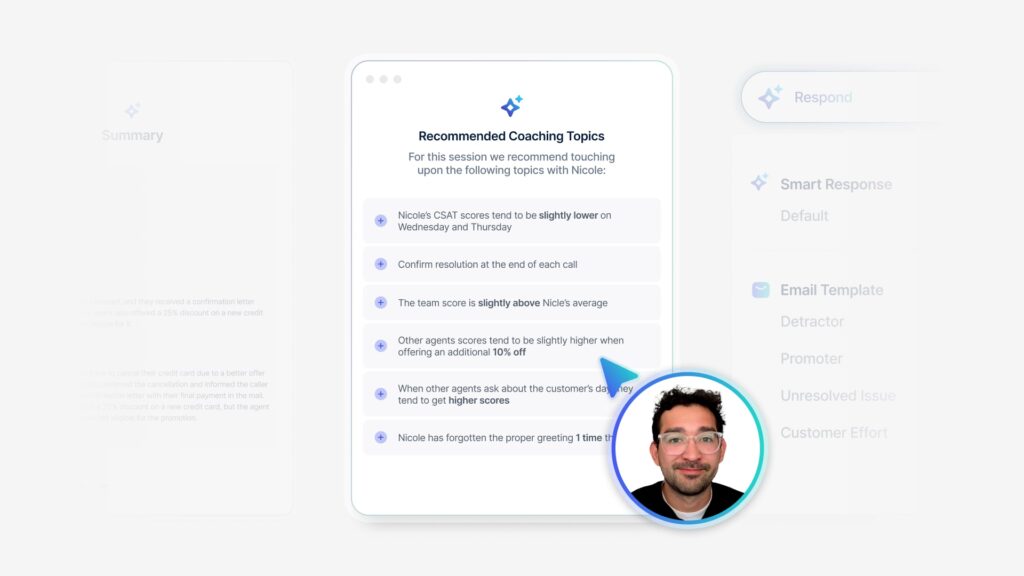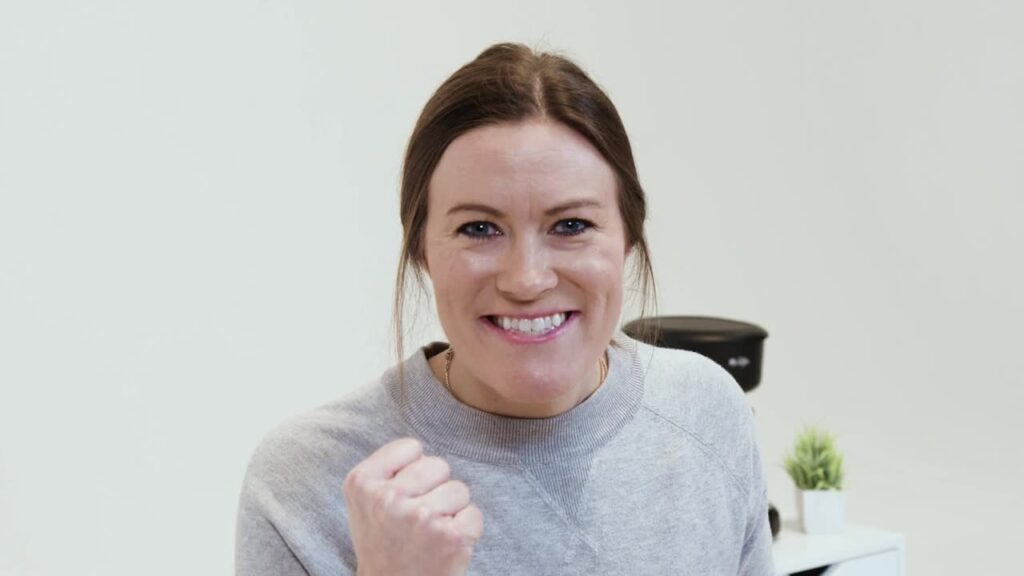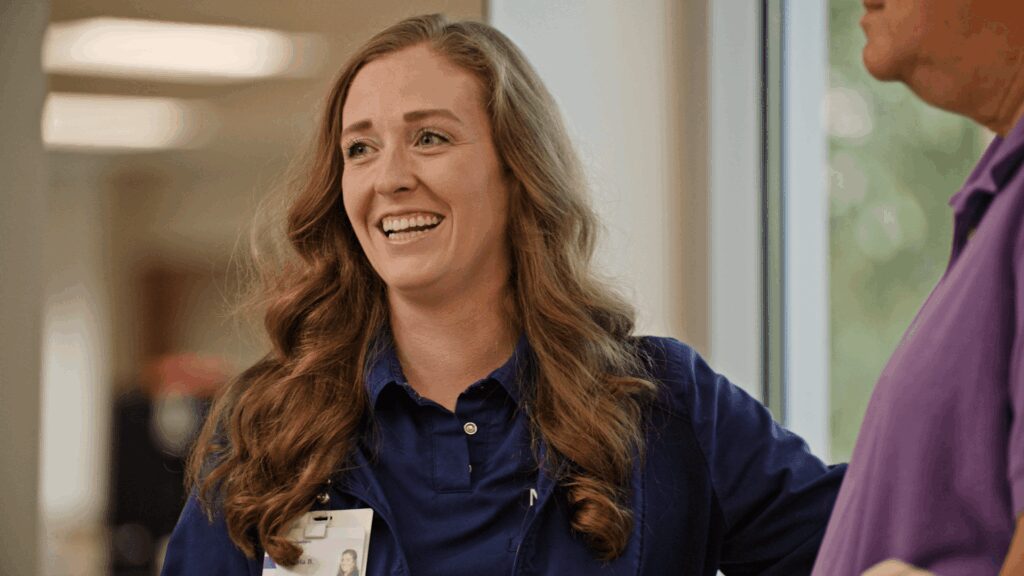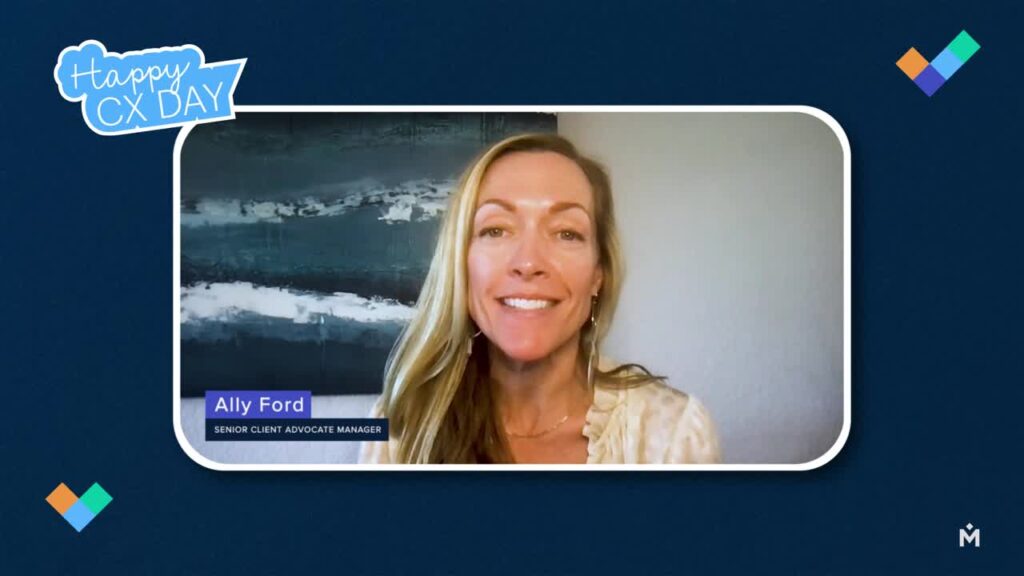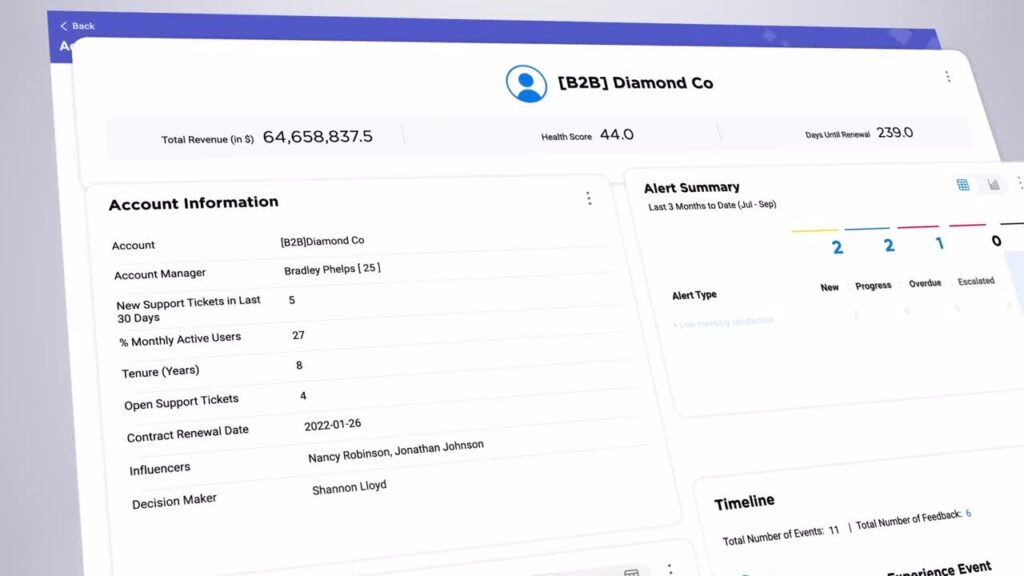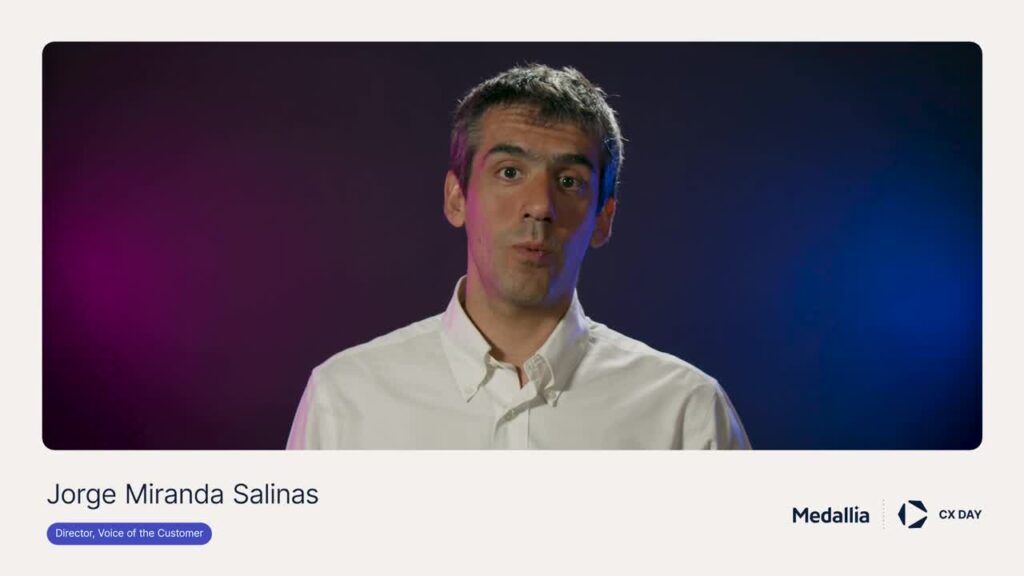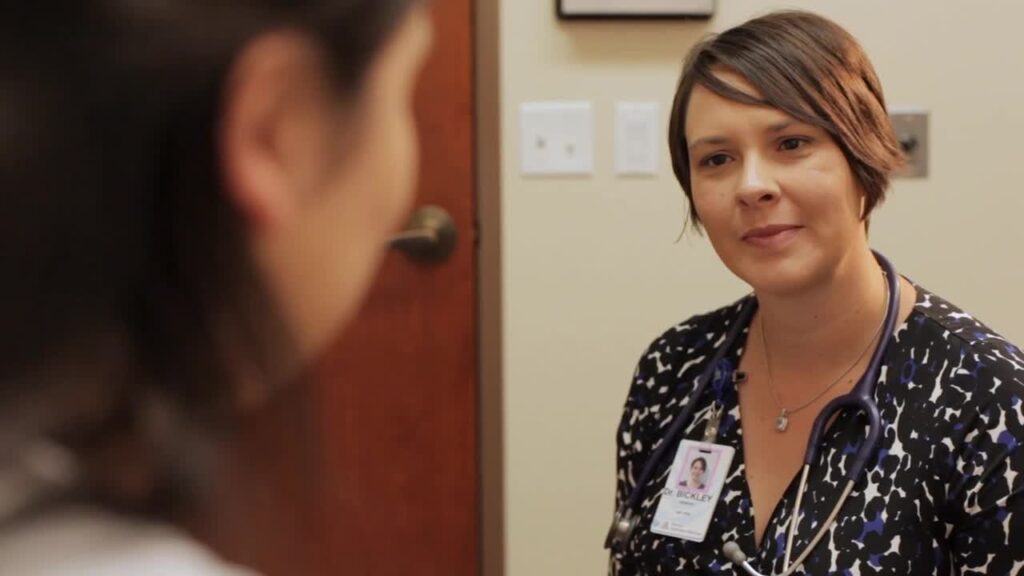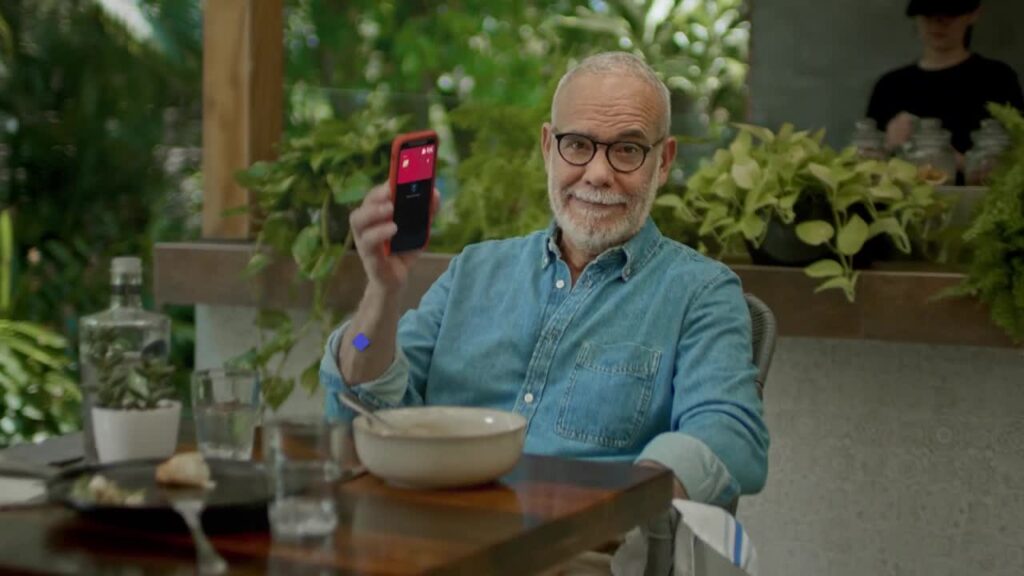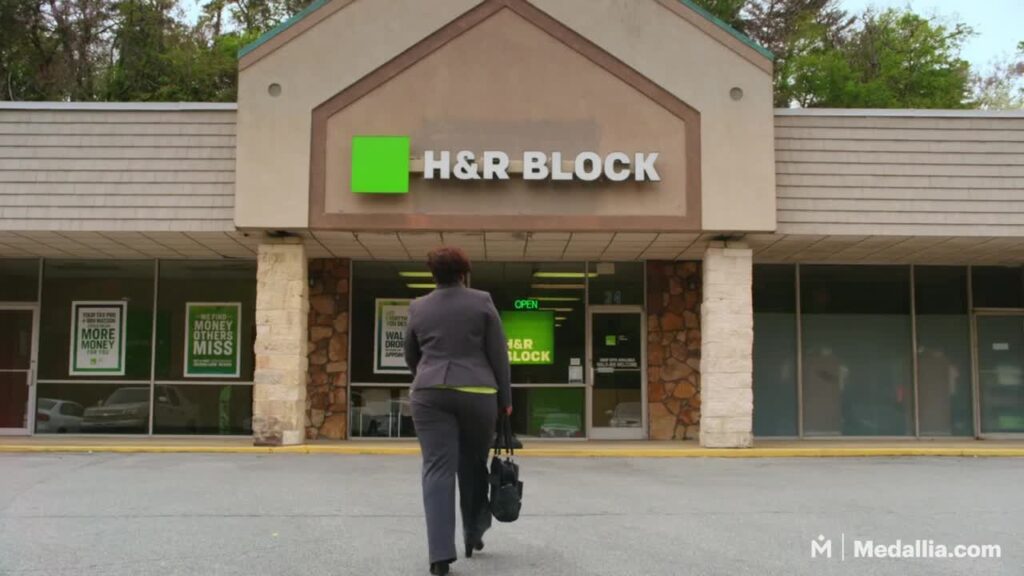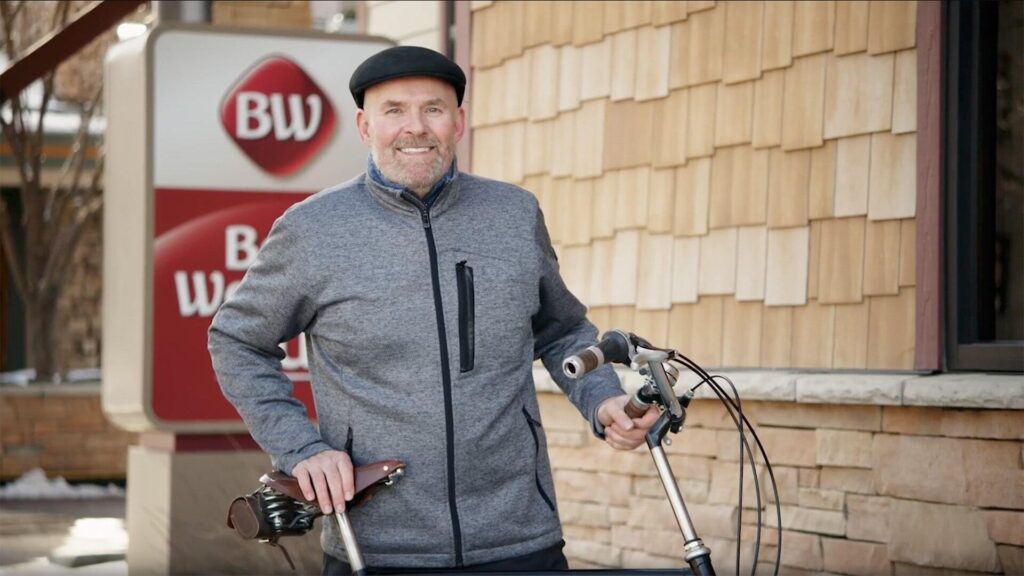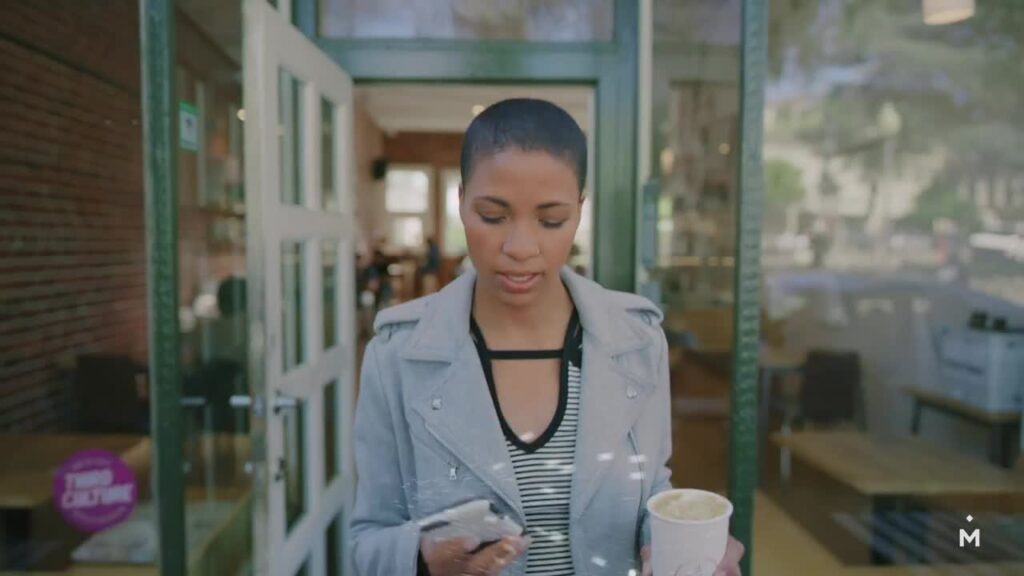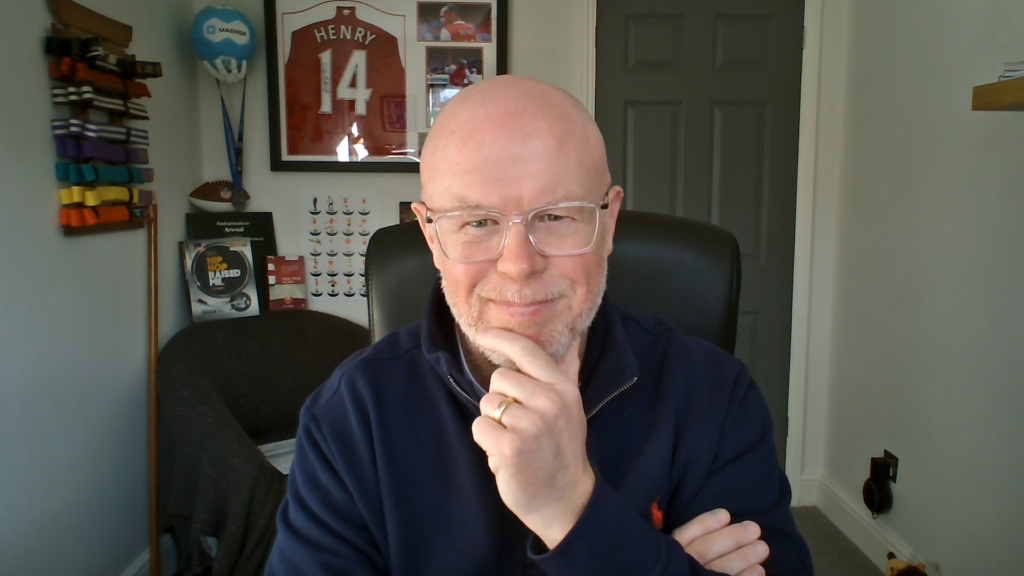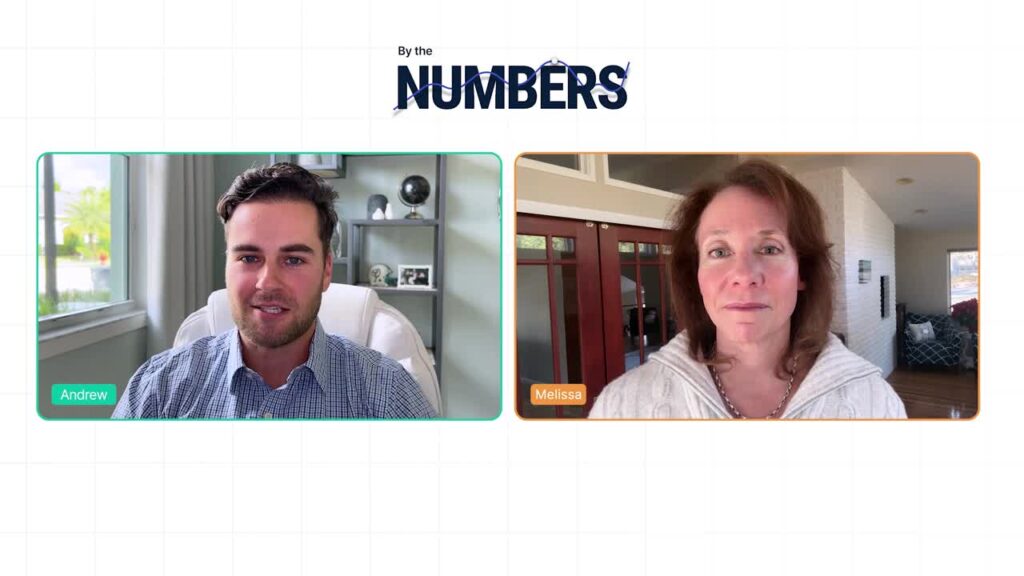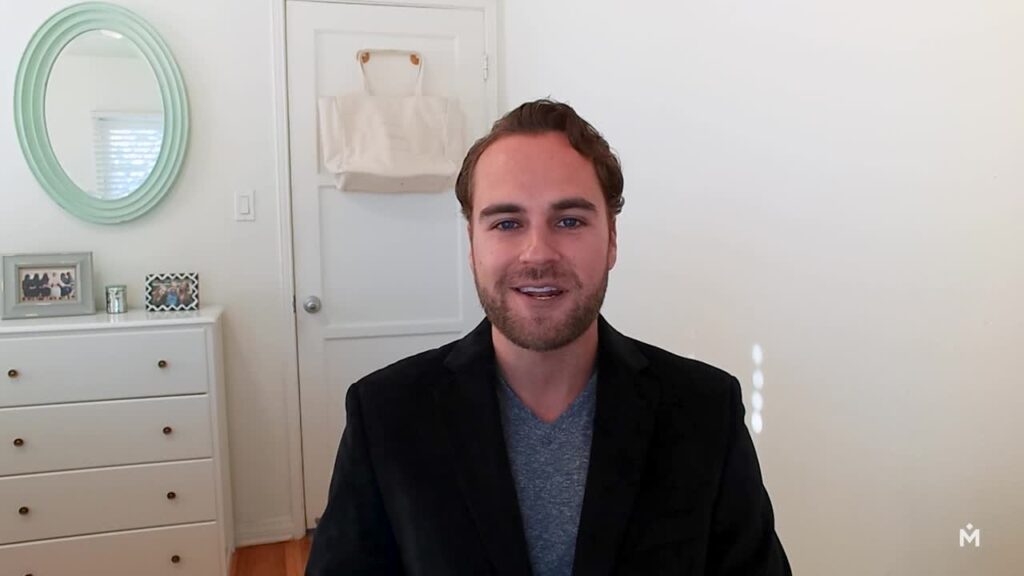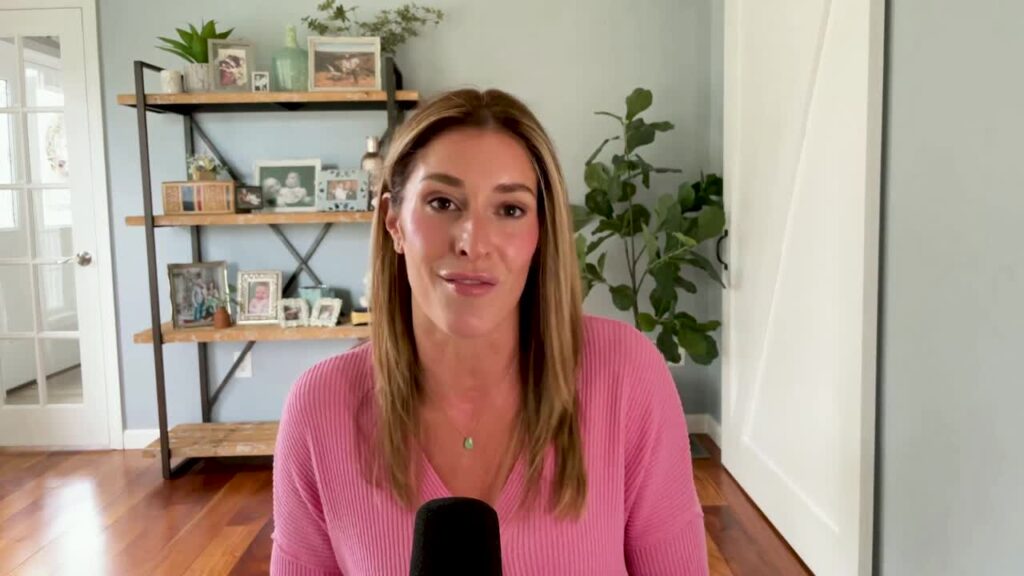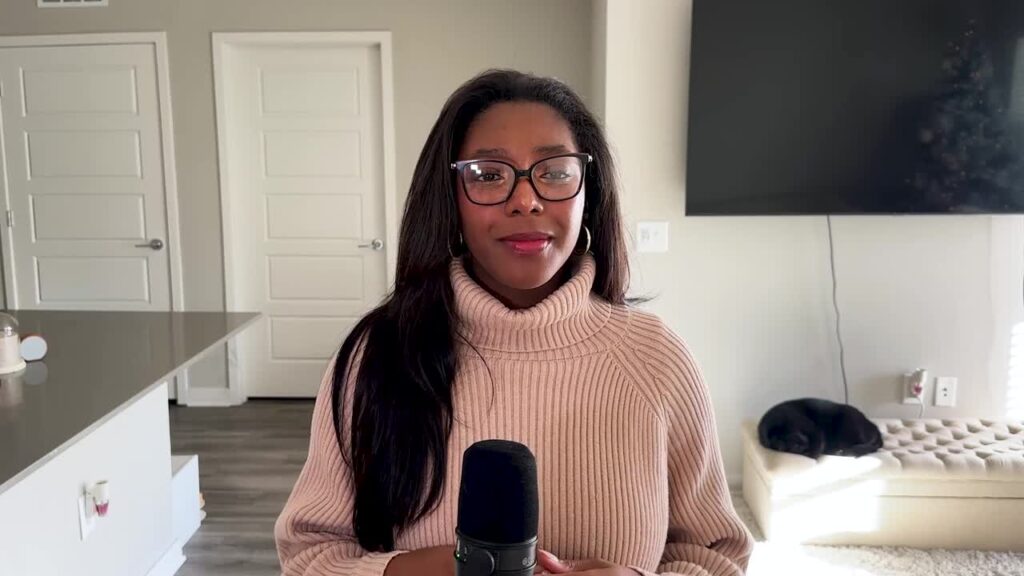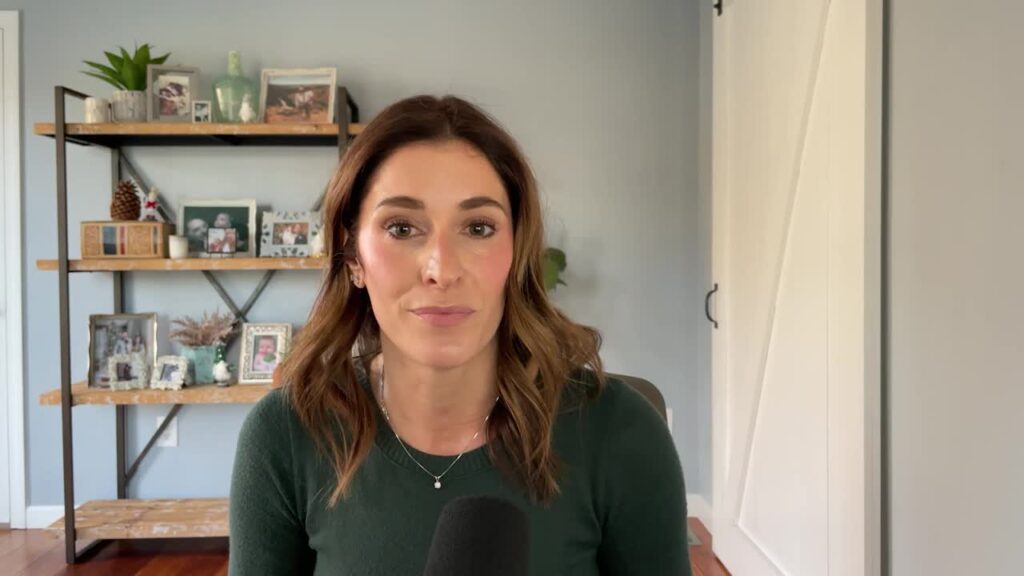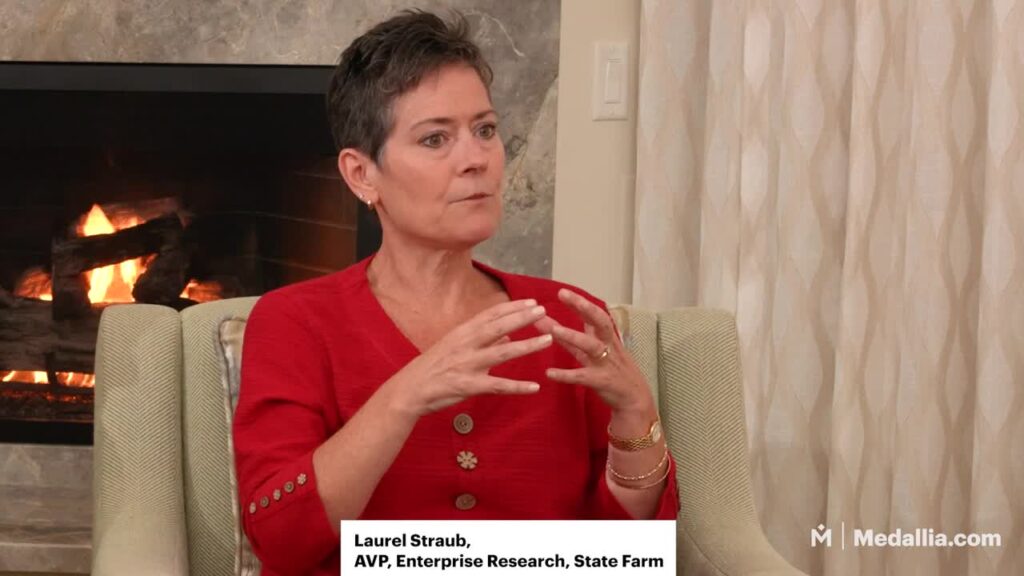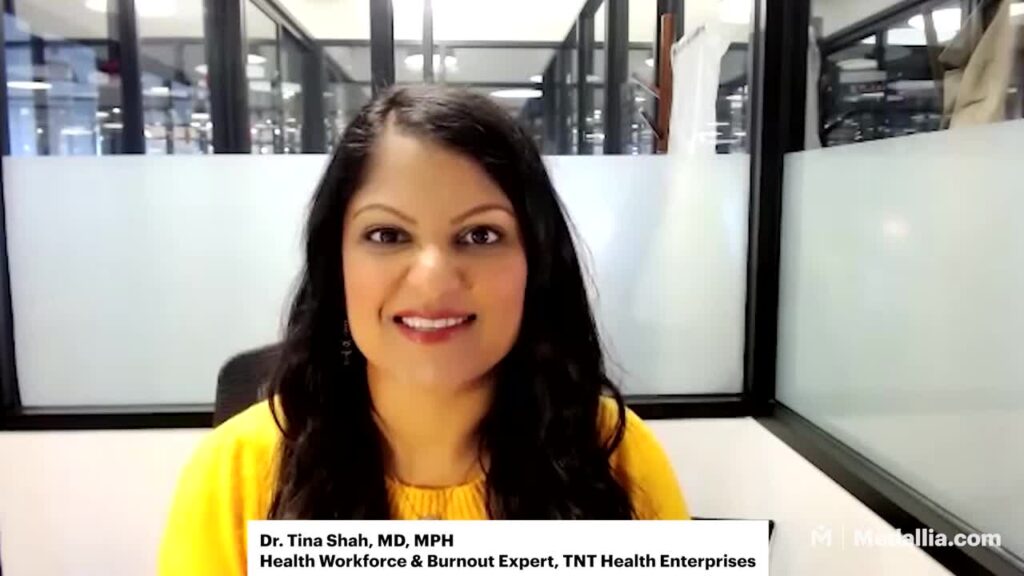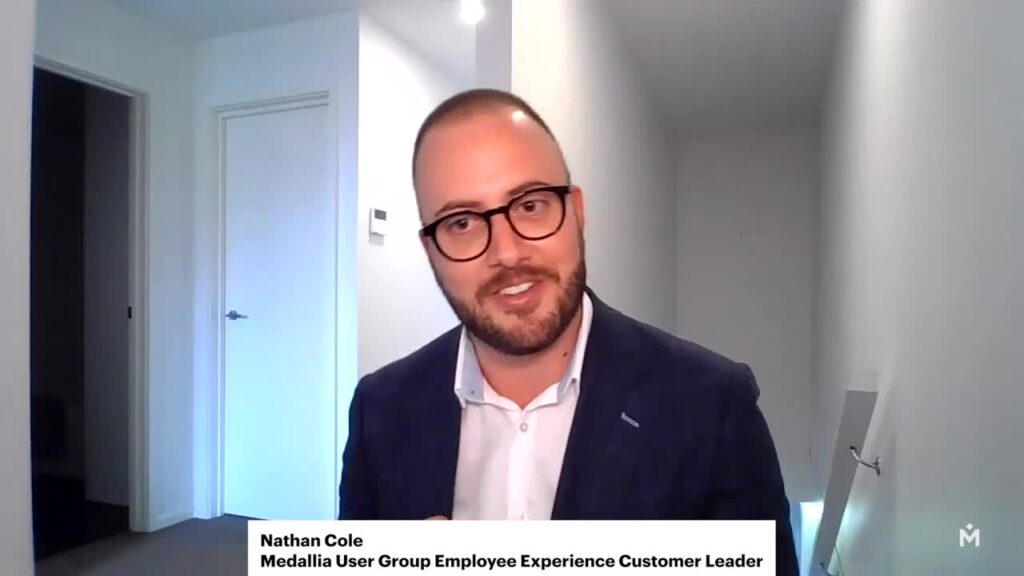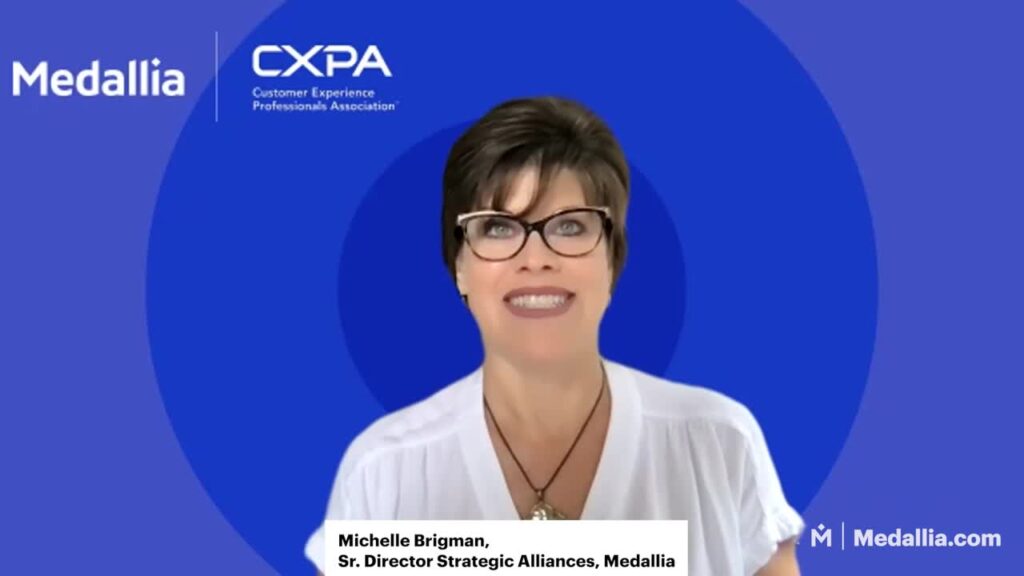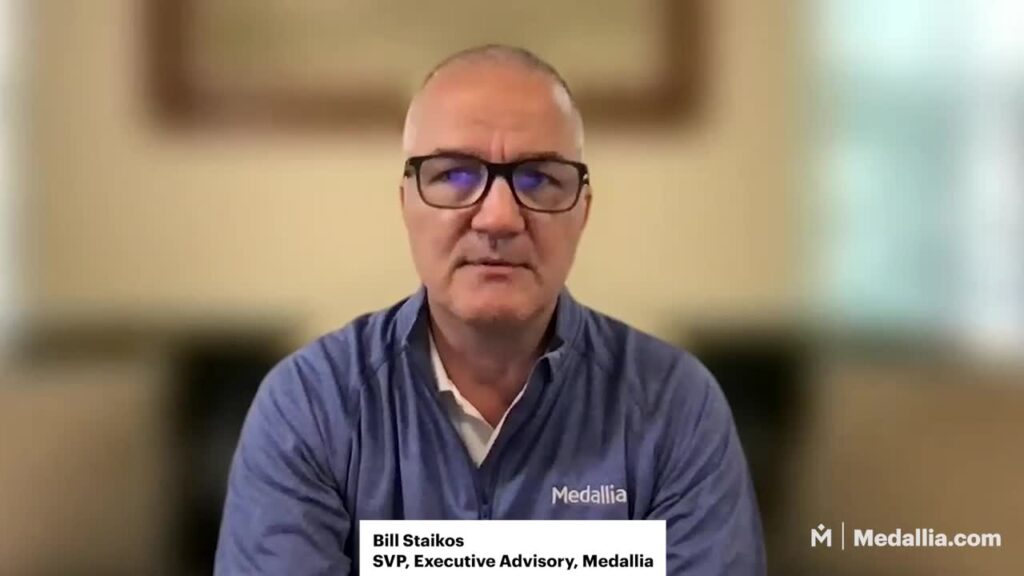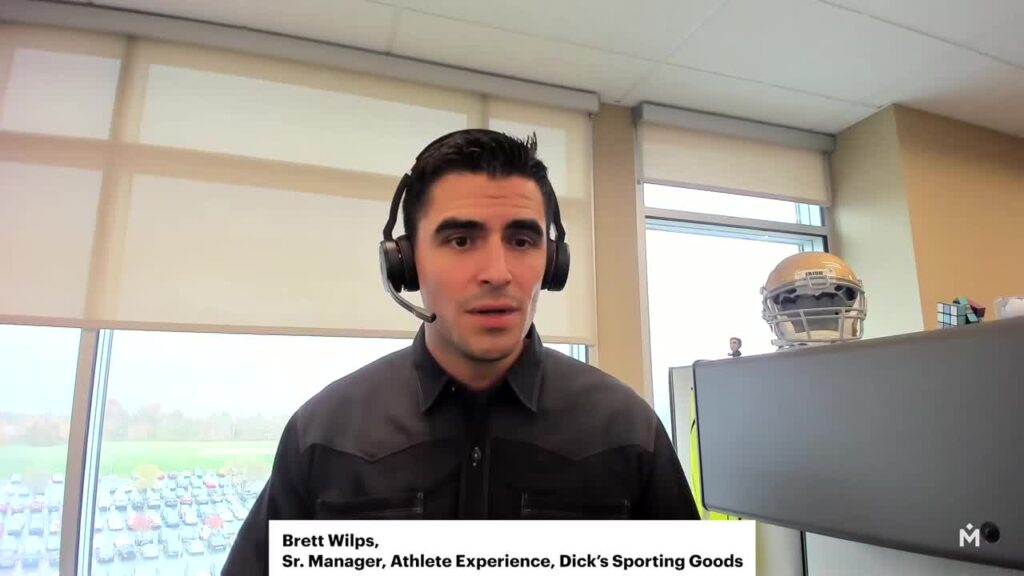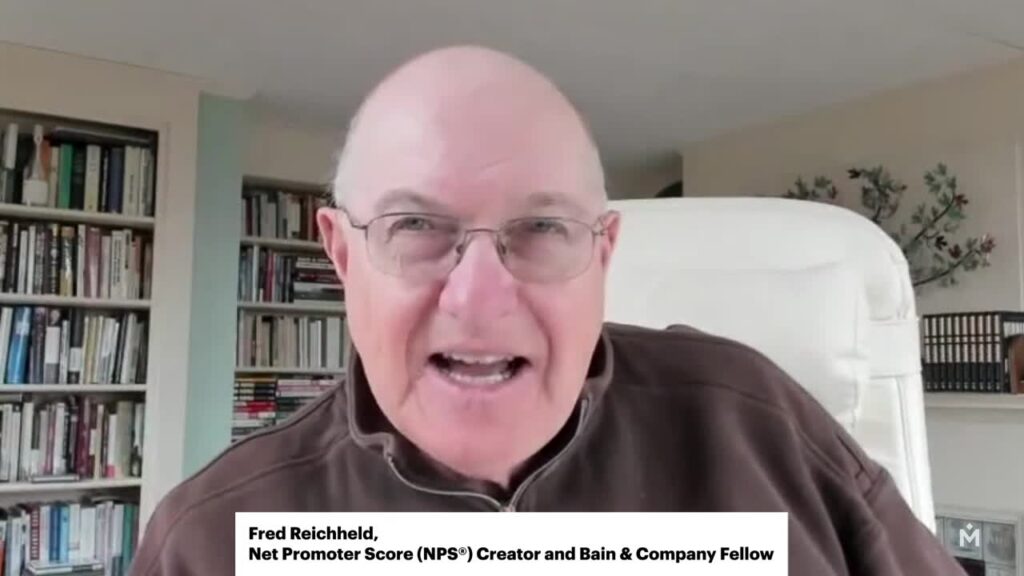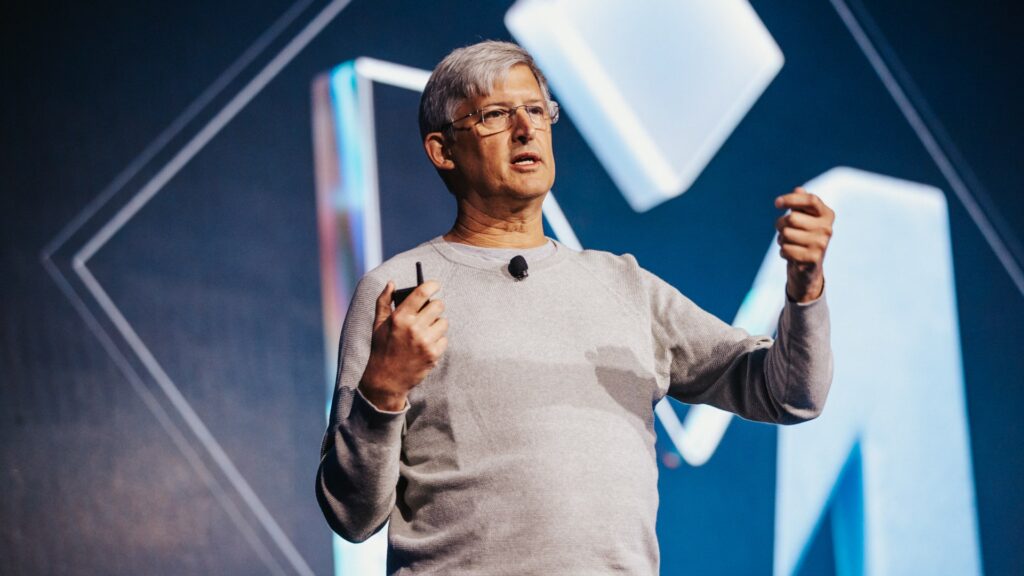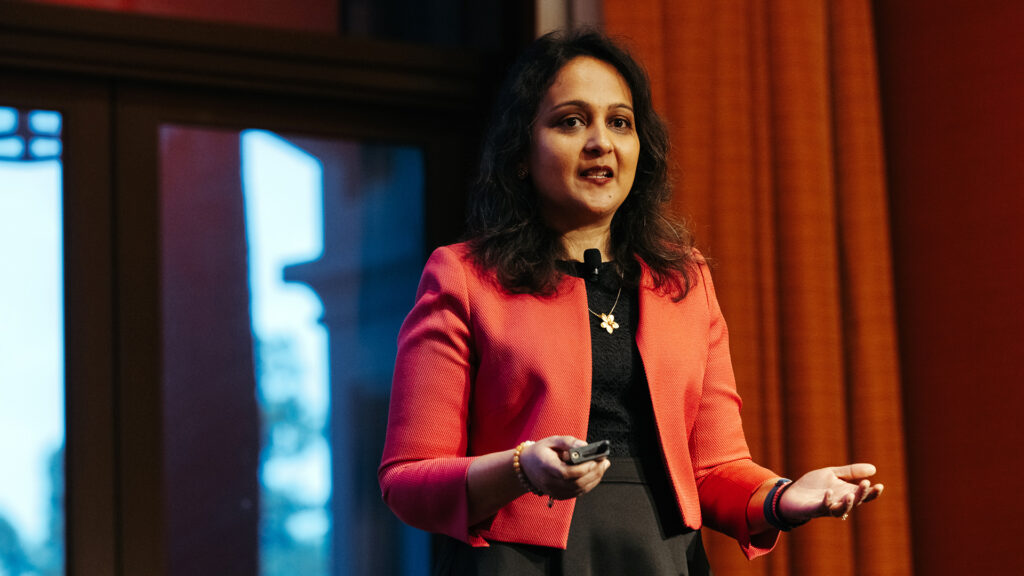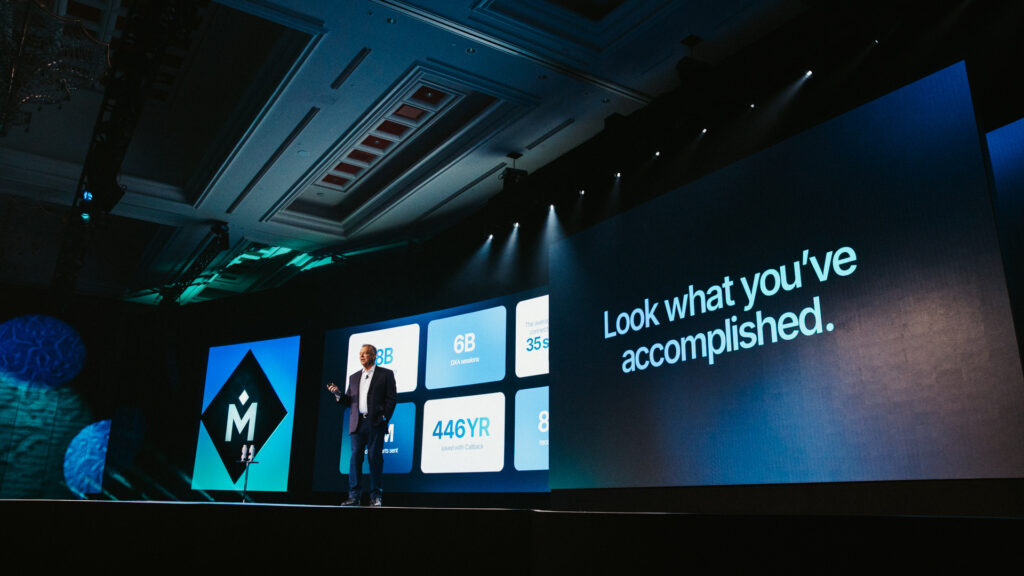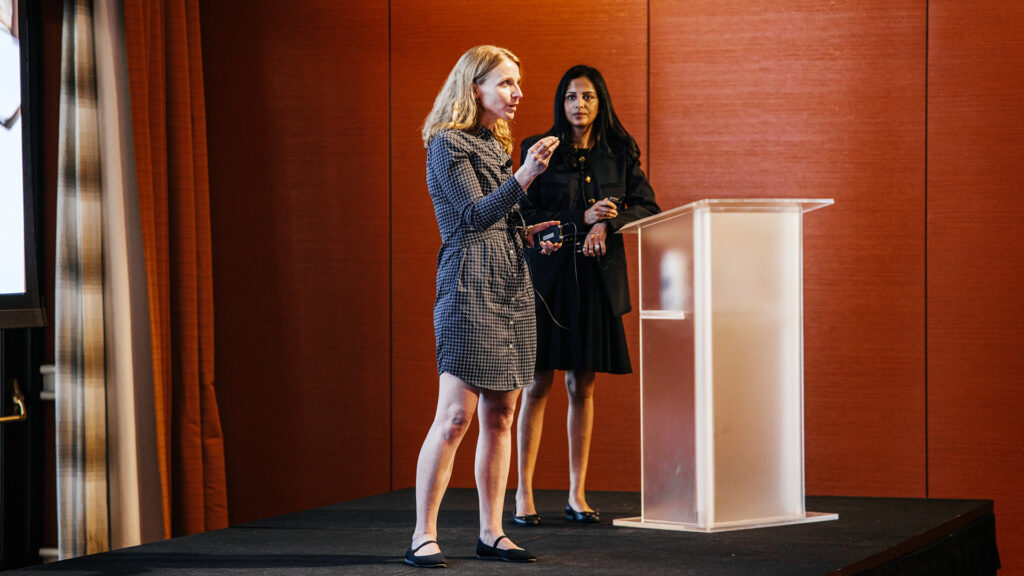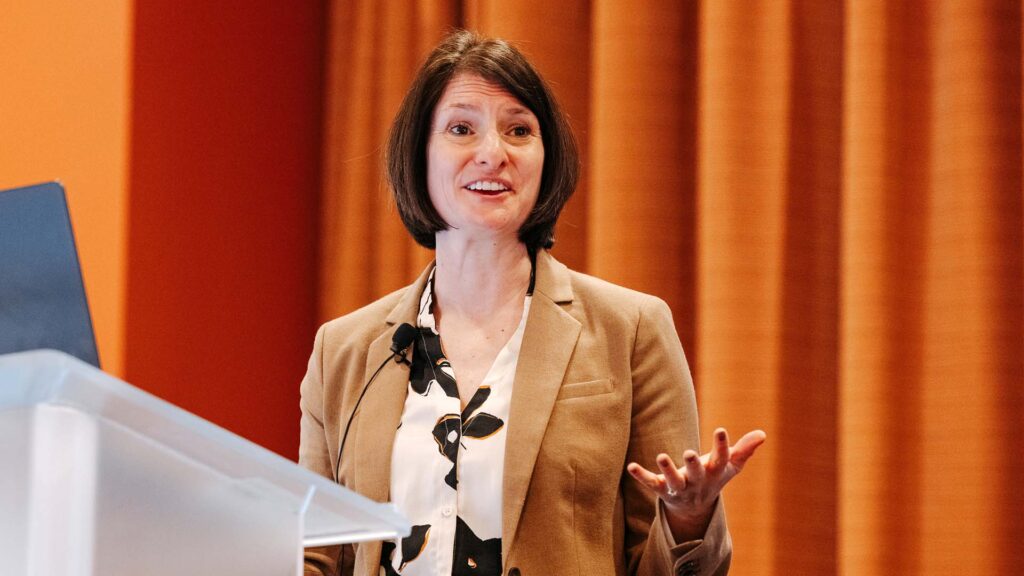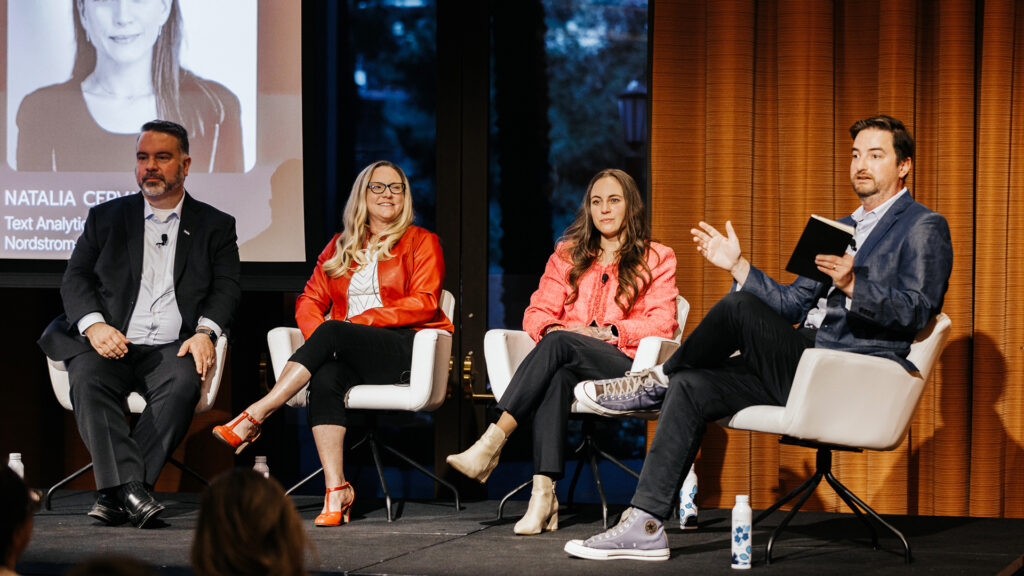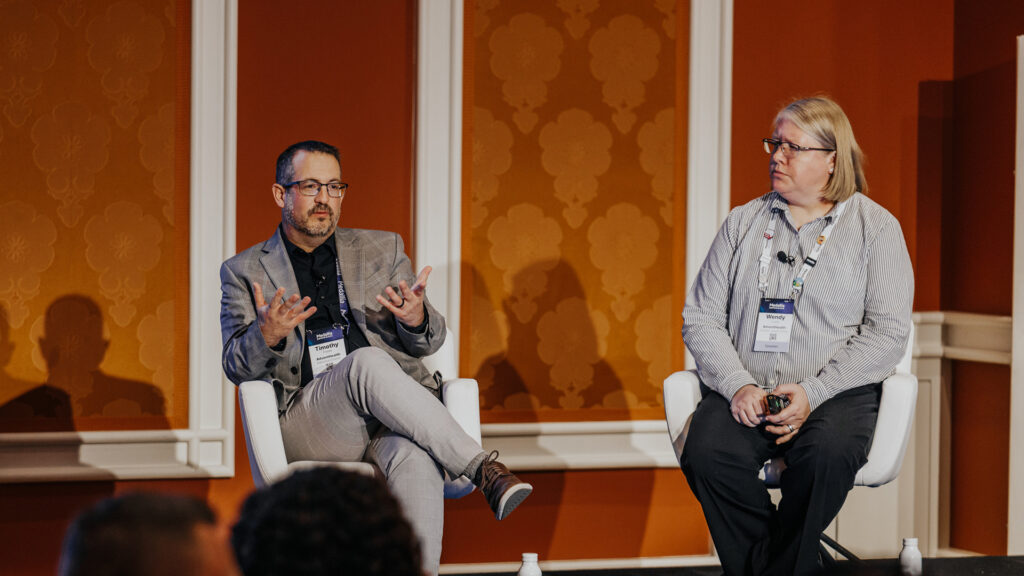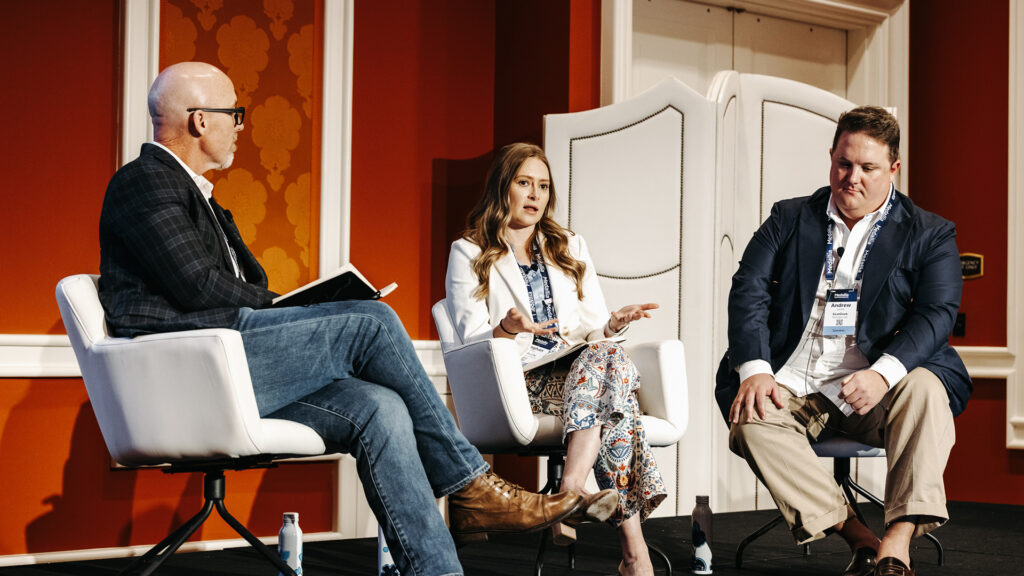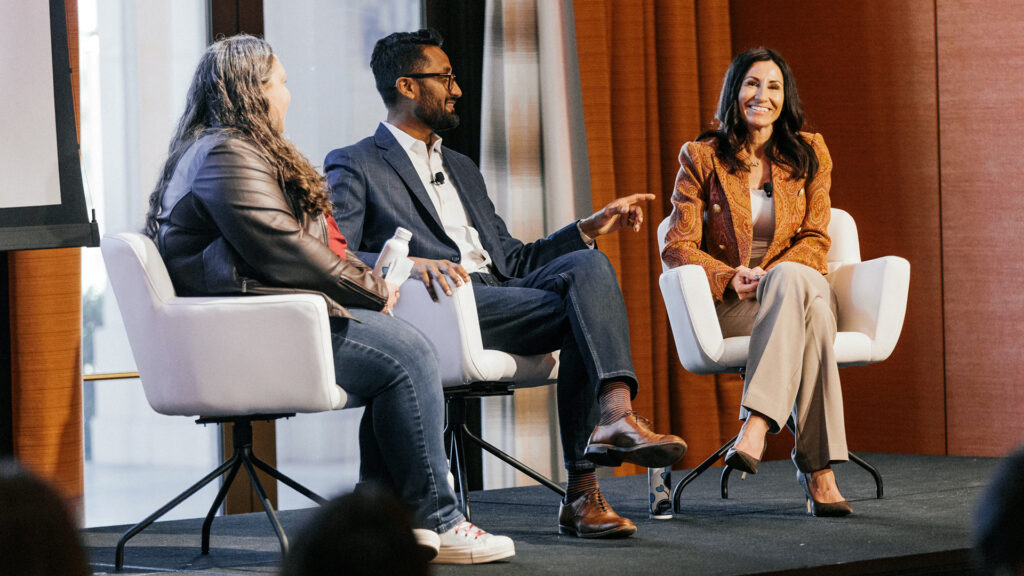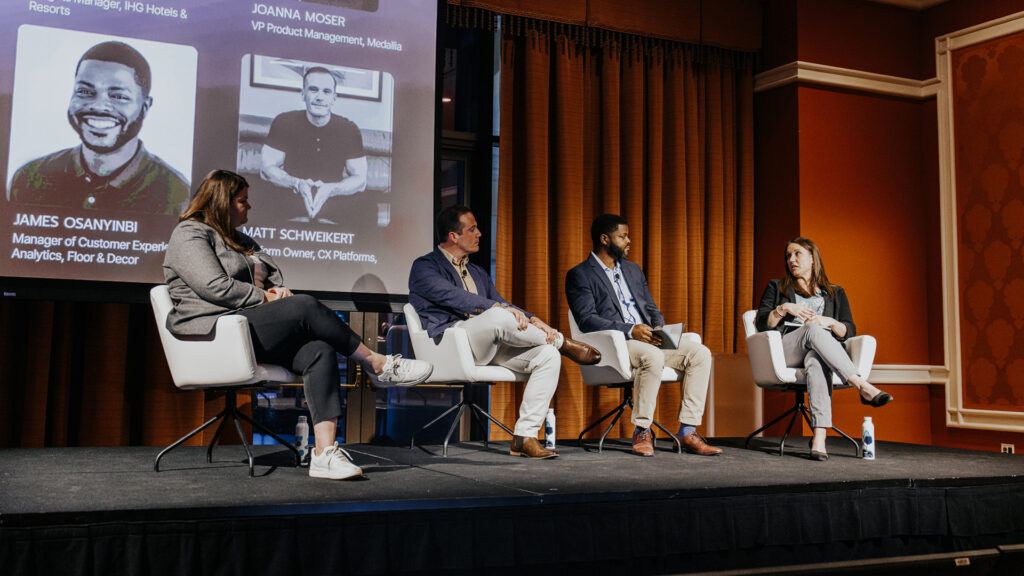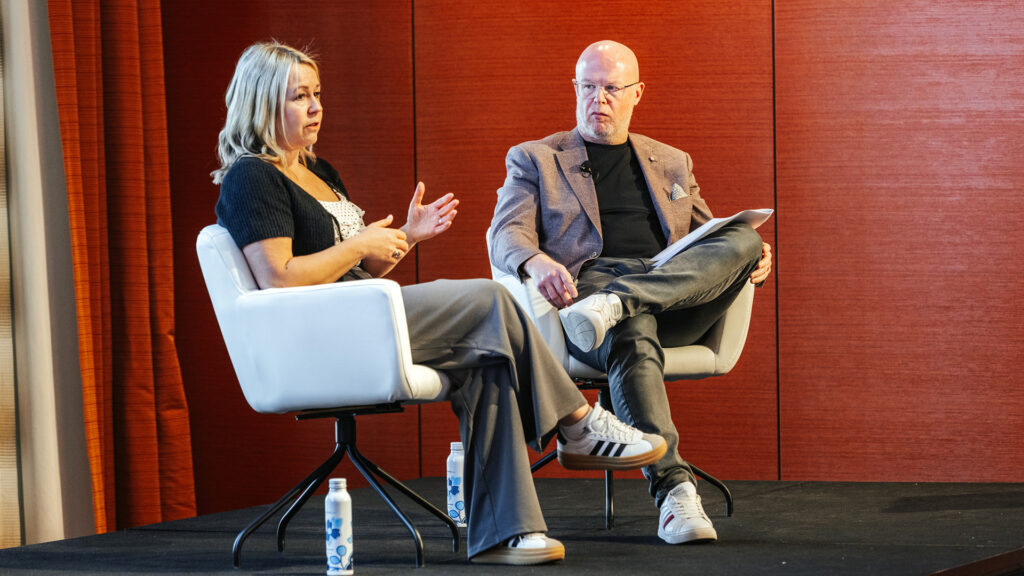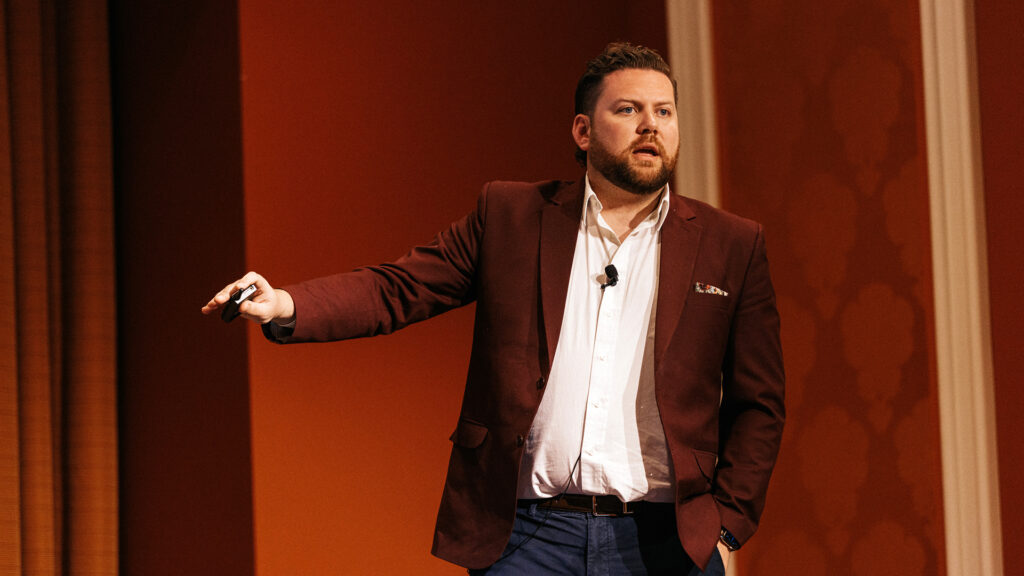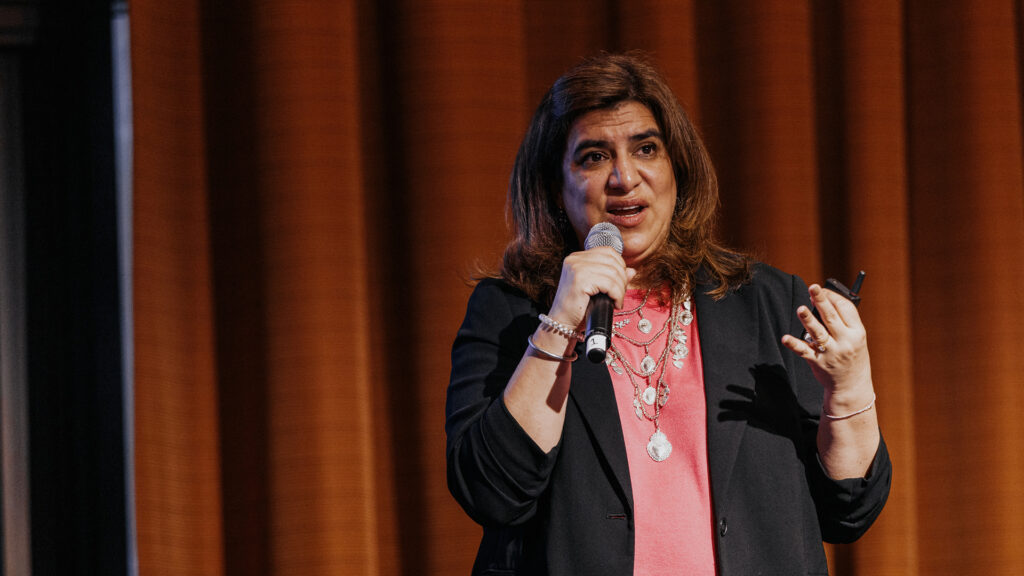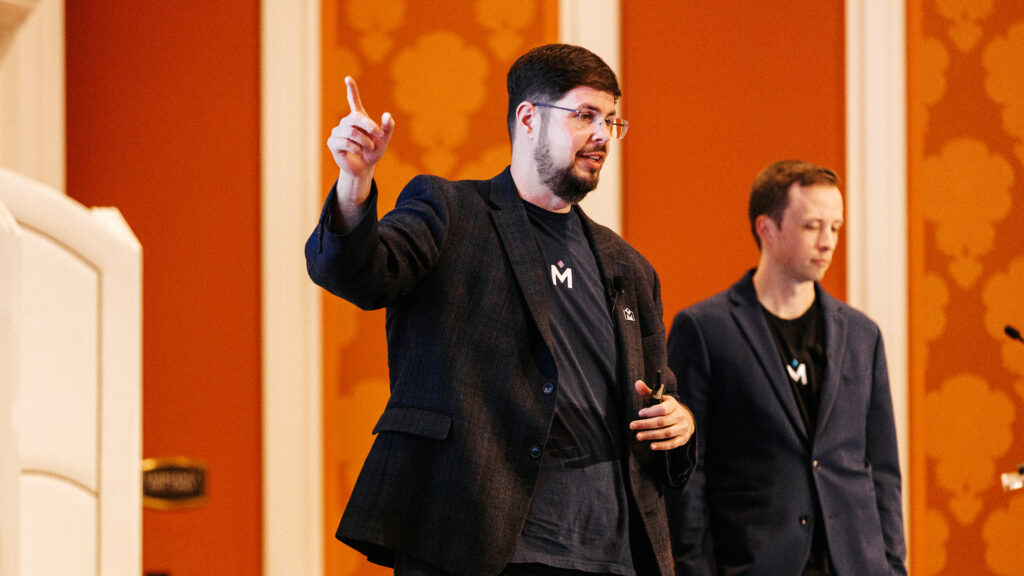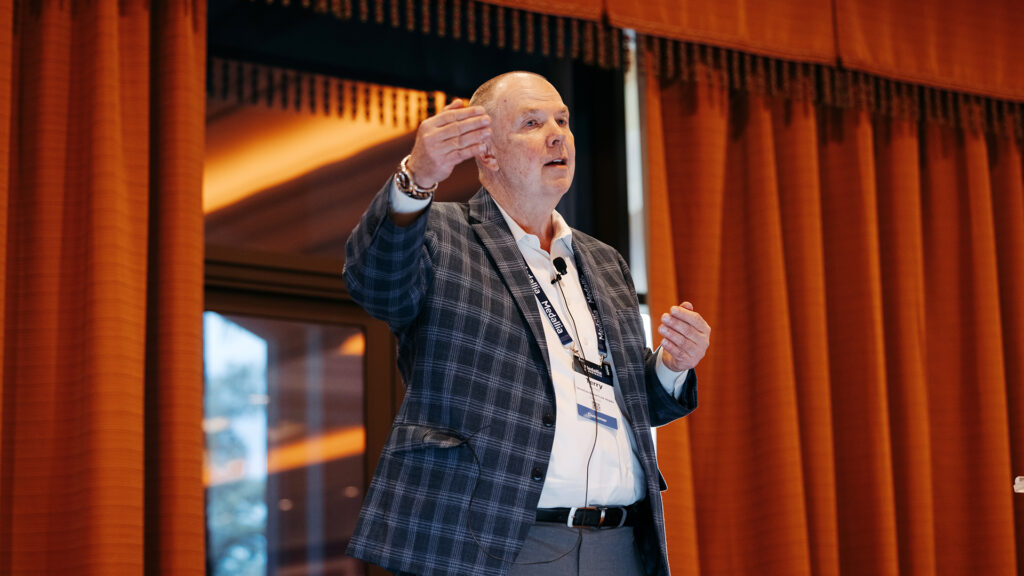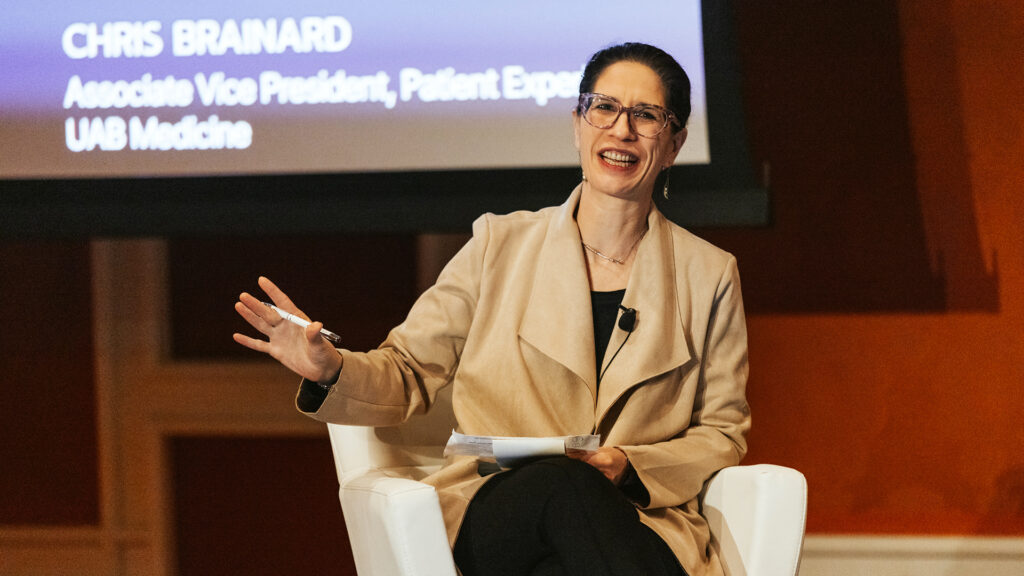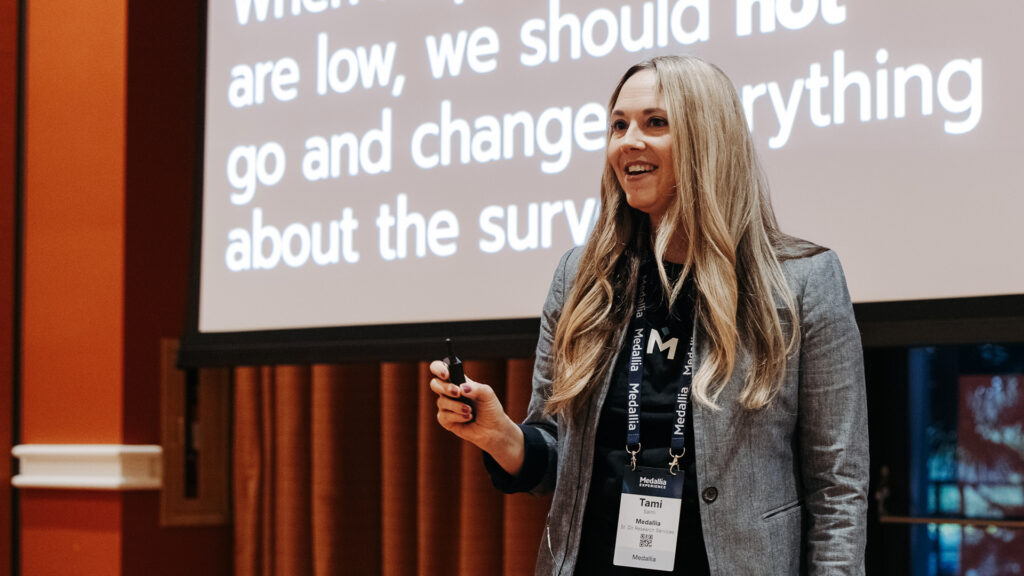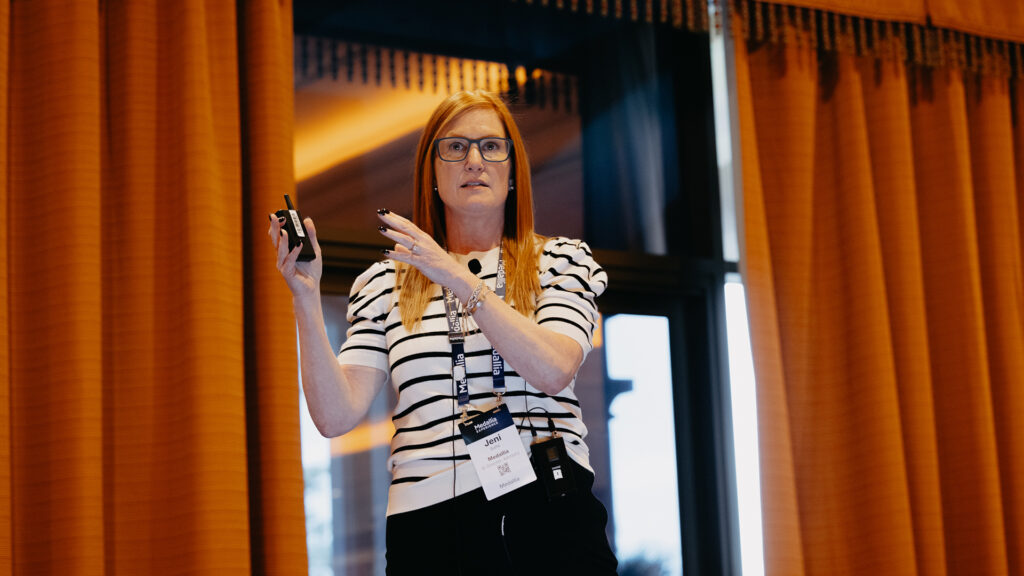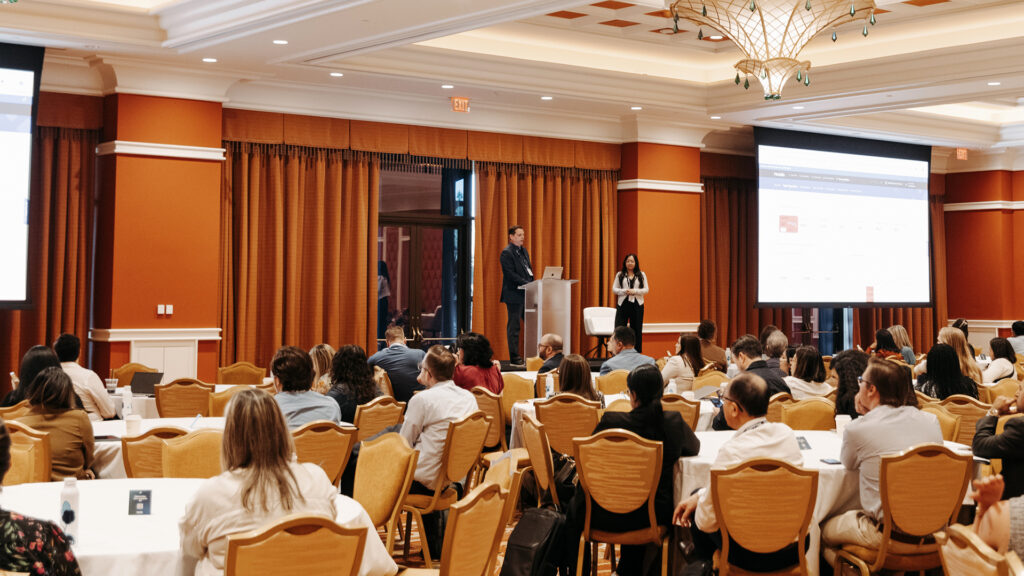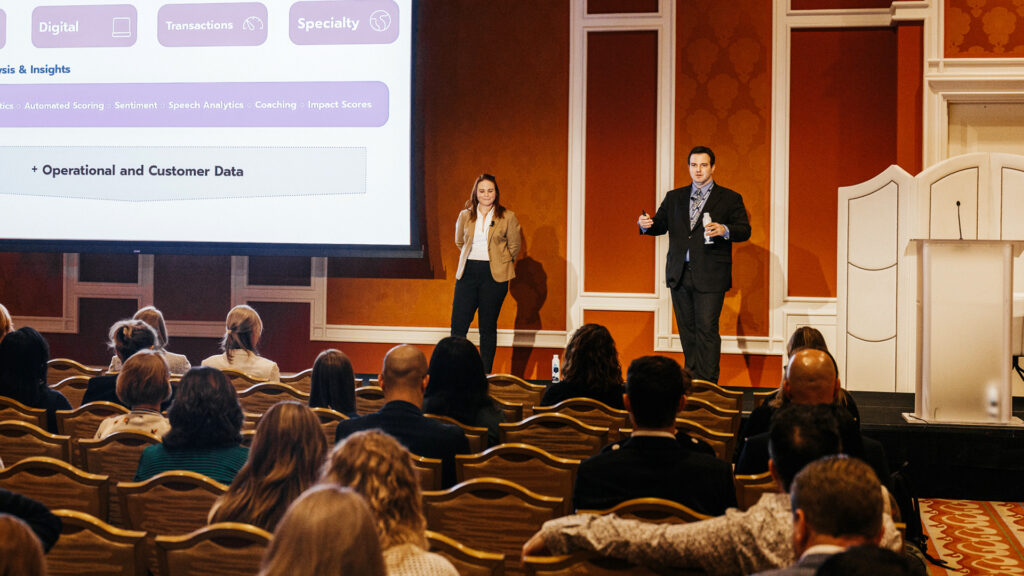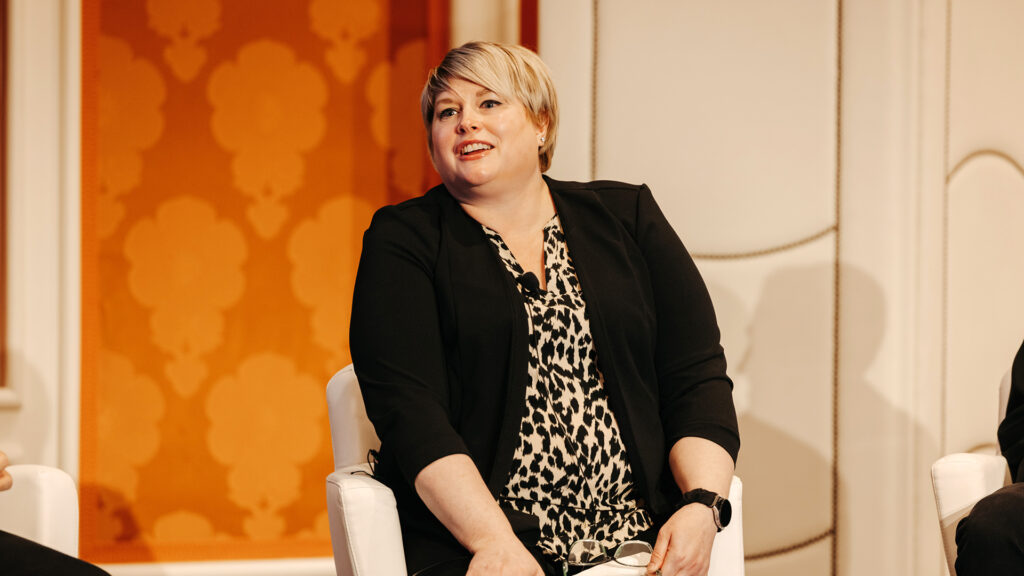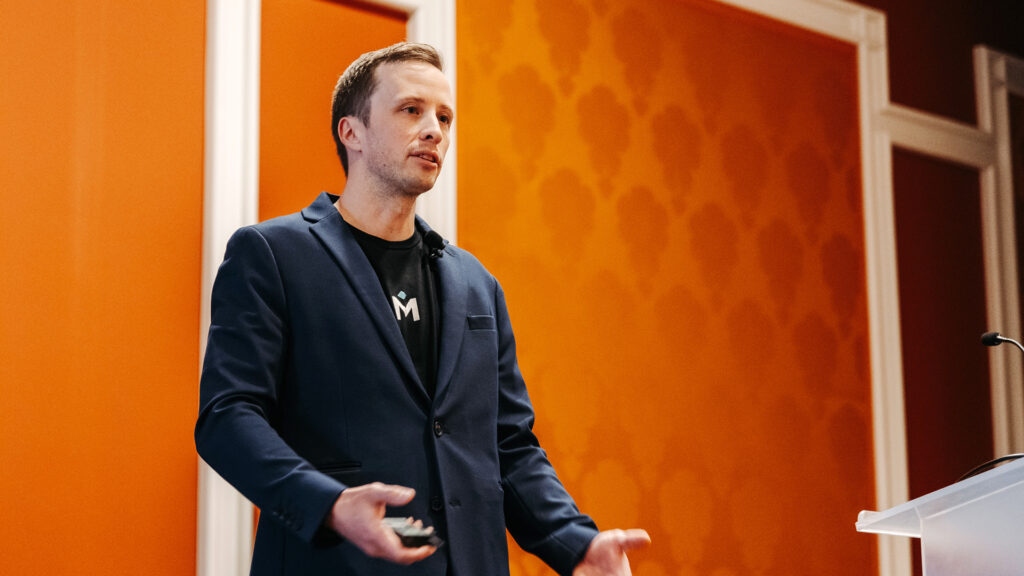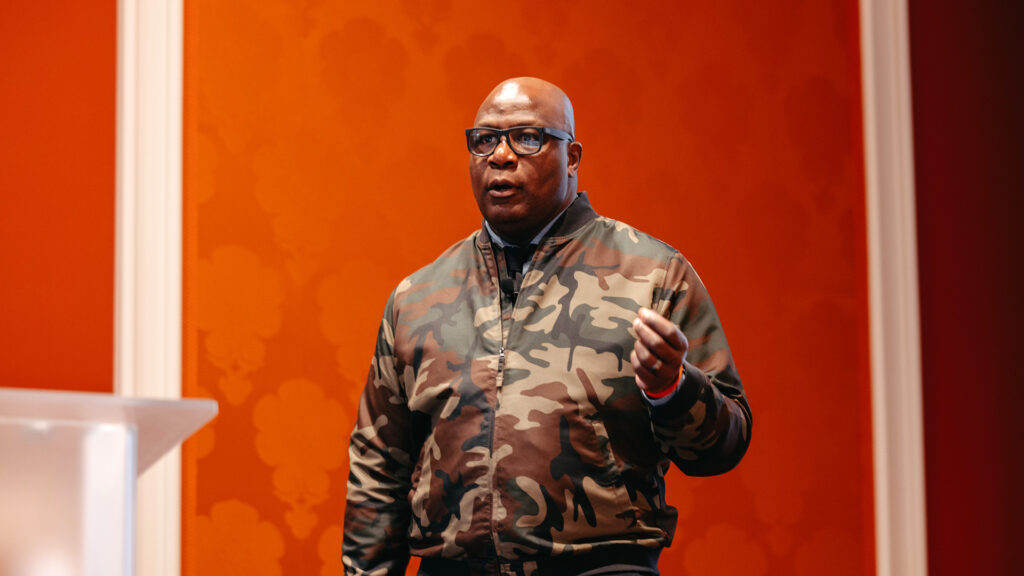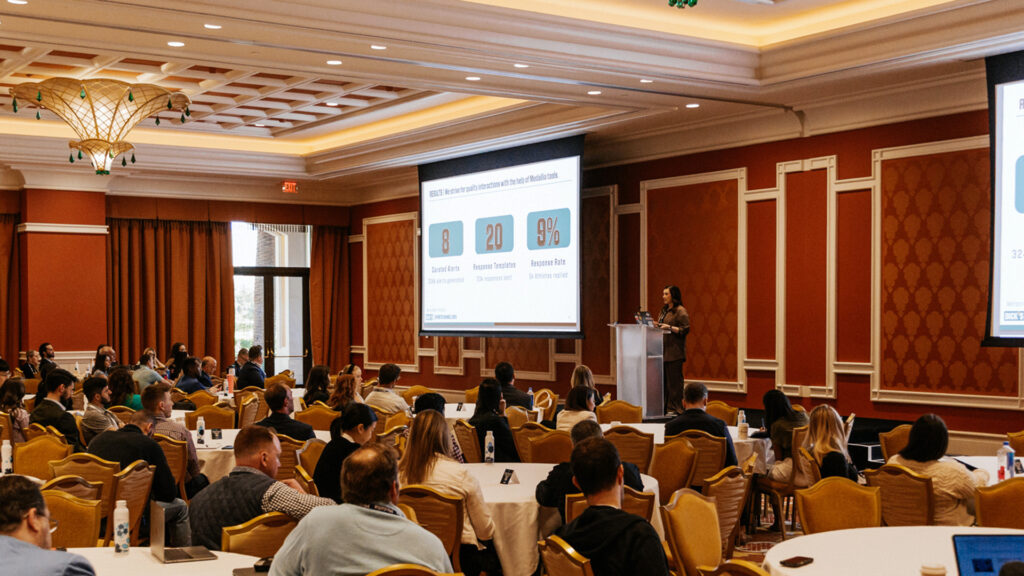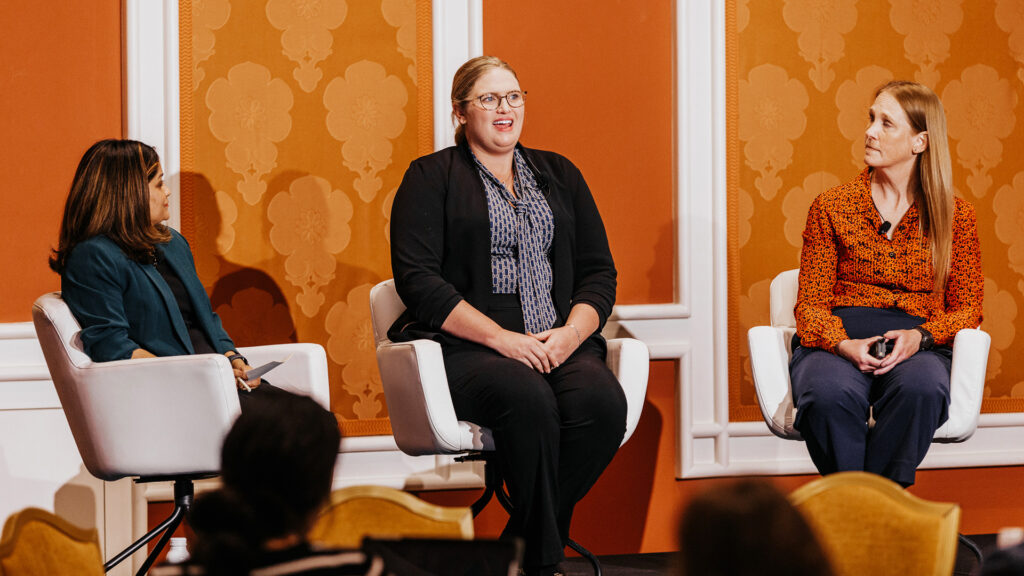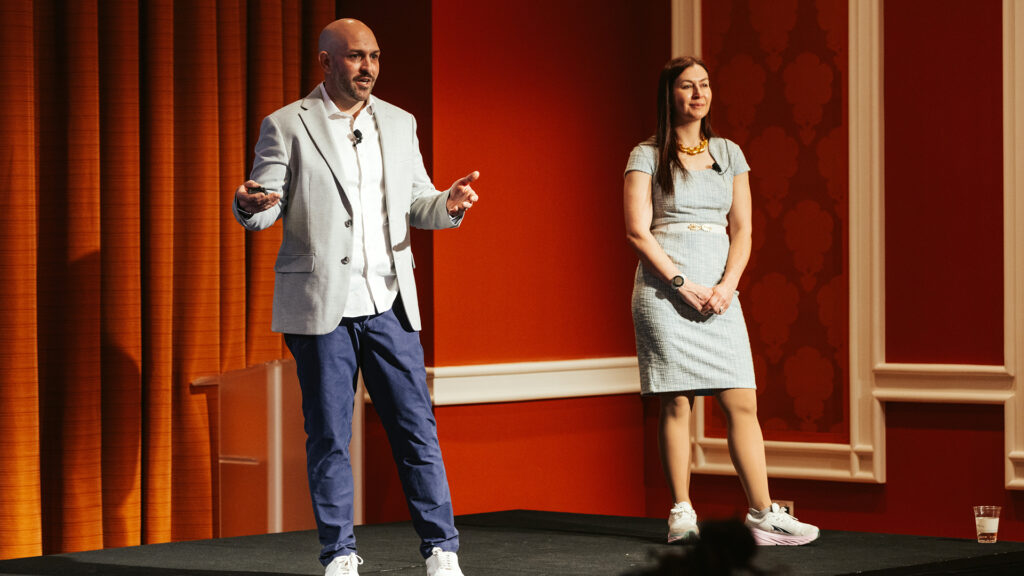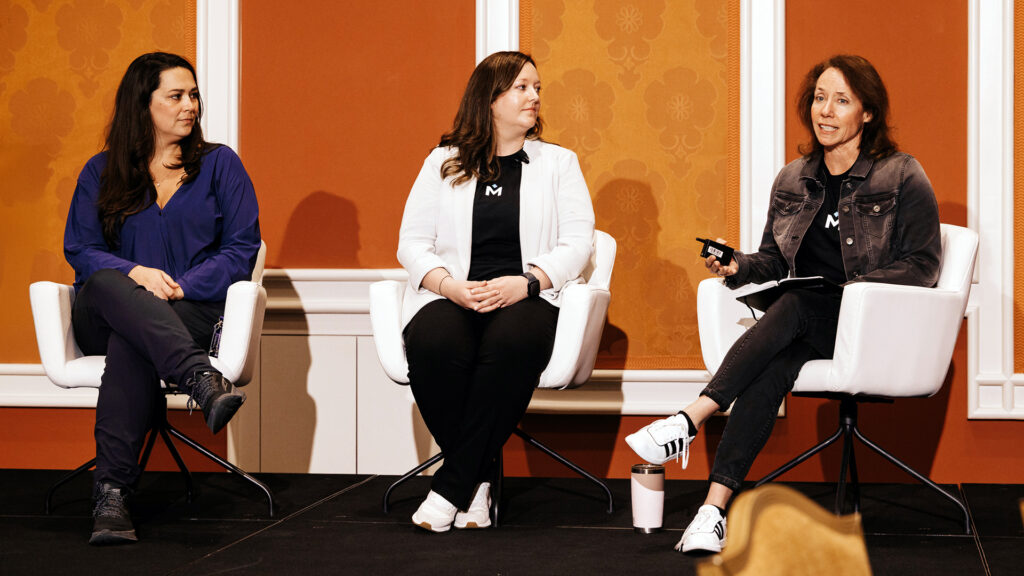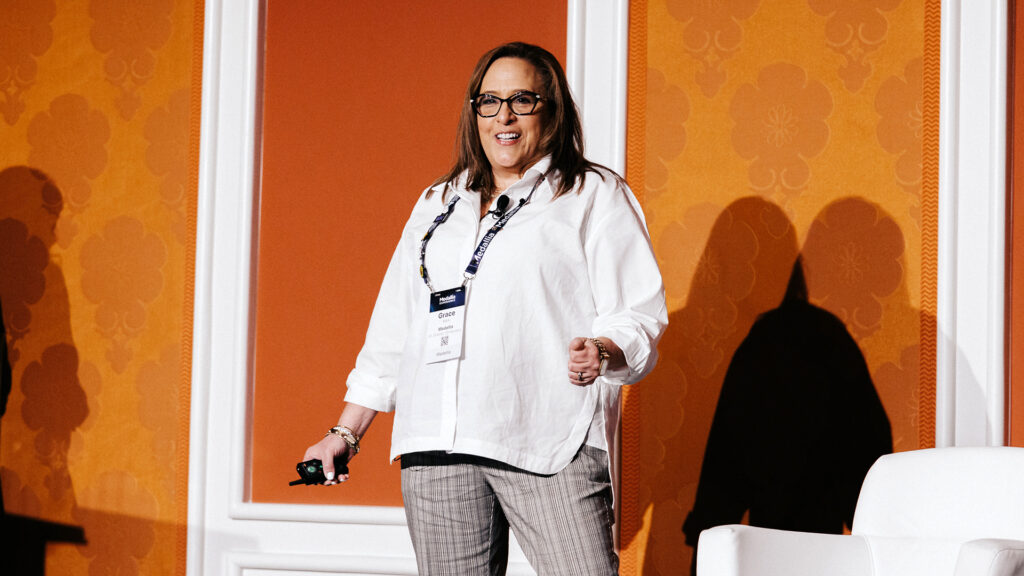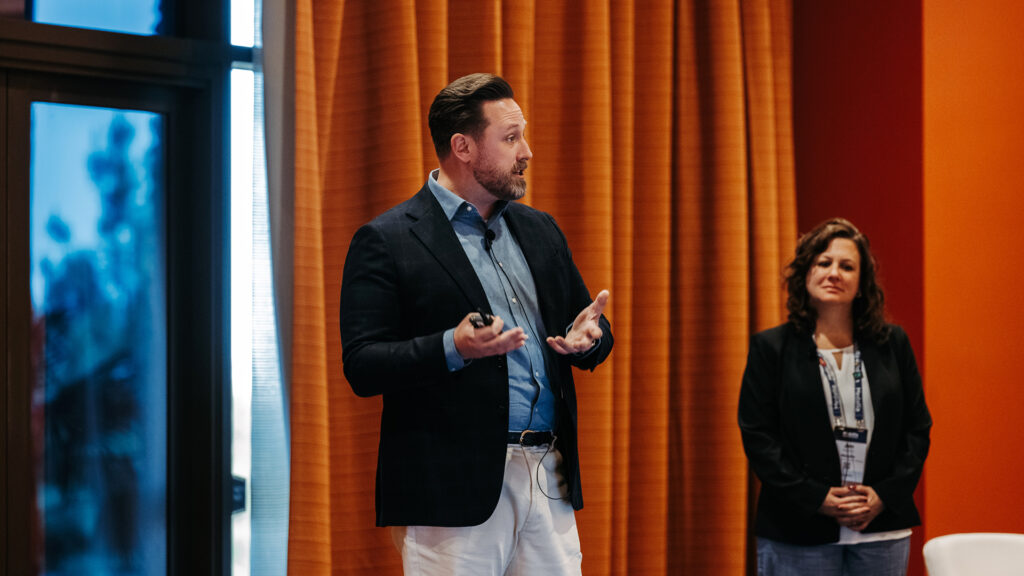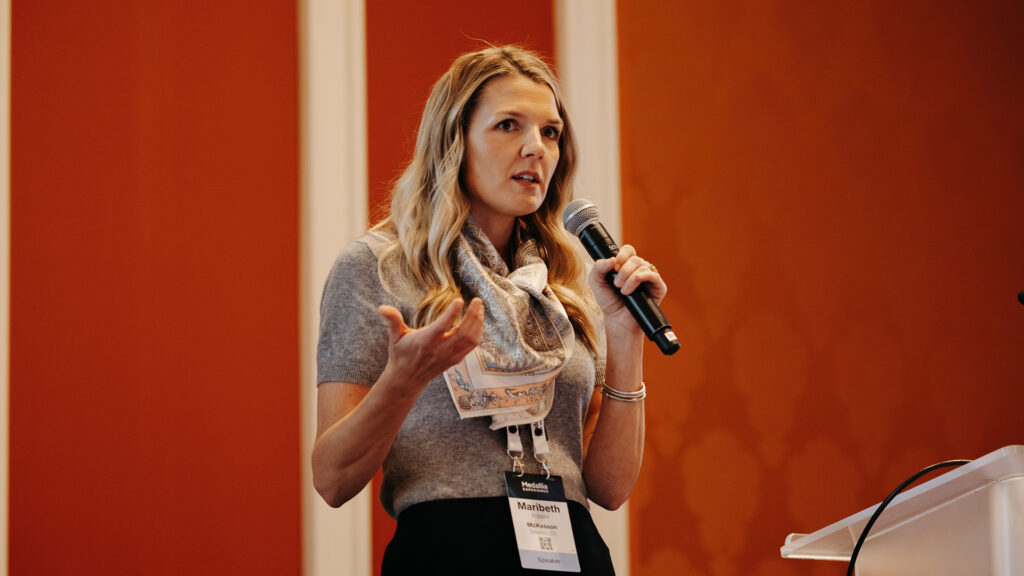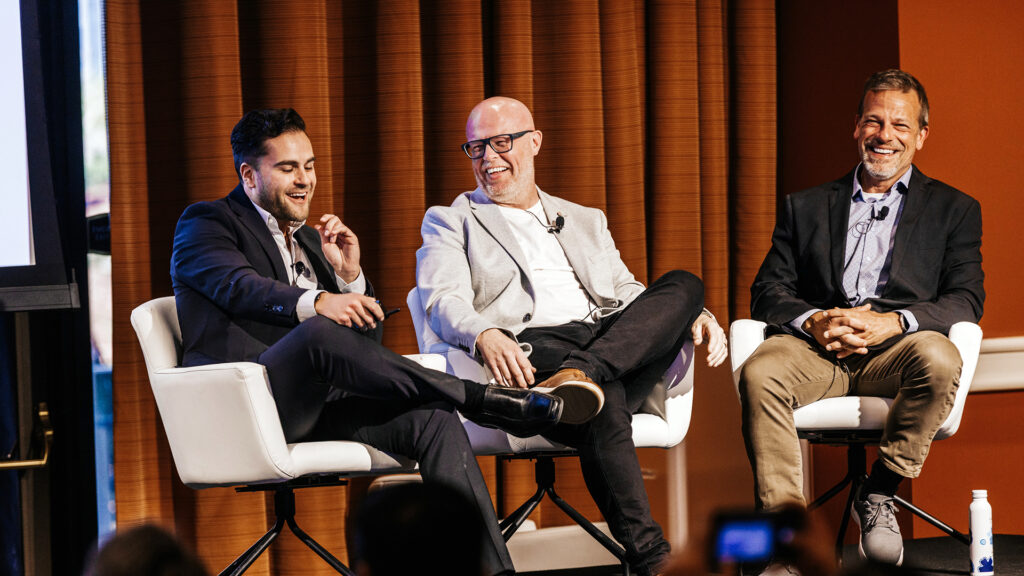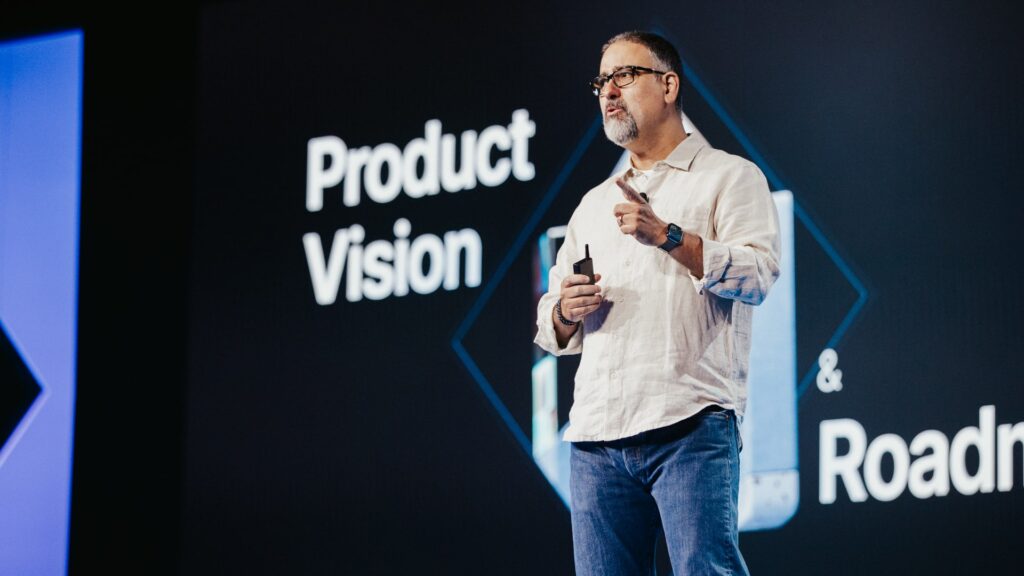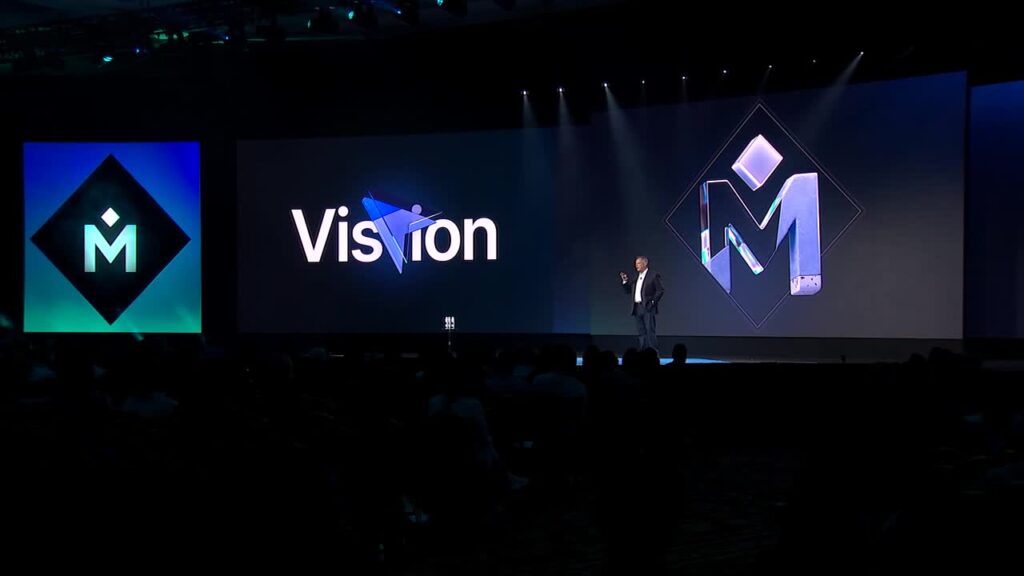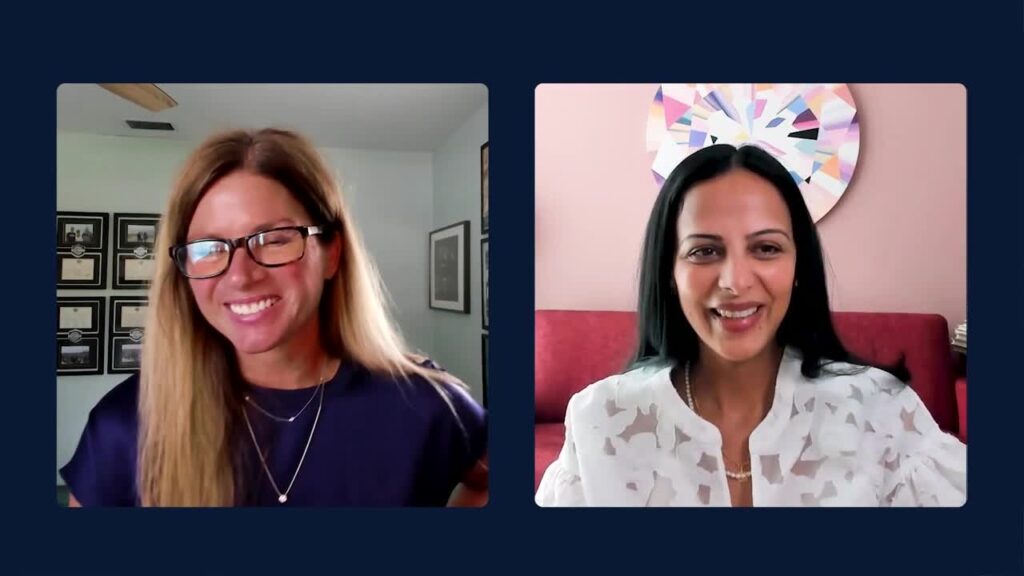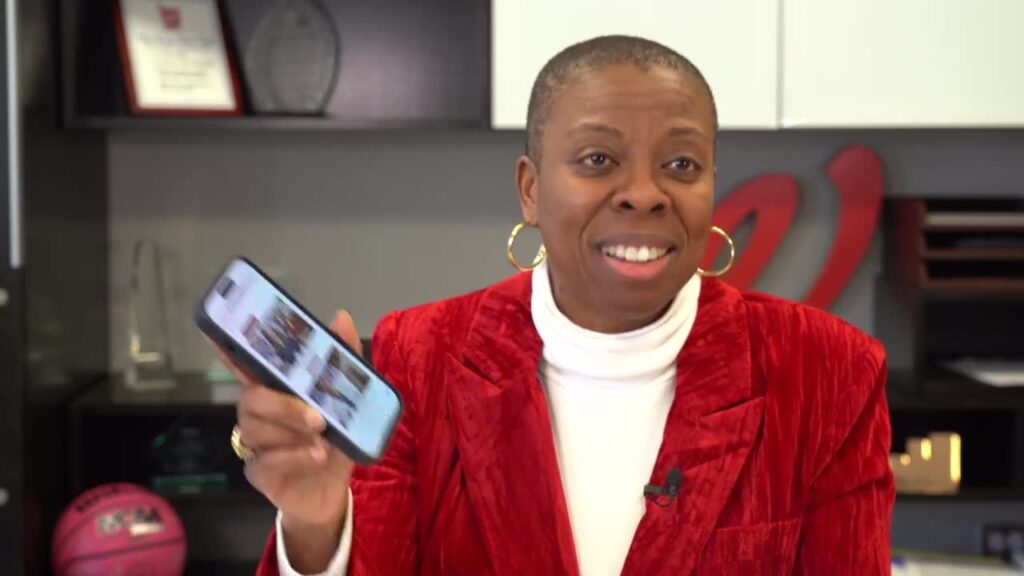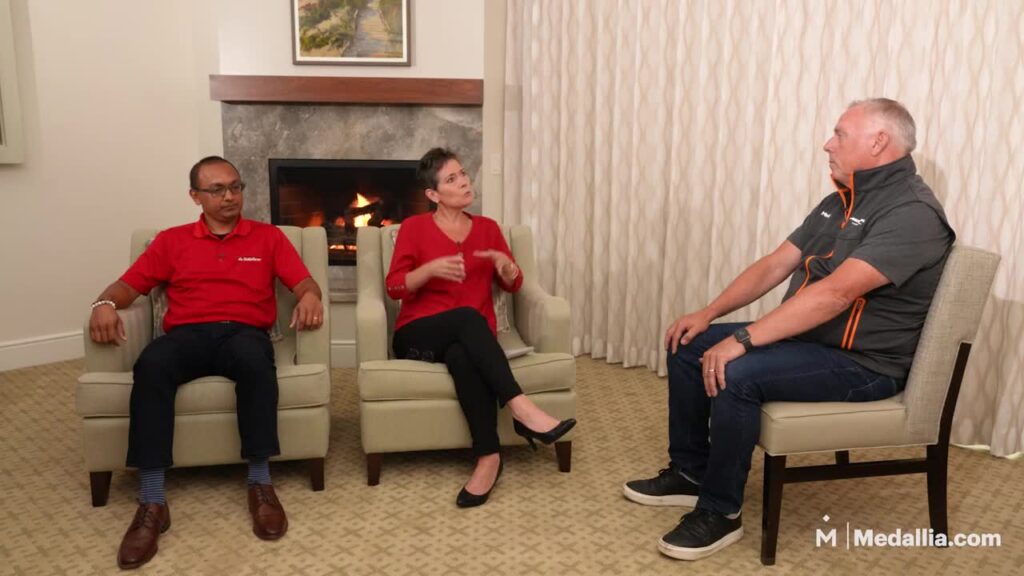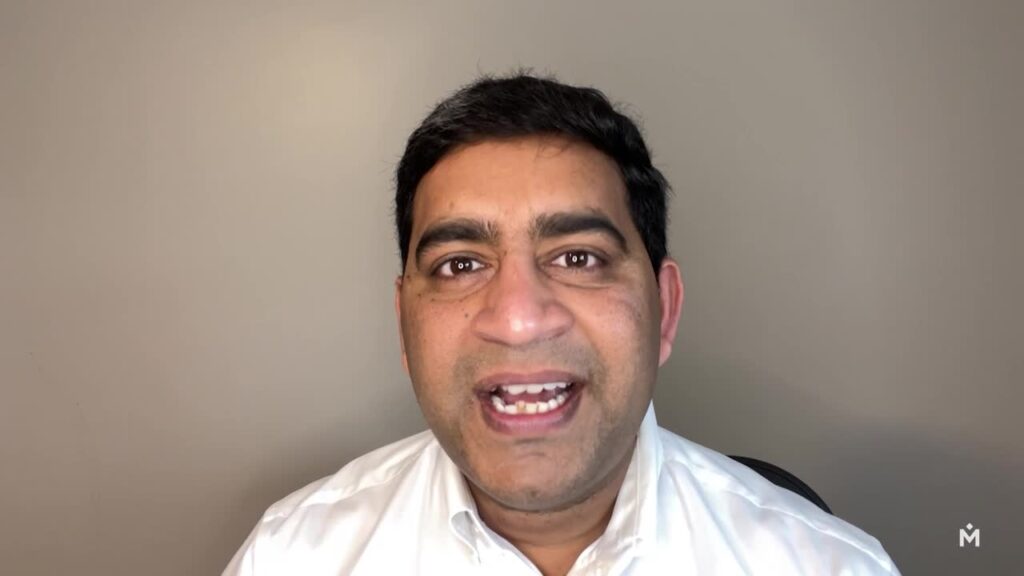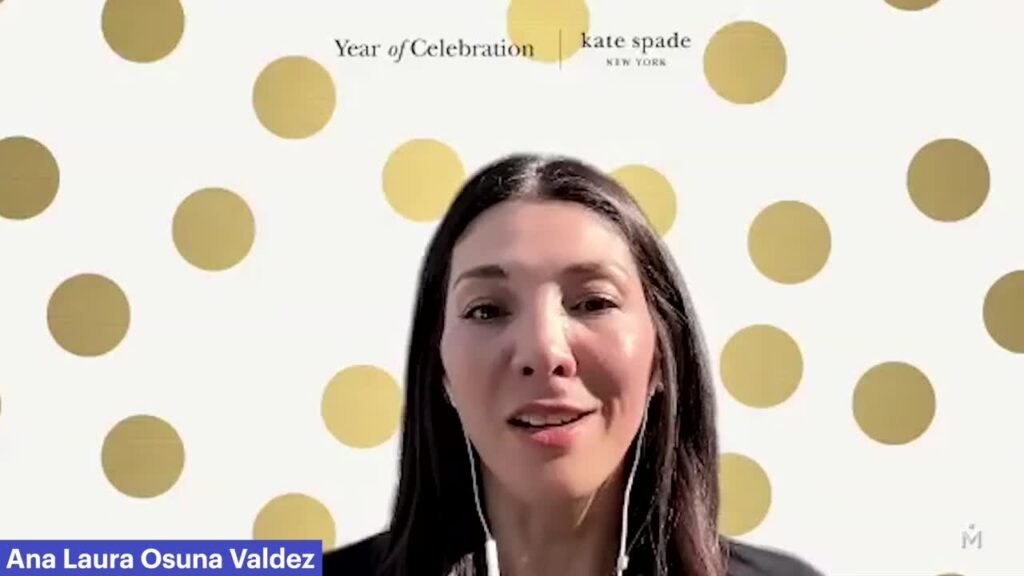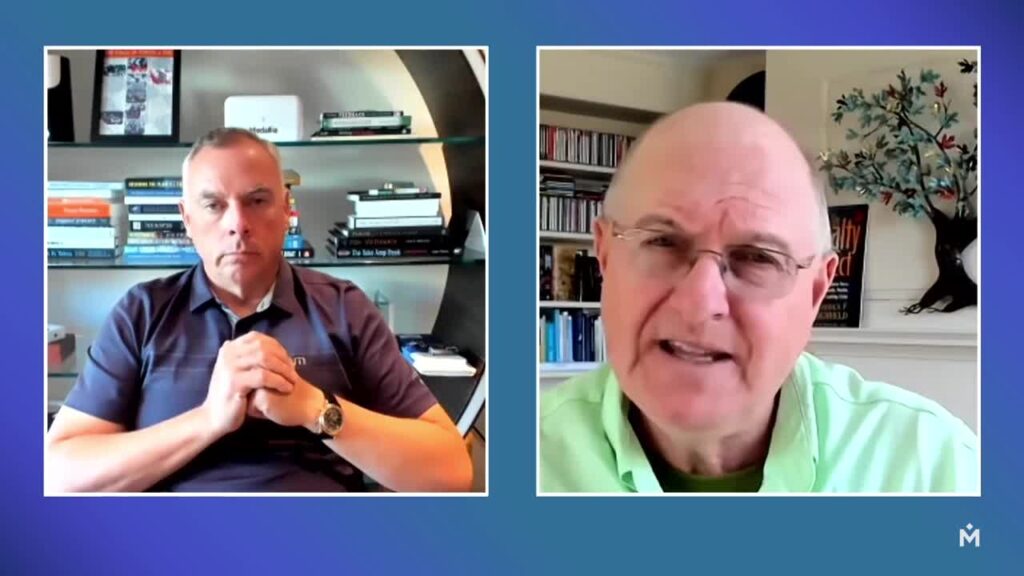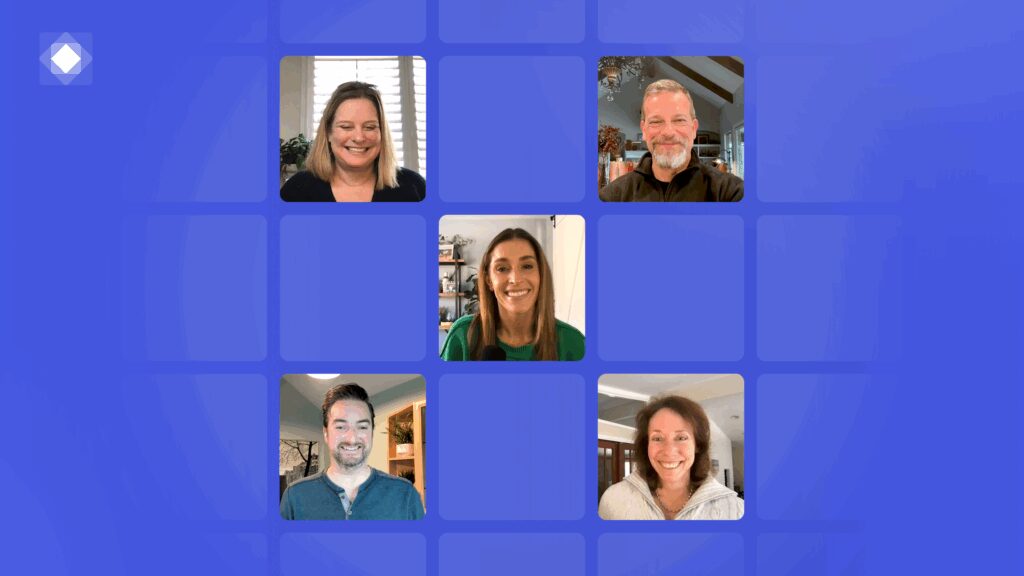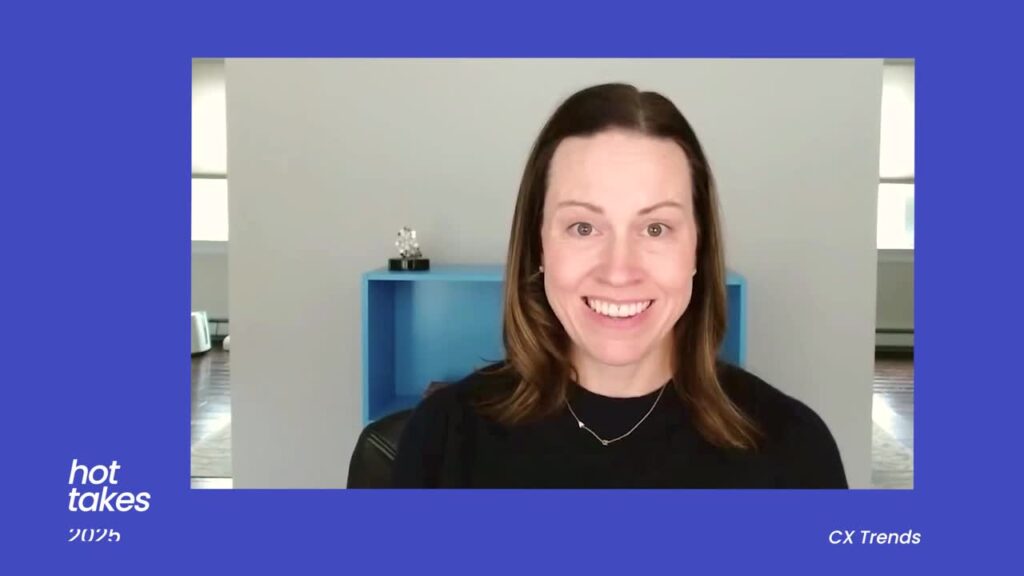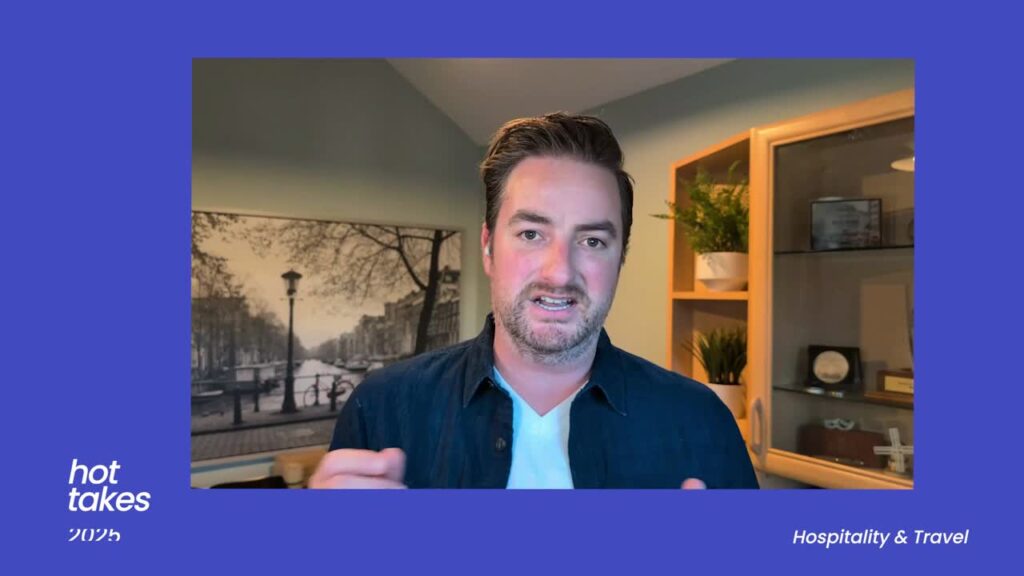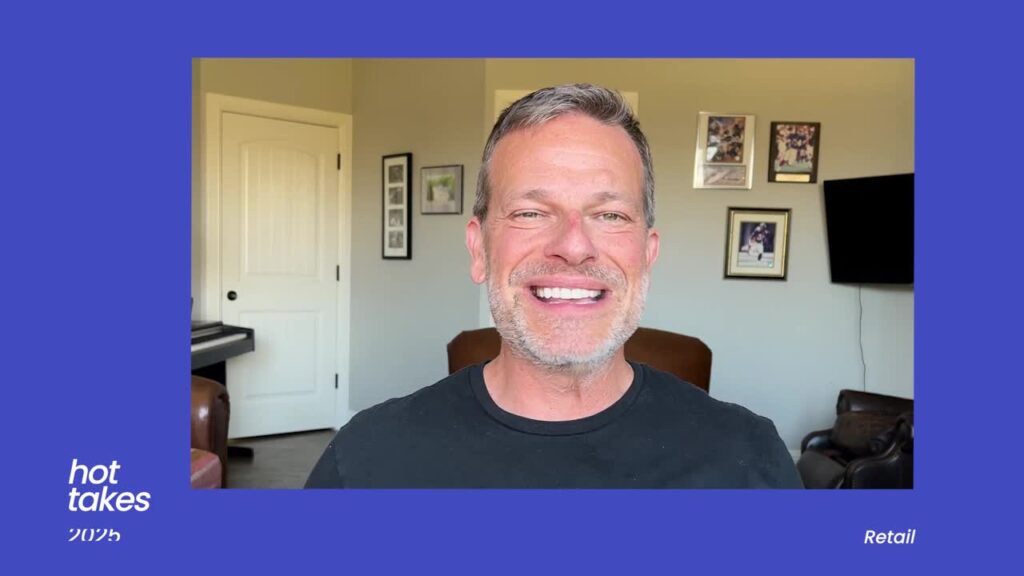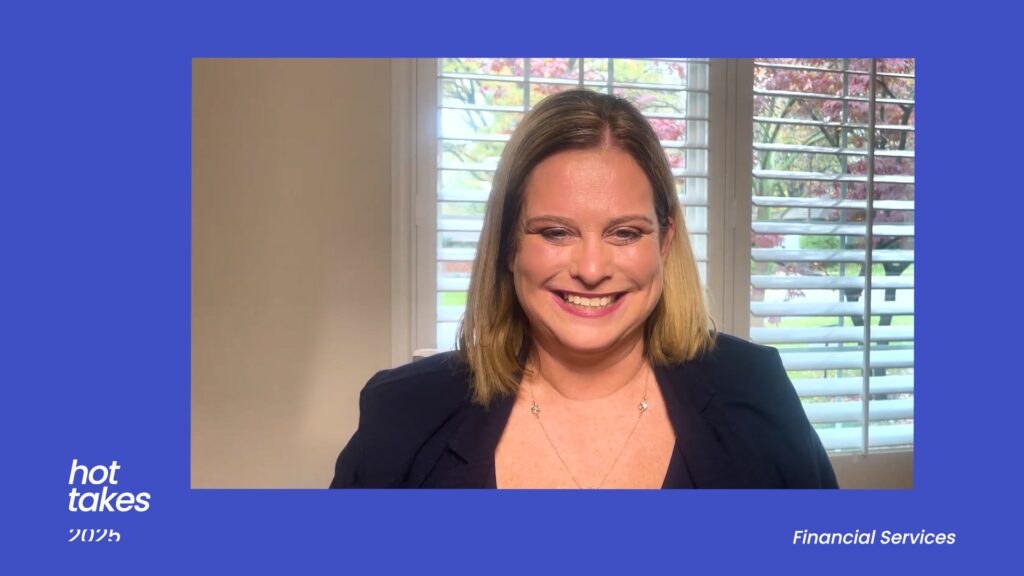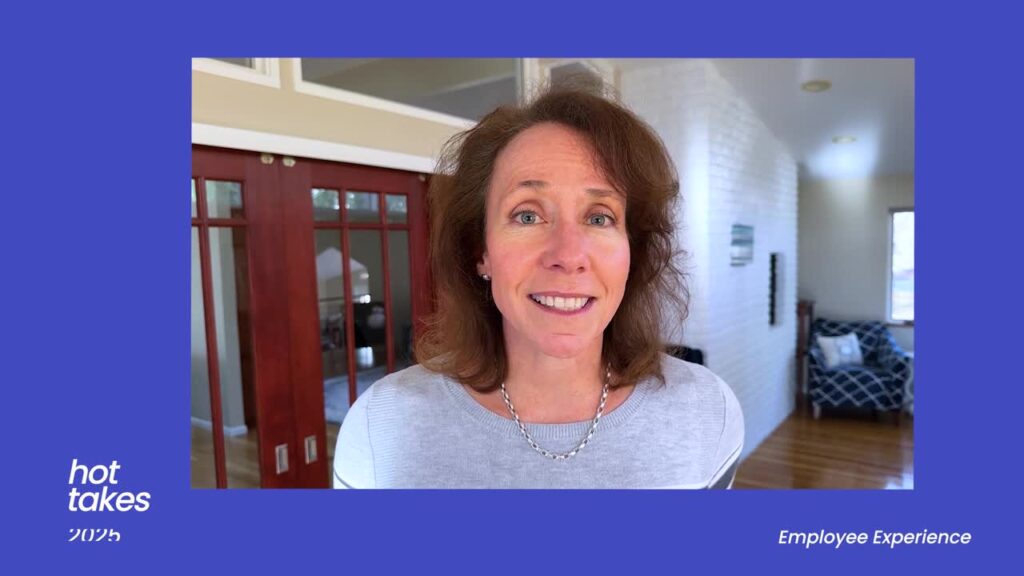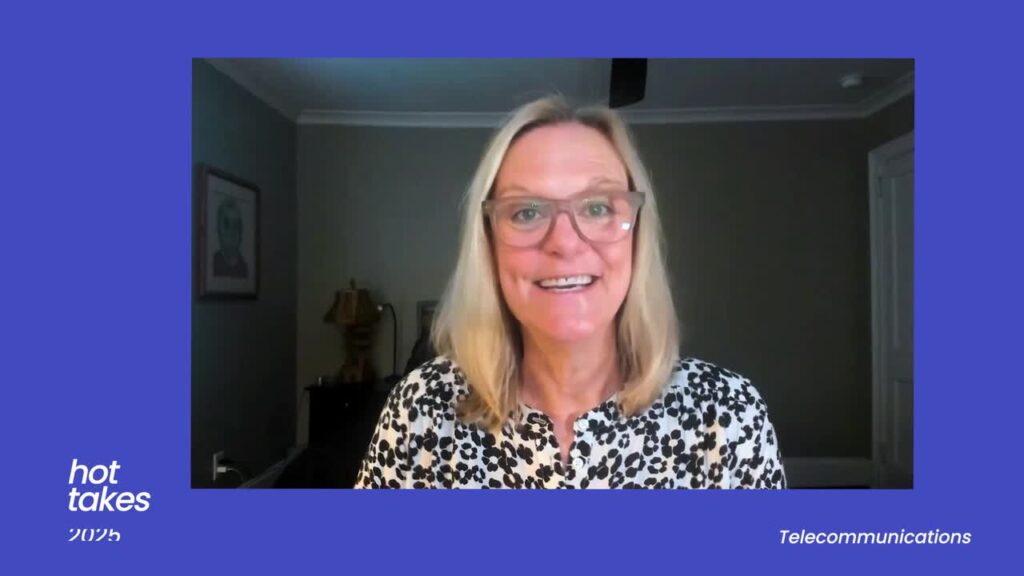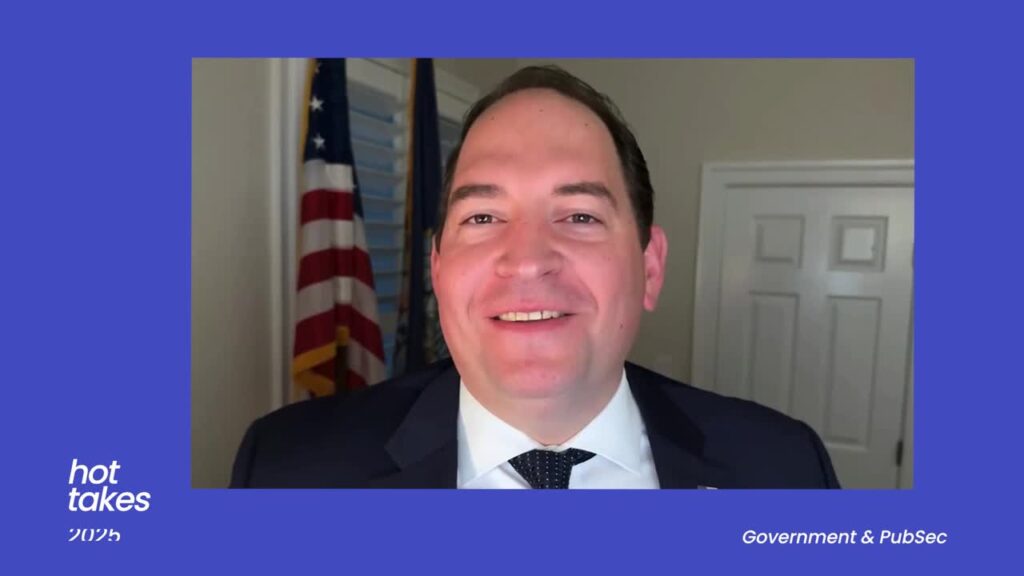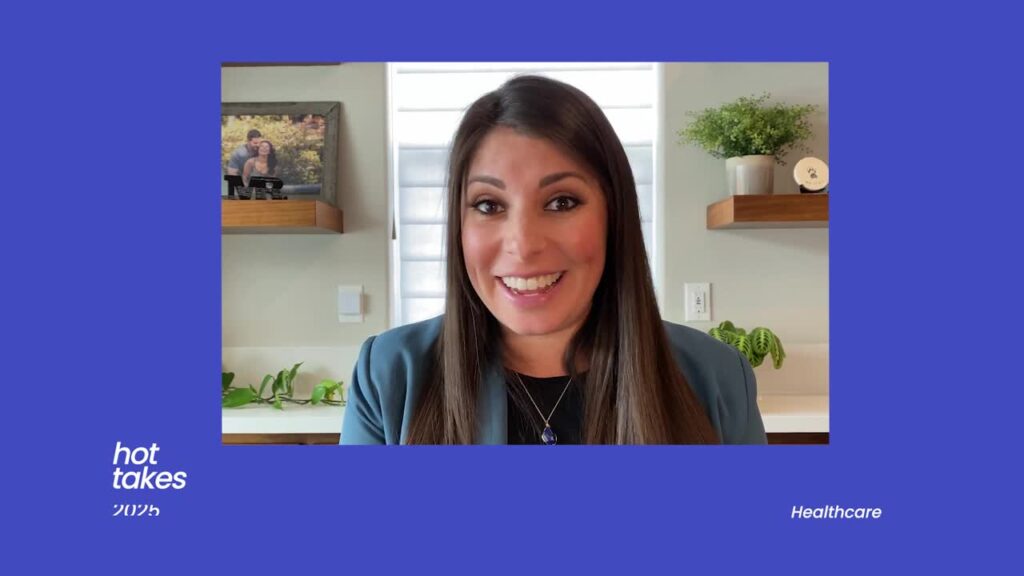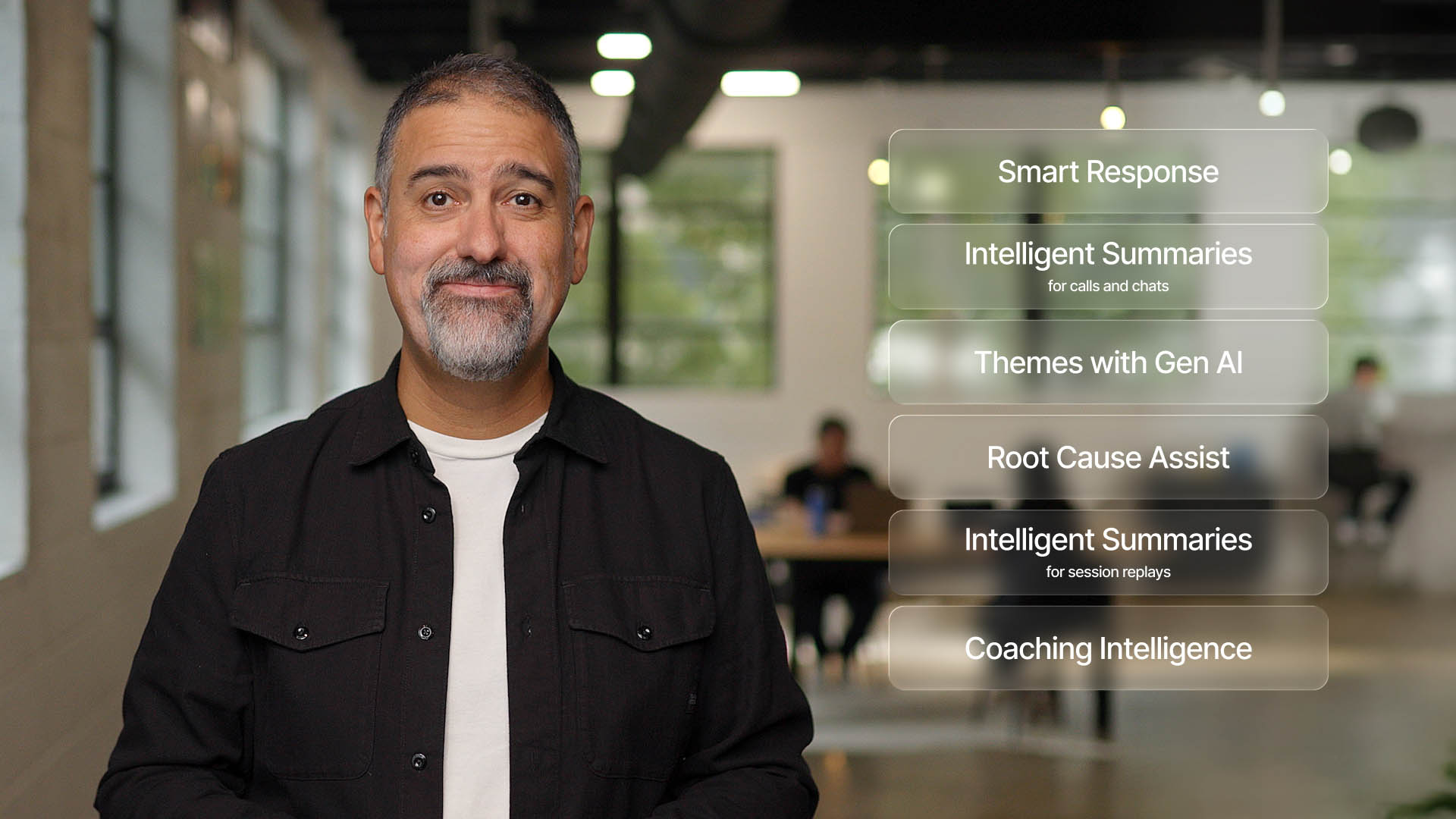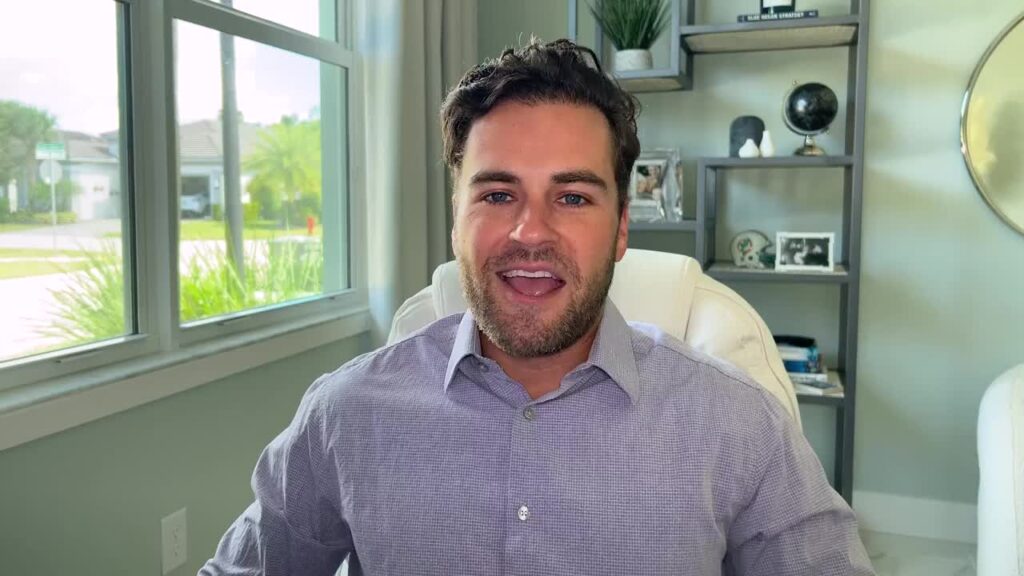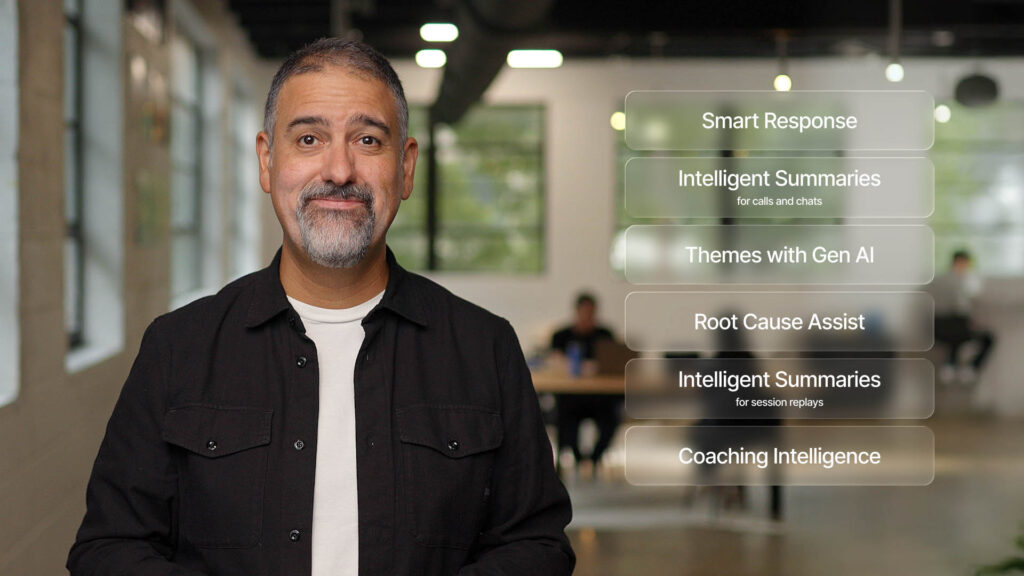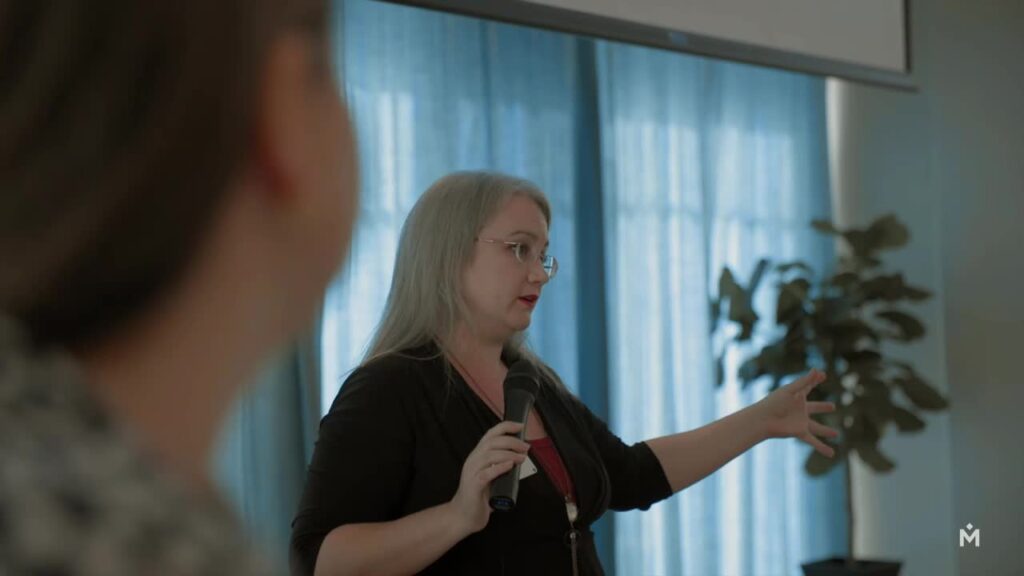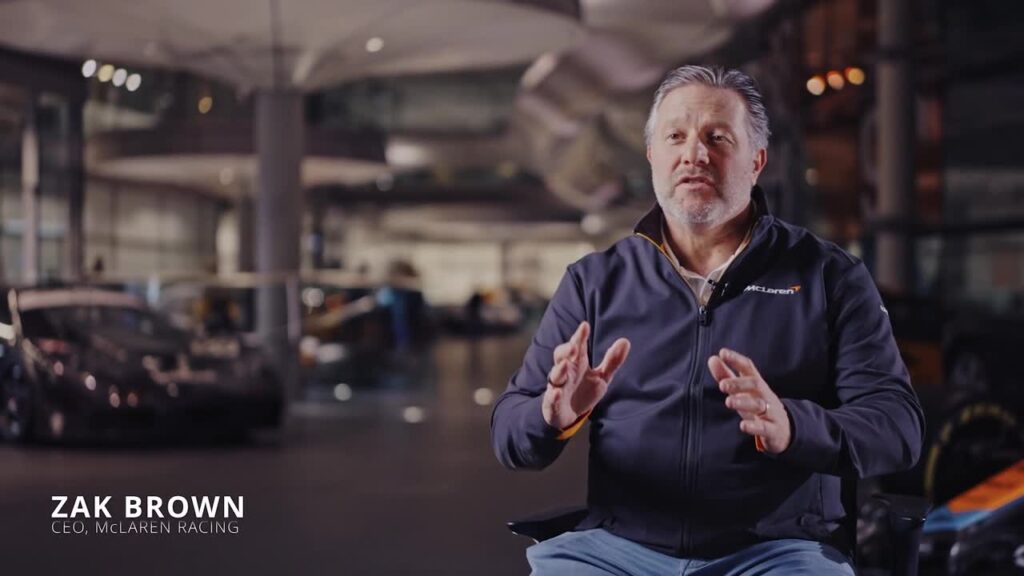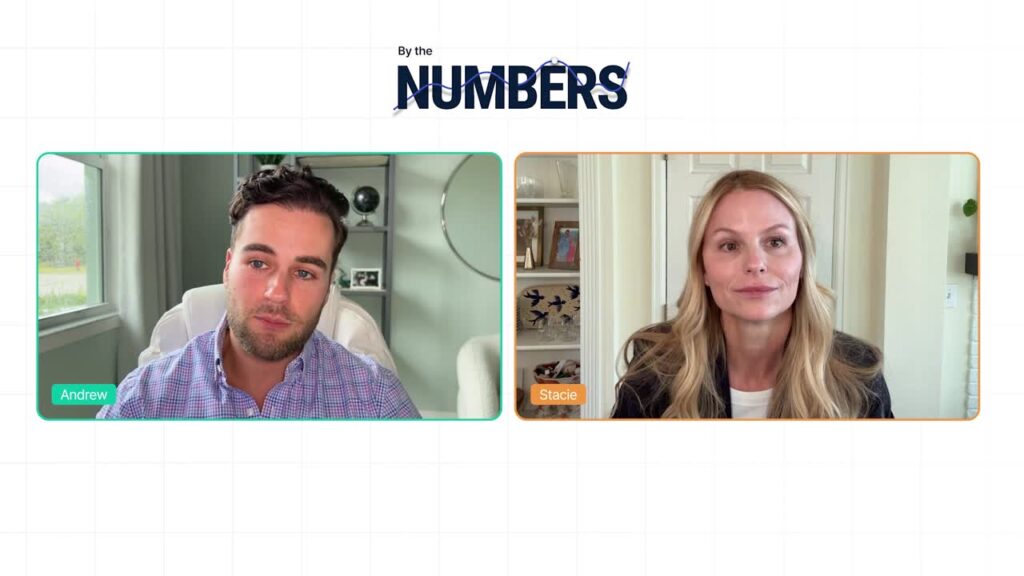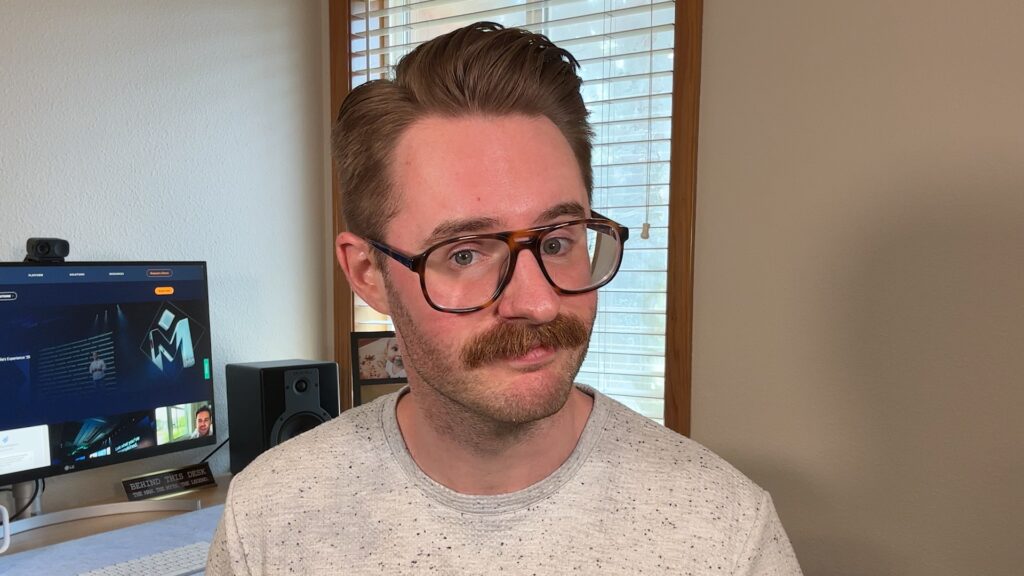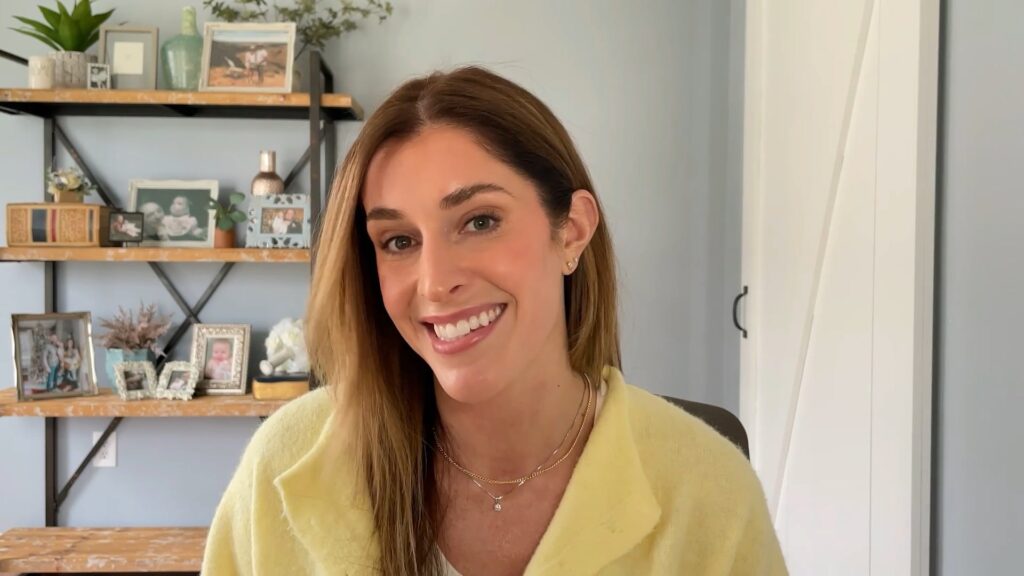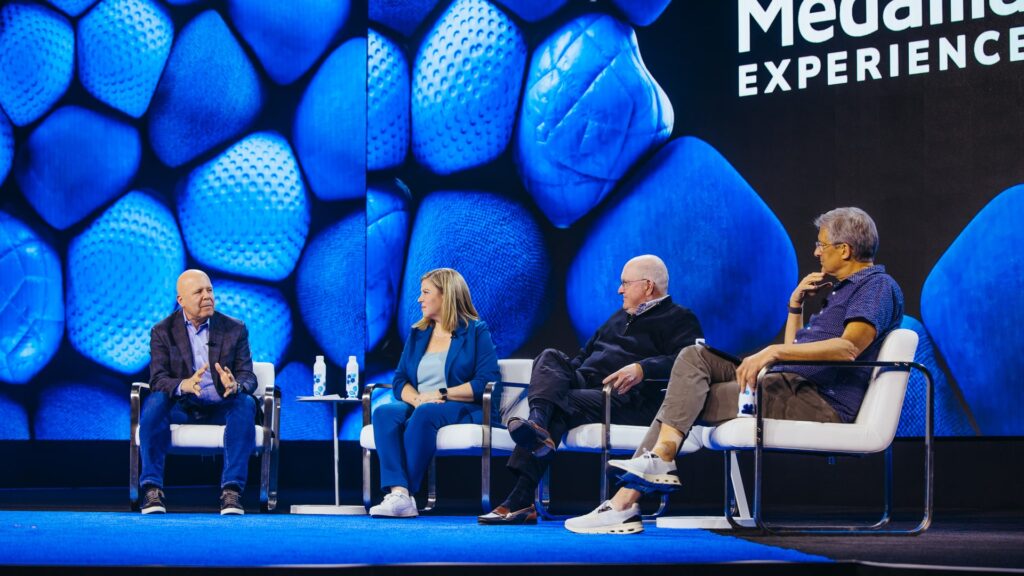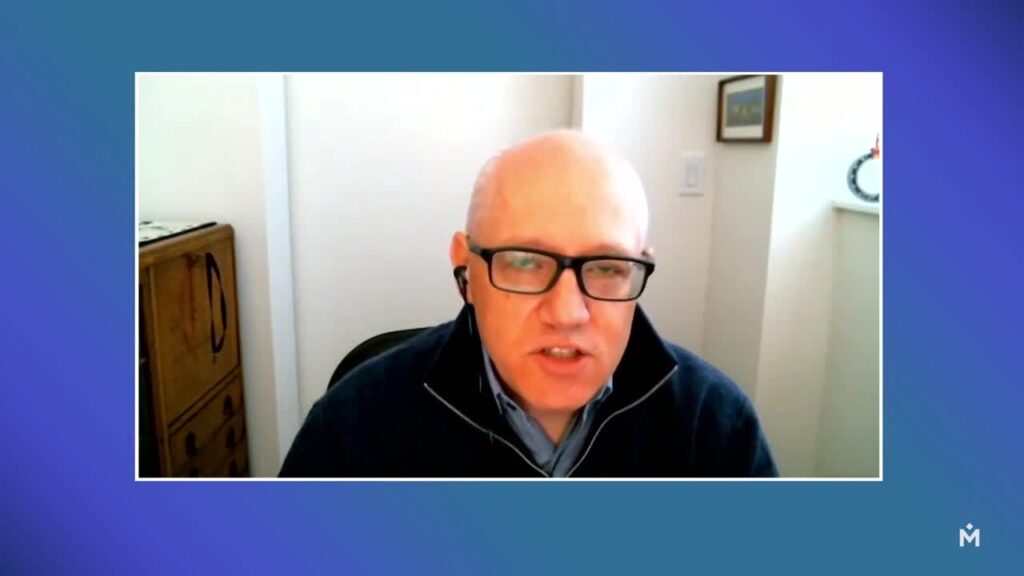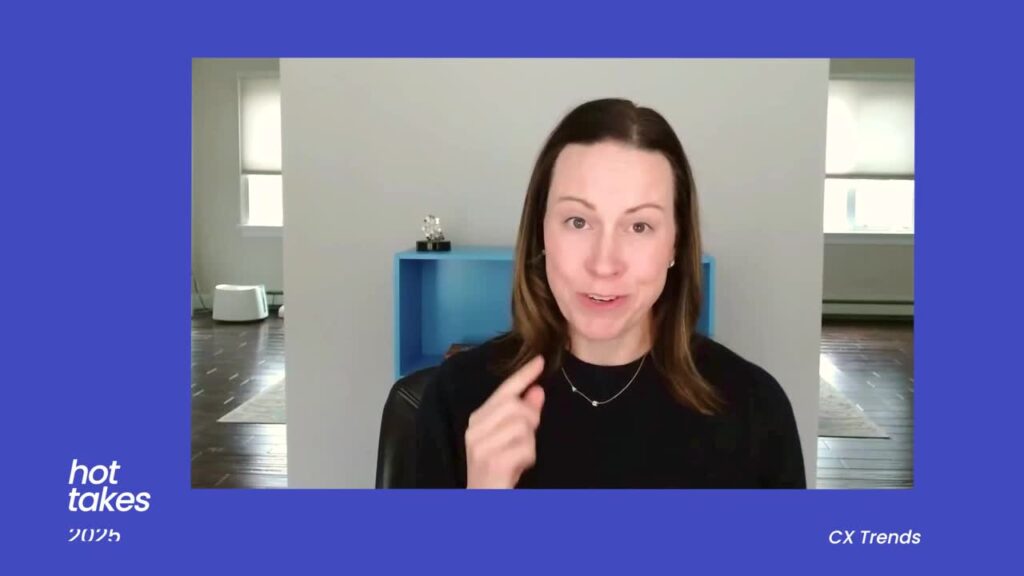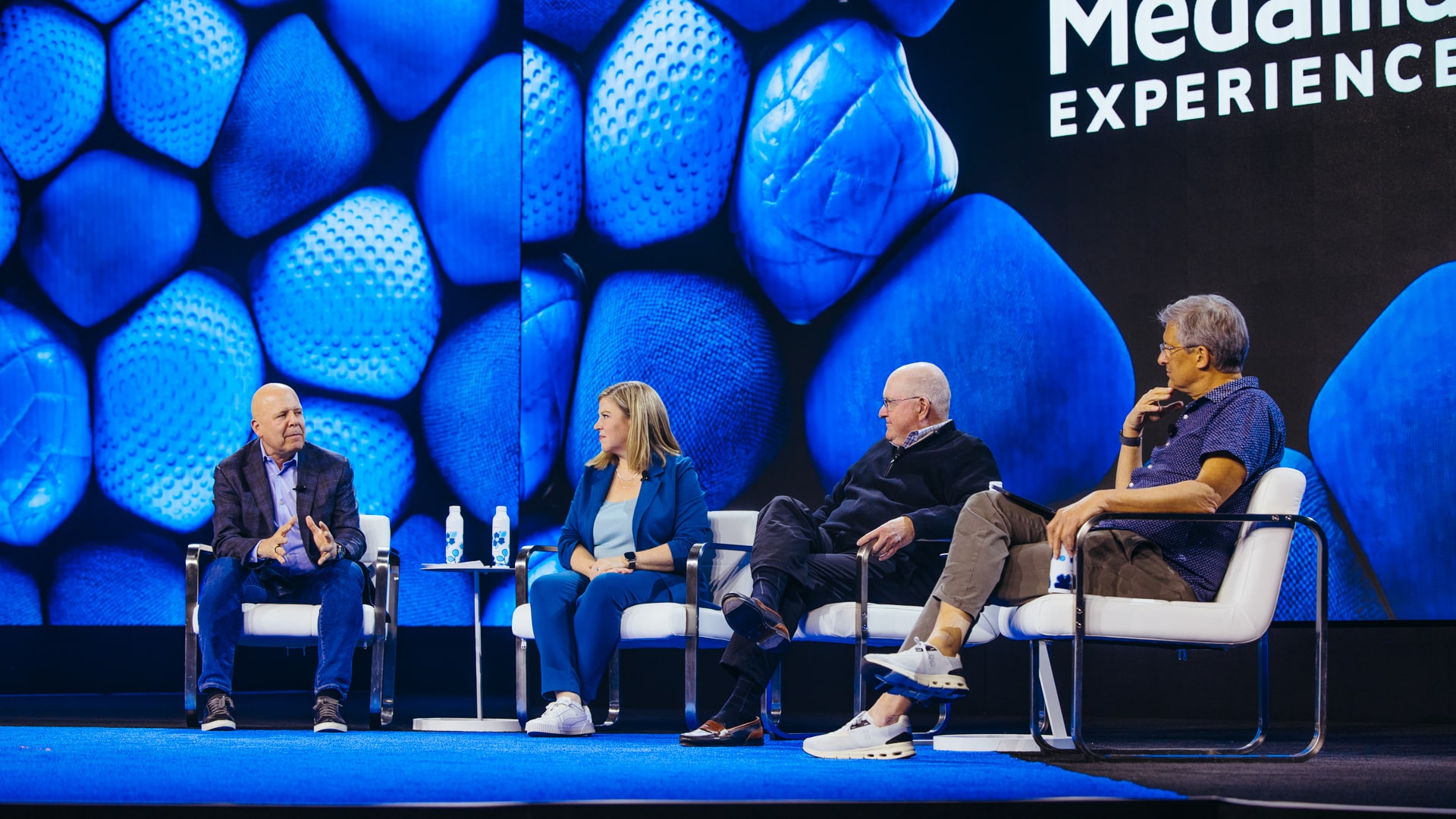Ben Brewer: [00:00:00] We saved our finest for this finale. We’ve got some of the best and brightest in the CX industry to debate to discuss where the CX industry is going. Here are our three panelists. We’ve got one you are extremely familiar with Fred Reicheld. He is the mastermind behind NPS. He’s got some interesting thoughts and approaches to where CX is going, specifically around NPS and the industry.
We’ve got another heavy hitter in Jeannie Walters, the CX Trailblazer, who’s all about turning reactive customer service moments into wow experience. And last but not least, we have Shep Hyken who turned customer service into a specific art form as well. We have Sid, our chief strategy Officer who will be facilitating this discussion.
Y’all ready? All right. Let’s welcome our panelists to the stage.
Sid Banerjee: Good. Let’s do it.[00:01:00]
Alright.
How are you all doing? Very good. I’m very excited to be here with all of you guys. I’ve had a chance to get to know you over the last in some cases years, but certainly in some cases over the last year. I find the panel that I’m with here has a lot of experience and a lot of opinions about really where the CX market is, where it’s going.
I wanted to try to frame our discussion in much the same way as a Christmas Carol, or maybe we should call it a cx Miss Carol. Is that bad? It’s a dad joke.
Jeannie Walters: There, there was a groan.
Sid Banerjee: Sorry, I’m a ad. But really talk about the ghost of CX past the ghost of CX present, and then the ghost of CX future with really more focus on the present in the future.
’cause we’ve all been here. I did also think that maybe it might be fun, and I’m not gonna put you on the spot to do this, Fred, but I think we all have evolving [00:02:00] opinions about where where NPS is going, where traditional survey programs are going. But because Fred is the father or even the grandfather of NPS, I thought it would be fun to just have Fred debate himself on the merits and the disadvantages of of NPS.
I think we’re gonna do that anyway, but we’re not gonna put you on the spot to do that right now, Fred, so don’t worry. But I, let’s just open things up first with a, maybe a general general question. This will give us a chance and all of you a chance to really talk about your careers in CX and how you, things seen, things moving, but as a, as an opener maybe can you give us all a perspective of how you’ve seen this, the customer experience business really evolved over the last five or 10 years?
What’s the same, what’s different? What are the current maybe past or more evolving challenges that people are dealing with when they talk to to customers and they use that customer feedback. And feel free to drop in any experiences you’ve seen in your past through either working in the practitioner or interviewing or talking to customers.
Other things. That’d be great. Great to talk about. Anybody wanna start?
Fred Reicheld: I’ll start way back in history. Okay. [00:03:00]
Sid Banerjee: Go ahead. Grandpa.
Fred Reicheld: 35 years ago I wrote a book about loyalty and laid out all the economics ’cause I was deeply frustrated by how satisfaction surveys and satisfaction research was done.
And it was market research oriented, res, research not for operating the business. And the people who got famous in it and were the titans the people that got in the Wall Street Journal every month, they claimed that it was linked to financial results. They built an ETFA mutual fund.
And it’s been in the bottom quintile every year is of its existence. It convinced a lot of senior people that this doesn’t link to what we care about, which is cashflow for our investors and prosperity. Then I came up with this idea that gosh, it is true. I, the companies I most admire are what great loyalty of customers and employees.
They’re succeeding, they’re crushing the competition. So we built loyalty, economics, and all of the customer lifetime value. That was a good thing, but not a great thing [00:04:00] because it’s not contemporary. You can’t hold people accountable. It’s out in the future. But the one piece of it that was very tangible and current was retention rates.
If somebody left there was a tangible cost, you could figure out what it’s worth. And I think that started us down this path of economic connection between customer service excellence and CX and and a measurable result. It has not progressed as far beyond that as I would like. We can talk about NPS as the president or whatever, but the early parts of NPS was me putting my personal money in companies stock, who had the highest net promoter score measured very carefully in a research double blind way.
And it’s made me a wealthy it really does link, but as NPS has rolled out across the world, I think it’s been pretty poorly applied and we can talk about all the bad things that have happened, but I’ll stop my story there and and say we’ve, we’re actually at a point where I continue to have great financial success.
[00:05:00] Putting my money where promoters are created, but most of the world has, is, does not see that connection as well as it doesn’t, it hurts you in CX because you don’t get the respect you deserve.
Jeannie Walters: You were debating yourself a little bit there, so that was great. Yep. So I think one of the things that is easy to forget, especially when we’re surrounded by all these amazing CX professionals.
There are still people who we all meet in our daily lives. And you say you are in this work. And they go customer experience. That sounds fun. And they really don’t know what it is. And I think that we’re still in this evolution of realizing, first of all, our customers are going to have a customer experience, whether we talk about it, whether we plan for it, whether we do any of that.
The shift that I am most excited about is that we are becoming more intentional. About the experiences that we’re designing for customers. And then, this virtuous cycle that we’ve heard about a few times, [00:06:00] we hear that feedback from them. We’re able to do things in a much more agile way than we ever have, but I think we’re still not catching up to the idea that we have to lead with a vision, we have to lead with a strategy.
We heard about that on this stage a few times, that it’s not just about. The bells and whistles. This is about something bigger than ourselves,
Sid Banerjee: right?
Shep Hyken: I’m gonna take a little different path. First of all, everything they said was absolutely 100% correct. However, you can go back thousands of years.
And the first complaint letter of all time is in the British Museum, and it’s carved into a piece of stone. And it was translated that somebody was unhappy with their copper ingots and complained and all of this. And I realized that the customer was unhappy and all they wanted was to be happy. And if you think about what’s happened over those thousands of years and what’s gonna happen over the next thousand years, it’s the same thing.
[00:07:00] So in a broader sense, nothing has changed. However, the way we go about it, that’s what this whole conference has been about, and that’s what we’re gonna talk about today.
Sid Banerjee: Very good. Yes. I, I remember the first time I ever went and this is about 30 years ago, I went to the Soviet Union before it had become broken up and became, the Russian Republican.
There used to be a joke that if you had a complaint you’d go to the back of the room and there’d be a little notebook you could write your complaint in. And no one ever looked at the notebook. So I do think that instituting a way of capturing feedback and actually acting on what’s driving that loyalty has been helpful, but it has to be activated, right?
And I think that’s what NPS has done. It’s helped us to activate that as a business process. Alright, so a question that I might ask going into more of the present day is when you think about where we are today, surveys continue to be the most meaningful way to collect feedback. But I am curious to get your guys’ thoughts on how should surveys be used today?
What are they best suited for? Where have they, jumped a shark, if you will, [00:08:00] and maybe be less useful than they might have been a few decades ago or a few years ago. You want to answer first, Frank? Sure.
Fred Reicheld: I’m sick of surveys. I don’t fill ’em out anymore. I they’ve been abused so horribly and called Net Promoter.
It’s the worst misbranding I’ve run into net Promoter is about the simple idea that if every life you touch, you either enrich it or diminish it, it would be really good to keep track of that, if that is your personal mission and the mission of a business, right? I think net promoter early on made it clear that when you measure that thoughtfully through surveys in a way that’s not biased and gamed, and that really is apples to apples that explains who’s growing prosperously and generating cashflow, who’s not.
So it’s a really good system, but then people just pound it away. Survey after survey until response rates are, I don’t know what, one, two, 3% maybe. The superstar says, oh, I get 10%, and you say, wait a minute, that’s 90% failure rate. Toyota doesn’t take that. You know what? Come on. It’s a broken system and I think, let’s get back to the [00:09:00] basics.
We need to identify when we’ve enriched a life and turn a customer into a, an asset and let’s learn from that and do more of it. And then when we’ve failed, let’s make that very clear. And it has to be in a real time contemporary measurement process that links to the cash flows of the business.
Jeannie Walters: I think there’s a place for surveys as long as we understand kind of the risks and the rewards of them. The thing that I see over and over again is that we waste time, we waste people’s time, we waste our employees time, we waste the time of our systems because we don’t have a plan to really activate.
So many surveys are based on curiosity, which I think a lot of customer experience people have, which is great. Sure. But you can be curious about a lot of things. I could ask you all about your life story, but if I don’t do something with that information, if I don’t improve that life for you, then I don’t think they, [00:10:00] that we’ve gone overboard, with them.
Fred Reicheld: What’s the last time you got a survey that made you so happy with the experience? You wanted to do another survey?
Jeannie Walters: Yeah, I’ve had,
Fred Reicheld: it’s happened to me, but go ahead.
Jeannie Walters: Have you, that’s a good question because I was gonna say, I’ve had surveys where I haven’t been happy it came with
Fred Reicheld: a check to complete the survey.
No, I understand. Another one, those I take the check and throw out the survey. What checks are you guys getting? It’s usually a dollar bill, isn’t it? Yeah. That survey that I got that made me wanna do another one was when I put a zero and explained why, and somebody senior called me up and apologized, probed for the root cause and said they were gonna fix it.
That made me wanna do another survey. Yeah, that’s very rare
Sid Banerjee: if you know you’re gonna get some sort of, or you have a high confidence that somebody will actually listen to
Fred Reicheld: do something productive with it.
Sid Banerjee: Yeah, that’s fair. That’s fair. So I think activating is important. I was gonna say my my personal to your question, the last time I filled one out was actually in a in a healthcare setting where someone had really touched a member of my family and I wanted the organization
Fred Reicheld: recognize the excellence.
Yeah, totally agree.
Shep Hyken: I think part of we do annual [00:11:00] survey every earth consumers, and one of the reasons they’re frustrated is they don’t believe that there’s gonna be anything done with the information that they share. Yeah. So that’s number one. Number two, the timeliness of the survey, and you and I talked about this earlier, if it’s done within 24 hours and it’s a reasonable length, one or two questions, maybe it’s a simple one question survey.
Yeah. And with and everybody doesn’t need, you don’t need to send this to 20,000 customers. You may need to send it to a base of customers and change the question for the other customers. And you’ll get lots of different answers from different questions. And to your point about, when’s the last time, you love doing that survey.
Is that the last memory that you want that customer to have of the experience they had in doing business with you. So be careful how you use that. And to your point, it is so important. And let’s talk about what Denise said this morning that she said 10% of the survey information that you get is being acted on.
That kills me. But that means we have opportunity here at Medallia, don’t we? [00:12:00] Yeah, we do. Just had to slip that in.
Sid Banerjee: I, do you have anything you wanna add? Jen? Jeannie. Jeannie, thank you. I dream That’s right. We were gonna talk anything you wanna add? I had one other comment I’ll make, but I want to
Jeannie Walters: Go ahead.
Go ahead.
Sid Banerjee: The one thing I was gonna suggest two, two quick comments. One was that and I shared this with with actually a member of the audience who happens to be a me customer, but I had a very negative experience with their company a few months ago where I was trying to basically renew something with the business and, it got bungled, they did not renew it properly and I ended up with some, basically some service and fees and things that I was not expecting to pay. And I spent a bunch of time trying to resolve the issue. I never got a survey, so they never captured my signal after actually two phone calls each lasting about 40 minutes, 30 to 40 minutes.
The good news on the negative experience is that they did track it anyway and they were able to resolve the issue eventually. But it does beg the issue if I don’t even get a survey. Is it like a tree that falls in the middle of the woods? Does anyone,
Fred Reicheld: have any of you guys done a [00:13:00] rage dial?
No one ever that I, that’s very obvious to the, to whoever’s on the other end, but they ignore it. Yeah it’s, you should have gotten a survey
Sid Banerjee: then. I should have, but I didn’t, but, and that’s the challenge to you. It’s also hit or miss. Okay. So one jumping to another question, and this is this is maybe a bit of a transition, but when you do think about listening, like when.
Customer or that organization did listen to me, even though I didn’t give out a survey. What do you think about the difference between listening and asking? I dunno if you want answer that one. Jeannie.
Jeannie Walters: So I think it’s really important to remember that we are bizarre people. Humans don’t really make sense.
We say one thing, we behave differently. So a lot of the signals that we look for aren’t necessarily the things we ask for, right? And so when we think about listening, I like to think about it as like a Venn diagram where we are certainly asking for that feedback. And giving them the opportunity to tell us how they feel and what they saw and observed and then, and remembered, because memory sometimes is [00:14:00] different from reality as well.
And then we look at operational metrics. What is that telling us, right? If churn is going up or all of those things. And then behavior, what are they actually doing? Are they leaving at this point? Are they referring people? There are all these signals, but we have to look at them holistically.
And that is what I really think is listening versus just asking. Fair enough. The a big part of listening is actually listening in the right place. And the challenges in most large organizations, there are many places where you can listen. Many places you can’t listen. Where do you think are the best places to try to find those kind of conversations to listen to and what’s the best way to, to capture and or activate them?
Sid Banerjee: And anybody you want to venture a guess on that?
Shep Hyken: How about social media? Yeah. You can look at the conversations that are happening about your brand and that’s a brilliant place to go find what people are really saying. Could be ’cause. Many times, I would say the majority of times people go to social media with a complaint, not hoping to [00:15:00] use social media as the channel for customer support, but they’re seeking revenge because they couldn’t get it anywhere else.
And hoping to be heard. And as our mutual friend Jay Bear says, when you put it on social media, a customer puts on social media, it becomes a spectator sport. Everybody gets to see how it’s handled. And I think that can do a lot to hurt a reputation or watching how a negative comment is responded to can be a lot to help the situation.
And I just wrote an article about interesting thing. If you wanna get feedback on what customers don’t like, don’t just look at the complaints about your company. Go on social media and look at the complaints that customers are saying about your competitors. Because they’re probably saying the same thing about you.
You just don’t know it yet.
Fred Reicheld: I asked the there and asked, I asked this very similar question of a very bright, very successful CEO, and she said the way you get the best insights social media is okay, but you get a lot of crazies on that. It was just one channel. But [00:16:00] the best way is if you can listen in when your customer is talking to other customers or other prospects about your company, if you could do that in a socially appropriate way and can you create forums where that happens?
You really learn the truth and you don’t get all the gaming and sampling and signaling that you get through surveys today. Yeah. Can I just add to that? Yeah, go ahead, Jeannie. The whole idea of kind of we can listen in all these places now can be really overwhelming too, and so I think it’s really important that we’re intentional about.
Jeannie Walters: What are we trying to learn and what are we going to do about it? Because sometimes social media might be the right place. Sometimes it’s really tuning into the people who are calling or what are return rates telling us about a certain product. So I think it’s really important that instead of treating this, like you have to listen everywhere all the time because that’s not, I see CX teams right now that are totally overwhelmed, and I think it’s really important to just keep coming back to who are we, what is the [00:17:00] promise that we’ve made to our customers, and how can we best live up to that in a really intentional way
Sid Banerjee: that is a good bridge to another maybe conversation topic I want to approach.
And there’s actually been echoes of this theme in a bunch of the sessions that I’ve listened to and in a bunch of the conversations I’ve had with customers as well, that as you open the aperture to more and more signals and conversations, if you’re just laying them into. An indicator or a KPI or a dashboard, but you don’t have intention on how it is you’re looking at that data.
It can be overwhelming. And I’m, I’ve talked to several customers that have said, yeah we’ve got a lot of doc KPIs, we’ve got a lot of signals. We’re not quite sure where to find, the gold, as we’re panning through the river of all these signals and rocks. And one common theme that does emerge, the companies that are do it best are tending to look intentionally towards either outcomes or brand promises or specific things that are [00:18:00] important to actually achieving.
To your point, Fred, I mean that, that cash flow and that revenue Yeah. And
Fred Reicheld: you remind me of a really good way to use surveys Yeah. Is ask your frontline teams how proud they are of being able to live up to the mission of the business or enrich the lives of their customers. And then employee feedback.
Yes. And then you find out what’s getting in the way Yeah. Of achieving that.
Sid Banerjee: That’s fair. And that way you, they’re gonna give you the information that you need to actually improve a business process. There, there are a few kind of outcomes that seem to come up a lot, right? One is obviously do my customers continue to do business with me, which is a loyalty metric.
But the other is financial outcomes, right? Not just experienced outcomes, but actual operational outcomes. You guys have any view on what you’ve seen work well across different businesses? I don’t know, Jean, you had some thoughts on this before in terms of the key outcomes.
Jeannie Walters: I think first of all, I always say our math is harder, right?
Yes.
Sid Banerjee: Like
Jeannie Walters: we, it’s so easy to say if you get more sales, this happens. And that’s, so when you talk about sales metrics, it’s different. What I think we need to do, Sasha talked about this from [00:19:00] Capital One. We have to figure out what does our organization care about? What are their outcomes that they’re looking for?
And then what do our leaders care about, right? Because your CMO is different than your CFO, and so we have to break down. What are the efforts that we’re putting in and what do we expect from that? So if we’re looking at something like we want a better brand reputation, that’s great. What does that mean?
How can we actually measure that and then get into it? Because unfortunately, I think a lot of CX conversations don’t elevate to that business level when they need to, and we need to do that earlier in our strategy. And when we’re working with cross-functional teams.
Shep Hyken: I think part of what companies do is they get all these measurements in so many different ways, in so many different.
I guess a different point to your, what you said was great. The CMO is gonna have a different set of KPIs and measurements that, [00:20:00] that define success. So we need to collaborate at the top to determine what success really looks like. We need buy-in on the front line, and that means that they’re getting feedback from customers that are telling them, I do love your product.
I’m just calling ’cause I need help. If I have a complaint, I call you because I know you’ll take care of me. And when you can start measuring the reputation, I think that’s a word that you use because the reputation, I always talk about creating this amazing experience. And amazing isn’t about being over the top.
It’s about doing exactly what’s expected. And if your customers are using the word always plus something good, and we get to define what we want them to say. But if we hear them using those words, they might say, oh, they’re always so knowledgeable. I always get through so quickly, they always respond or get back to me quickly.
They’re always helpful, they’re always friendly, even when there’s a problem, I know it can always count on them. So you put that word always in front of something positive, and we just have to define what is it that we want our customers [00:21:00] saying about us, and then figure out ways to achieve it. Yep.
Sid Banerjee: Yeah. I think one of the takeaways from this, all of the answers from all of you is that it’s about looking for the things that, drive positive outcomes. Another mention, again, I’m summarizing from conversations I’ve had today and yesterday, but one of our one of the people here in the room said, our organization loves looking at our our performance metrics in our NPS program and our, in our survey program.
And they love seeing the scores go up, but when the scores go down, we don’t always know why. And that’s where there’s a kind of a friction point. I think it’s important to be able to know what you’re looking for and if those things are, actually retention or sales or other things, it’s important to connect to those things that you do know you want to achieve.
So part of it is understanding what things are, the always outcomes you want, and they’re gonna vary by different parts of the organization and certainly by various parts of the kinda the customer journey, whether it’s digital, whether [00:22:00] it’s a branch, whether it’s a contact center, whether it’s a product group.
They’re gonna have different lenses and I think they all need to locally optimize to what they think the customer needs to achieve the business goal. And I think you need an overarching goal that says what is the overall success metric for a company. The other thing to avoid is local optimization and global sub-optimization.
So it’s easy to say, but I think it’s important for us to think about this as a company. What are the things we want to achieve?
Fred Reicheld: I will, most businesses have not done a good job of designing. Deciding what are the one or two signals Yeah. That we are gonna use as metrics for the overarching success of us as a, as an institution and living our mission.
I think those sometimes are hard to measure. And so you devolve to things that investors like to look at or these yeah, as you, siloed or partials. But we gotta be really clear about what is the, what’s that north star, right? So everyone can take a clear sighting on are we making progress or not?
Jeannie Walters: If you wanna have fun, just walk up to a couple people in your organization and say, what is our mission [00:23:00] and what are our, how do measure
Fred Reicheld: progress? What next and what
Jeannie Walters: are our top goals this year?
Fred Reicheld: Yeah.
Jeannie Walters: And usually people can’t align around that, and that is up to really the leadership to communicate and to socialize and to really get people to a point where they can internalize it so they can deliver it in their daily work.
Sid Banerjee: Yeah. And I think that’s a, that’s an a question that CX organizations should be asking. Research organizations Yes. Should be asking. ’cause it’ll inform the kind of analysis they do and the thing, and frankly, ex organizations too. Because you then wanna look for those same markers in the employee part of the business as well.
Totally agree. Yeah. You
Shep Hyken: want
Sid Banerjee: everybody
Shep Hyken: in alignment. Yeah. And if you look at a company’s vision statement, there’s a pretty good chance, or maybe it’s their mission, value statement, whatever, but there’s a pretty good chance you’re gonna find a very clear one sentence or maybe even fewer words that define what you want the customer experience to be.
Yeah. My, I call them mantras because they’re usually, like I say one sentence or less ACE Hardware, the helpful hardware place [00:24:00] while it’s customer facing and it’s what they use in their commercials. They have a whole program focused on being the most helpful retailer on the planet. They certify helpful the Ritz Carlton where ladies and gentlemen serving ladies and gentlemen, they’re probably gonna have to change that in the woke society that we live in today.
But something close to that allows you to say, are you acting in a way that delivers on this mission and or this vision? And it’s one sentence long. And if you ask every employee of these companies, they can recite it no problem. Because it’s one sentence or less. If you even ask a CEO to recite the vision statement, they’ll look at you like, why are you asking me that?
And course I know my colleagues,
Jeannie Walters: and unfortunately, I did a, an analysis a couple years ago of, and it was just airlines. Many corporate statements do not mention customers. They mention stakeholder values. Yeah. They mention things like that. So sometimes you have to take a next step and we create customer experience, mission statements, things that are about who we are.[00:25:00]
Otherwise, every single individual is being asked to make judgment calls. And those are based on our own life experiences, our own history, our own assumptions, and sometimes we can’t be all things to all people, so we have to say who we are.
Fred Reicheld: Jim Col. Jim Collins wrote a really famous, outstanding book called Good To Great.
Sold over 5 million copies. It’s still on every executive I know Bookshelf. That book goes 60 or more pages before it mentions the word customer once. And if you wonder why your CX function doesn’t get the respect it deserves, wow. It’s because businesses leaders believe somehow they can be great and lead great institutions that have very little to do with making a customer’s life better.
I think part of your challenge is making it clear that making customer’s lives better is central to generating cash flow and profitable growth. And until we get that solved. It’s gonna be very frustrating for all of us. So are we actually suggesting that everyone’s homework assignment when they [00:26:00] leave is to know or draft a customer mission statement?
Jeannie Walters: Yeah. We have templates for you. And how you
Fred Reicheld: measure and how, what are the one or two signals? I’ll give you an example. It’s a guide that actually sent me on my journey many years ago. Andy Taylor the longtime CEO of enterprise Rent a car built this monster success in car rentals, the largest on the earth.
And he did it this capital intensive business with the largest fleet of cars, I think, in the world. And he did it with his own money. They generated their own funds, was not a wealthy family by any stretch. They are now, they’re worth probably 30 plus billion dollars. But he said, Fred, there were, and this is when Hertz was huge, Avis was huge.
How do you go past those? The leviathans who have all the scale economies and the relationships. Hertz was owned by Ford, and Ford would give ’em their inventory. So they’d, how do you win? He says, Fred, there’s just one way to win. You treat your customers so they come back for more and bring their friends.
[00:27:00] Duh. Your companies aren’t measuring that. And I’ll bet you those are two of the signals that get you closest to the true north of what your team wants to accomplish. If it has something to do with enriching lives of customers, those are two damn good signals. And
Shep Hyken: that’s the result of knowing what to do.
Listening to Will Yesterday talk about how to become the number one restaurant in the world. We’re not most, I don’t know if there’s anybody here in the restaurant business, but most of us probably aren’t yet his way of thinking. How he basically talked about journey mapping and looking at every single interaction point in saying, what do we knew need to do to make this point different?
Then anybody else in our industry, or at least enhance it to where it can’t really get any better. And you may have a great idea on how to do that. You just need to make sure the customer agrees with you. And that comes from listening to the signals and the feedback. And once you start to string all of that together, you’re gonna get the result that gets you that nine and 10 on your NPS.
But the nines and tens [00:28:00] don’t mean anything
Fred Reicheld: anymore. The bad news on any did they do make you
Shep Hyken: feel
Sid Banerjee: good though? They do make you feel No Fred reminds me of a number one rockstar who never wants to play as greatest as fit anymore.
Fred Reicheld: I used in the old days, it used to mean something when my son worked in an Apple store and he got a 10 from a customer and a really nice verbatim, it made him feel wonderful. Now the world has been trained by car dealers and retailers all over the place. Only at hotels, only a 10 as a passing grade.
So increasingly there are courtesy tens out there. I don’t want to get anybody in trouble. I’m not gonna refer you to a friend and I might not even buy more, but I’m gonna give you a 10. So I think one of the weaknesses of NPS as run by many companies today, it’s not identifying promoters. False. Yeah.
It’s a false positive. You catch ’em. A detractor is easy to catch. A zero doesn’t, they’re not happy. But a 10 doesn’t mean it. Now, 10 plus a great verbatim comment, and this is where [00:29:00] text, analytics and emotion. Great. You could identify a sample of true promoters out there with that score and that. Yeah. But the best way, if it is back to this, what the CEO said, if they’re talking to their friends about you and they’re recommending that you give it a try or you buy more from them, that is the purest signal that there is and so I think as we move away from surveys and toward signals, if I were pointing AI in any direction, it would be a.
Who are my true referrers and what’s the root cause behind that so I can get my organization to do more of it. Yeah,
Sid Banerjee: that’s, I think that’s very helpful. I wanna bridge a little bit into some of the future. So I’m gonna lean into some of the AI features that I’ve seen deployed today, and then extrapolate to where we’re going.
One of the questions is around emotion, right? Emotion and intention, which is a signal that often you can correlate to themes and topics and experiences and even products. How do you think about the role [00:30:00] of language and emotion markers or intention markers in predicting outcomes, whether it’s a loyalty outcome or a sale outcome or a referral outcome?
Anybody want to offer a
Shep Hyken: I, you and I talked about this I guess about a month or so ago when we chatted. Yeah. You can use, almost use AI in place of a survey when you start looking or listening in on the calls. Yeah. And we’re not talking about customer specific calls as much as the sentiment you’re hearing.
From the AI being detect able to detect rage. Happiness. You’re also able to watch patterns. Even if you go onto a website and you watch how customers maneuver around your website, why are they’re all stopping here? Is it because they’re excited about what they’re reading? Or are they bogged down by not knowing where to go next?
So the AI is a beautiful thing because at the end, if things work out well, you might have a survey that gets you that score that makes you feel good or whatever. But if you can actually track the behavior, and this is what AI is allowing us to do, and a broader sense, it’s big [00:31:00] data versus micro data.
The micro data is the traditional survey. But the signals that come from big data allow you to watch trends happening within your organization. And one other thought as we’re talking about, you, you like the idea of referring the cash flow and the, and everything that comes from the benefit of having an experience that gets customers to talk about you and get their friends to buy.
You also notice less churn and growth without spending any more money on your marketing budget, which is a beautiful thing for companies out there. Yeah.
Jeannie Walters: Except for the marketers
Shep Hyken: ex you have to, we’ll get into that at the next conference.
Sid Banerjee: Yeah. I, I was gonna, it’s reminding me of a experience.
I had recently, I I went on Safari last year when I was having my gap year before I came back to work here at Medallia. And I really wanted a high performance camera. And I started shopping online and quickly realized that the last time camera I had bought was an old fashioned one with film and ISO and shutter speed and all this stuff.
And I had no idea what I was [00:32:00] getting into. And I was scared that I was gonna buy the wrong camera because there are so many features and options. And what ultimately got me to the product I bought, it was a really nice Sony a four. I’ll show it to you someday. I’m in a great lens, was a sales person, spent about an hour with me and got me emotionally comfortable that I could make the right decision.
And at that point it almost didn’t even matter what camera I was gonna buy. I was gonna buy the one he wanted me to buy, right? So emotion got me to the point of saying, I’m ready to buy a camera and then I rationalized whatever the heck I bought. It almost didn’t matter all the features and functions, and I’m a bit of a nerd on everything, including a photo nerd.
But it didn’t matter. He got me emotionally first. And so I think to the extent you pick up those emotion markers in a conversation and you get to the point of what got a person like me comfortable, those are the skills that you wanna learn from, you want to coach your employees on. You want to basically get them over the hump, right?
To [00:33:00] basically with their customers so that their customers feel comfortable. It happened to me when I bought my first car outta college too. I decided the car I wanted that I was emotionally attached to, and then I basically rationalized that I could afford it.
Fred Reicheld: Usually really smart guys who go to places like MITI know they don’t get to that insight until they’re my age.
I know, but I, the older I get, every major decision is emotional. Yeah. And then you try to backfill with data That’s right. To make it rational. I think it’s one of the problems with surveys and self-reported data it’s an emotionally charged decision. People aren’t really conscious necessarily, but I think these little emotional things that come out Yeah.
Give you a deeper insight than some of the rational explanations you might get. Yeah.
Sid Banerjee: And to be honest, when you’re analyzing employee performance and what drives positive outcomes, I think you have to look at the emotion markers. Absolutely. And they’re going to be in the language. They’re going to be in the phone calls, they’re going to be in the text facial.
And when you get to visual, yeah, they’re gonna be in the visual. So AI has a, I think, a critical role to play on that as you start to get to these sort of scalable [00:34:00] solutions for understanding.
Jeannie Walters: And I think you talked about the speed of ai, right? Yeah. And how. Now we can do things just in real time.
That we just weren’t able to do. We always wanted to look for emotion and in the text and the open end and all that. Yeah. But the other part of this, I think is we have to remember, believe it or not, our leaders are also emotional creatures. Yes. So that means that sometimes I see CX leaders and I say, don’t become a number narrator where all you’re doing is saying, this number goes up, this number goes down.
Look at this chart every month. And there’s no context to it, there’s no humanity. And so the more that we can include those call recordings or those videos or those quotes from customers that really showcase what they’re feeling as a human right. That’s when you see leaders go, oh, we need to act on this now instead of just watching numbers go up and down and not really understanding the context of it.
Shep Hyken: Yeah. The stakeholders or stockholders or the people you have to answer to who give you money and invest in [00:35:00] you. Are looking at numbers. So it’s really hard sometimes for that leader to take a look at that emotional connection that’s driving some of it and say, Hey, maybe we don’t make quite as much, but we make more friends.
Somebody, I love the movie wall Street, Gordon Gecko. You want a friend get a dog. But it’s not quite that, cut and dry. I think there has to be a tie to it. Look at Andy Taylor, who you mentioned. He did not have to answer to shareholders. He answered to what he knew was the right thing to do.
Fred Reicheld: Yeah. And as a result, Costco doesn’t answer, does answer to shareholders. They do the right thing. I think there are a lot of examples of you do the right thing, which means treat people. So they do come back for more and refer their friends. That starts a flywheel that makes a lot of people happy, including the investor.
Sid Banerjee: But here’s where my quantitative education does still support emotion, ties to outcomes, because when you start to see the good emotional behaviors from your employees. Drive the emotional connections from your customers actually produce the financial outcomes. And when you start to analyze that, there is a correlation, it’s a [00:36:00] pretty positive correlation.
Yeah.
Shep Hyken: Happy, we talked about that this morning, right? In the keynotes happy customers or happy employees usually translate to happy customers. If you look@glassdoor.com Yeah. And you look at the highest rated companies and you look at all the organizations out there that measure customer satisfaction, you look at the highest rated companies, there’s a pretty good correlation between people that love working there and people
Fred Reicheld: that love doing business with.
Do you know who the highest rated company on Glassdoor has been? About six or seven times in the last 15 years. Here it comes, Bain and Company. There you go. Ba No, but I’m a part-time baney. I have nothing to do with the six and seven. I am so out of, but I have watched what it does differently and the reason it’s been the highest rated on Glassdoor for about ever is.
It has a commitment to putting its teams in a position where they can do the right thing for customers. Yeah. It has a weekly survey to let to gauge progress and every team, how happy are you with the progress you’re making [00:37:00] toward creating value for your customer, what’s getting in the way? And so there’s a real rhythm of how the place runs itself and sets priorities.
And I, I don’t see very many places having that kind of commitment to making sure they’re putting their frontline teams in a position that makes them proud of what they’re doing with their customers. And that’s, again, CX
Sid Banerjee: as Powered by EX really is what it is. And which was a big theme today, I think, in a lot of, and I
Jeannie Walters: think there are organizations that like government and nonprofits and places like that might not be able to tap into the referral network of customers.
But man, the referral network of employees is so important. Yeah. And that can tell us so much. You know what the enterprise survey is, you’re gonna love this if you haven’t heard it. They have a, in each branch they have a process to identify the team member who has most help the team deliver a great service this week.
Fred Reicheld: And then that’s how they recognize excellence. Yeah. Helping the team. So surveys can be very powerful for employees. I think that’s fair. And internal surveys, to your [00:38:00] point, it lets you know what’s, what people are feeling on the inside, what’s happening on the inside. Especially micro, it’s my team.
Shep Hyken: Yeah. My team. What did we do? And we talk about these verbatims too, and I thought about this a few minutes ago when you mentioned this. It’s nice that when you get a complaint letter or a comment that’s negative, what do you try to debrief and figure out why it happened? How we never will have this happen again?
But when we get that positive response, I think the question that’s not asked enough is, how can we get this from every single customer? What happened? Can we operationalize that feedback, that positive feedback, not just knowing that we did a great job. Yeah. What did we do so well that possessed this customer to go out and recommend us to a friend who came in and bought another car or bought another TV setter or in the B2B world, switched all their business
Fred Reicheld: over to us.
I think if more companies could answer that question thoughtfully, systematically, as carefully as they do cash flow and revenue growth we would be in a much better world today. So let me
Sid Banerjee: use [00:39:00] that observation to bridge to a couple of future and change management questions.
I think when we think about CX and loyalty and outcomes, it’s not just about technology. It’s also about people. It’s about process. It’s about committing to change management and continuous improvement. I know we talked about, back backstage, some examples of places where you’ve seen some good.
Kind of people, process, change, manage. But I don’t know if you guys want to give some of the examples that we talked about maybe Jeannie or Fred or I have one as well. But
Jeannie Walters: yeah. Jeannie
Sid Banerjee: though
Jeannie Walters: this kind of dovetails with what we were just talking about because I think sometimes we get those surveys back and people are named,
right?
Yeah.
Jeannie Walters: And oh, that flight attendant was great, or the server, whatever. And there was a, an art museum that I was working with, and they had a security guard who was mentioned a lot, a security guard, okay. At the art museum in a good way. But the flip side of that was if he was not [00:40:00] mentioned, they would have bad comments about, I felt like I was being followed.
The security was too intense, everything else. So we just observed, we were like, what is this guy doing differently? And what happened was they have a security guard every single room, right? And people would walk in and little kids would walk in and. They would get a little close and the other security guards would do the, and just that intimidating stare and or walk over, don’t touch that, don’t.
And everything was no. And the one that stood out, he went over, got down to their level and he would say, isn’t that a cool painting? Isn’t that really neat? Do you know, he was only 20 years old when he painted this. And he would engage the people in this conversation so that the parents who were most of the complainers felt good about that interaction.
You can turn that into a best practice. You can turn that into something coachable and trainable.
Fred Reicheld: Yeah. And I think the most powerful change management devices I’ve seen take that [00:41:00] idea. And they make it systematic and they build it into a core process that runs the business. Yes. Yep. Yes. At Discover Card for instance a typical business would rank order everybody’s favorite project for the capital allocation process.
A really important core process in budgeting. So you, everyone would have the highest ROI they could possibly get, and they cut it off at a certain threshold. That’s not how they do it at Discover, as I understand it. They have, they, they have the senior executive team listen in to a curated set of interactions with customers and front lines, and they try to figure out how they can make their customer their frontline more effective at delighting customers and being proud of living the mission and that’s how they allocate capital.
A sec, a real quick example, at Bain and Company I talked about, we don’t just measure referrals and references. We know that’s what drives success in a business like ours, a big enterprise B2B, but it’s part of how partners our Salesforce is compensated. We keep track of who the references, what individuals play a reference role for a new client and give [00:42:00] referrals.
And that drives partner compensation. It’s, it built into our training as another core process for us. So when you’re a junior partner, you’re supposed to have four executives out in the world who are huge promoters of you, and by the time you’re a senior partner, it’s 12. So it’s for you to really have the impact that you deserve, get the metric and build it into the core process that is vital to running your business.
Yeah,
Sid Banerjee: I think in people-centric companies, which most companies are, I think it’s important to watch, observe, and then reinforce behaviors. I think what also is tricky, but also important to do is when you have process heavy companies, right? Companies where could be B2B, B2C, but there’s a lot of activity on a digital journey or a lot of interactions with the contact center or a lot of support interactions trying to resolve a product issue or a service issue.
What I’ve actually seen in, in some of the best practices across companies that, that I’ve worked with is that every finding that has a negative outcome. Can be traced to one or more root [00:43:00] causes. You identify the root cause and often there’s a cost to change this process. It could be changing a website, it could be fixing a defective product, it could be training a service person to be a bit more approachable, right?
All of those things. So you define what is the problem you define? What is the potential set of fixes? I ultimately you’d find one or two that are useful. And then you identify two things. One is what is the cost to make the change? What is the difficulty or level of effort to make the change? And then you prioritize ideally.
And then what is the impact, right? If I make this change, how much will my outcome improve? But most companies do
Fred Reicheld: the math wrong because what do you mean? The engine that drives prosperous growth. Yes. The reason Ikea is the largest furniture store in the world. The reason that Costco is crushing the competition and enterprise rent a car and on, it’s because they got this engine of they are treating people, they come back for more, bring their friends, makes their employees proud, energized accounting does not [00:44:00] measure any of those. Literally. Yeah. And so you’re, all of the things that you’re evaluating cost benefit, you’re using a system that’s missing the true driver of prosperity.
Yes, but, and we can, this is turning into a good fight here. This is good. It’s one side compound. I do think though, that when you if you make a change and you see the virtuous outcome and the virtuous outcome could be referrals, it could be more sales. But my point is you want to identify the least amount of work that’s gonna have the biggest amount of impact.
Sid Banerjee: On the positive outcome. Yeah. And then rank order, get those things done. And this is where you drive a continuous improvement process. But I do think that organizations do need to at least keep track of those insights. Keep track of those potential actions and then keep track of the work they do.
And then at the end of some period, quarterly, monthly, yearly, they say, is this creating virtuous outcomes? To your point, Fred, if they’re not, then maybe rethink your priorities. But I think in most cases there is some virtuous benefits.
Fred Reicheld: Steph and I were talking about this. You know what percentage, this is a test.
All right. Okay. What percentage of your new customers [00:45:00] came in primarily because of referral last year? I’ll bet you maybe 2% of you can come up with a real answer that you can stand behind. And it’s probably the most important statistic out there. Maybe even a more important one, is every new customer that comes in the door, how many are gonna result in referring at least one new customer because they’ve been so pleased.
That’s the engine. Yeah. That you should be measuring. And I think it’s contemporary. It’s now, it’s not a CLV that’s theoretical, that it’s real.
Sid Banerjee: I want to jump into some future stuff, and I’m gonna get very eggheady right now and nerdy on this, but we’ve been talking about and I know a lot of this has come up in conversations privately as well, this concept of AI driving more automation, more agent kinds of solutions over time.
And what I want to maybe just touch on is there a is there a future that you can all imagine where AI agents actually take over [00:46:00] the role of human agents? And if so, what do they need to do and what will they not be able to do? It’s a blue sky question. I think
Shep Hyken: back to the days that the first MTV video.
You remember what the music was? Do you remember the song? Yeah. The bug video killed the Radio Star. Yes. Didn’t happen. And then ATMs came along in the 1960s, which was before MTVI should have probably gone the other way. Yeah. And at Barclays Bank they brought this machine. They said, this is gonna eliminate the teller.
It’s not going to happen. However we say this, I have an interesting stat from our research. We ask the same question every year. I actually wrote down, ’cause I don’t, I’m, I don’t wanna jumble up the numbers, but here’s the gist of it. Yeah. They believe, they, the consumer believes, and this is US consumers believe 63% said this year, that they believe that AI will be the primary way that we get the experience, the digital experience.
However, and by the way, that’s up from 21%. That’s a pretty big jump. That’s three times. Yeah. [00:47:00] Since just four years ago in 2021, I. However, today, if you look at who goes to the phone first, it’s almost the same number. For the past five, six years that we’ve done this, it’s been 70%. This year it was 68% okay.
Of people go phone first, 32% say digital. And if you look at the age difference, all the boomers are going to the phone. 82% of them, 52% Gen Zs. But I say that with this, 50% of all these customers said they did in fact get a digital experience, 100% ai, digital, whatever you wanna call it, self-service, without having to talk to an agent.
So people are more receptive to it. But at the same time one of the top when we asked them, how do you think things are gonna be in five years? One of the top answers was, we believe it will be digital or AI infused. However, we also expect there’ll be a backup in case we don’t get what we want.
So there’s a balance that needs to be achieved. Yeah
Jeannie Walters: I think you think back to November [00:48:00] 20. Too, right? When chat GPT came out. And we were all playing with it and everybody’s the next big job. Prompt engineer.
Yes.
Jeannie Walters: Remember? Yep. We’re all prompt engineers now, and we all got used to it. I love that thing.
I use it for my gardening, I use it for all sorts of things, recipe. And I always say please, and thank you. And it likes that I gave mine a
Shep Hyken: name. Did you? Oh really? First I called her Cinderella and she says, if that makes you smile, go ahead. And then I said, how about Athena, the goddess of knowledge, the Greek God?
And she goes, that’s nice.
Jeannie Walters: I think the one thing though that we have to be aware of is AI is growing based on whatever’s in there, right? Yeah. And so if we are not continuing as greater humanity to contribute to the world, to create innovative solutions, to develop more interesting content, all of these things.
Then. It can become a snake eating its own tail. [00:49:00] And
That’s right.
Jeannie Walters: Humans cannot, look at the predictions, the political predictions of the last, decade plus. We cannot predict what all y’all are doing. It just isn’t happening. So I think we have to be careful about over indexing on some of that.
But at the same time, let’s lean into what it can do because it’s amazing and I think people are getting very comfortable with it.
Fred Reicheld: Yeah, I think it’s, it this has a chance to create a dystopia or it can make a much better future because AI needs to have an objective function that it’s learning from.
It has to define what’s a win, what’s a loss, so I can do it better next time. Unless we get the right learning in that objective function. And I would posit that coming back for more and referring your friends is the right thing to learn off of. Your AI is gonna do wonderful things for you. If AI is learning off of how can I cut costs per unit, how can I.
Get the person off the line, how can I fire my employees and replace ’em with bots that really aren’t [00:50:00] that enthus innovative? That’s a crappy world. I think where I see AI going right now is that ladder, the dystopia. It really has to get fixed by learning from enriching the lives of our customers to the degree that they would take the social risk and personal brand risk of recommending ’em to a friend.
Yeah.
Shep Hyken: I you’re gonna learn this from people and patterns. And if you’re not careful and you use AI the wrong way, you’re gonna be, become a commodity and people are gonna look for something outside of a commodity to do business with.
Sid Banerjee: Yeah. I’ll go even further. I actually and again, you guys all heard me the first day.
I think AI is important for customer experience, but I think it’s not even important. I think it’s an obligation as customer experience professionals, we need to own making AI. Customer centric. I do agree with you, Fred, to a certain point that there’s a dystopian outcome. A AI is like our children, right?
You can raise our children to be selfish brats, right? To do all the wrong things. [00:51:00] You can raise your kids to be pathological like some of our politicians perhaps, but but, or you can raise your kids to be good people, right? And it is the same thing with ai. AI is gonna fundamental learn ba based on the data you give it, the experiences you share with it, the coaching, the training you instruct on it.
And frankly, as it sees positive outcomes that you ask it to focus on, it will reinforce those outcomes. But if you give it the wrong training sets the wrong outcomes. And I think it’s important because as you think about differentiation, every company has its own brand promise or its own customer promise, right?
Are the things. I got a question for you though, that’s
Fred Reicheld: just, I can’t not say it. No
Ben Brewer: please.
Fred Reicheld: If you give it the right North Star Yes. AI can help us get there. Yes. Can it also help us see that North Star and measure it? Because right now most companies can’t measure referrals. Yeah. They can’t even measure who’s coming back for more each year.
Sid Banerjee: I think the answer is a sort of a measured [00:52:00] yes. If you tell ai, help me figure out what helps me achieve this ai Yeah. This North star, that’s the analytical correlation, probabilistic association that it’s actually quite good at. Then the next tip is you have to say to the ai, okay, now create experiences that help me get that and the company that unleashes that Yeah.
Will be crushingly successful in this space and so we need to start, I don’t want to belittle the point, survey our customers less and survey our AI more and train our AI based on the findings and feedback that we give it the data to help us understand it. And that is, are we all gonna be prompt engineers in a word?
Yeah. I think we are. That is a potential role for all of us as CX people. I know we’ve, we’re getting a little bit close on time. Let me just, we’ll end on maybe one, one or two more questions and then we will get going. So there’s a there’s a concept that that again came out of some of the conversations I had here with some of our partners that is maybe worth just touching on a bit back on ai.[00:53:00]
We we all, as technology companies think about AI and I think Fabrice framed it well when he talked about wanting to be a brain A brain of customer experience. Arguably Medallia would like to be a brain, but if I talk to Salesforce or Adobe or Zendesk or any number of other companies, they’re all building brains too.
So my question is there room in this world for lots of AI brains and as companies. Trying to use these technologies. Do you have a sense of how those brains should work together? Anybody
Jeannie Walters: Who’s gonna be the beta max?
Sid Banerjee: The be what? Oh, The beta
Shep Hyken: max. The beta max. The beta
Sid Banerjee: max.
Shep Hyken: Yeah. Betamax. What’s beta max?
Yeah. If you go into a call center, not even 6, 7, 8 years ago, right? You were looking at, and first of all, it was almost like watching a virtuo just play the piano so well as they switch from program to program. And somebody got really smart and said, let’s start to consolidate all [00:54:00] these into one program.
And even though there might be multiple windows open, they’re in the same program, right? They don’t have to keep moving from one to another. And oftentimes it was a vendor that came in that aligned with another vendor to be able to make it so there’s only one, one, thing. I think that’s really important to do because we may end up going back to all those multiple screens from multiple programs if we’re not careful.
So the company, by the way, that figures out how to integrate the sales forces and the melias and those companies together and put it into one private, that means all of these companies will be successful and the company that has that software solution will be successful and happy as well.
Sid Banerjee: Yeah.
Fred Reicheld: The human brain is getting way more signals from your five senses that it can cope with. It’s already screening out most of the information available to it. Yes. Multiple brains for sure. But I think the super cortex that actually guides us [00:55:00] is gonna simplify down and not be a black box, but actually make it clear how you can how you’re making progress or not.
’cause it does have to get people to behave. Yeah. It has to make ’em proud and energized and feel like there’s a purpose in their life, no matter how many AI brains are involved. And it has to simplify it down to a framework that our little brains can get excited about. I think that’s true.
Sid Banerjee: I, yeah, I would agree with both of your comments.
I’m, I, maybe my final comment on this is that AI is a lot like like a lot of technology, kind of innovation kind of inflection points where when there’s a hot new idea, tons of people want to contribute to that idea and you’re gonna get a flurry of startups, you’re gonna get a flurry of big companies adopting the technology.
You’re gonna get a flurry of. Of of corporations, like a lot of the customers here in the room trying to build their own. And that is a natural byproduct of something that has the potential to be disruptive. I think we’re gonna see a technology adoption curve. We’re gonna see a kind of a peak innovation, probably an overhyped wave of things for a [00:56:00] while, and then there’ll be some degree of consolidation.
All of that is perfectly fine. It just means that we need to be thoughtful about how do we tap into our ai, how do we tap into other people’s ais? And I think that in the short term, there’ll be a little bit of chaos in the midterm. There’ll probably be, a hierarchy of different brokers that do different things.
And to the extent that we all learn how to play nice with each other and integrate with each other and keep focusing on our primary goal, which is to make our customers get value from our solutions. You want to pick the vendors and the companies that can do that, but it’s gonna be chaotic, I think. So that’s just the nature of innovation.
Alright, any final thoughts? Otherwise, and we can wrap this up and let Ben come out here and and send us off on our merry ways. Anyone?
Jeannie Walters: I think it’s all about context.
Sid Banerjee: Context.
Jeannie Walters: And I think it’s really important for CX leaders to really make sure that they are providing that context to both their leaders, their employees, and their customers leveraging these tools, leveraging the information that they have.
Shep Hyken: Yeah. [00:57:00] When I take a look at what the airlines did a number of years ago when they started pushing all of their passengers to using the online reservations and checking in. And what they had to do was train the passenger to try it and use it and learn how to use it. And it usually took just one, maybe two tries where they said, wow, this is easier than calling up a company being put on hold.
I could do it myself so much quicker. So if we think in terms of focus on the customer. Teach them how to use an easy and intuitive system and be here to back ’em up. Yeah. Just like the airlines, you can still call the number, but be here to back them up when they need help,
Fred Reicheld: I think to make you guys happier and more effective, the best thing would be to give you a way to be highly relevant to the C-suite.
So they feel like they couldn’t have a board meeting without you. Yeah. They couldn’t make an important decision without you. One of the most powerful ways I’ve seen that happen is I talked to [00:58:00] you about discover where the CEO has insists that the the C-suite all listens into a couple hours of conversations and interactions between customers and the frontline and that is how they drive priorities.
What I didn’t mention is of all the boards I’ve sat on, every one of them has found a way to get either a videotape or at least a sound recording of a customer. Talking about how well the company’s service or product has solved their problem and how it’s changed their life or failed so that the board meeting can be about that emotional objective that is closer to the true north than the numbers that the accountants give us.
You guys are in the place to find a way to get that customer’s voice up to the place where it can actually make a difference and your technology should make it easier for them. Yeah. We can capture those videos. Yeah. Anybody wanna do that? I bet you can. We can analyze them. Alright. I think at this point let’s adjourn.
Sid Banerjee: Thank you guys for very [00:59:00] vibrant and I think interactive conversation. Appreciate it. Thanks for inviting us. Thank you. Thank.
